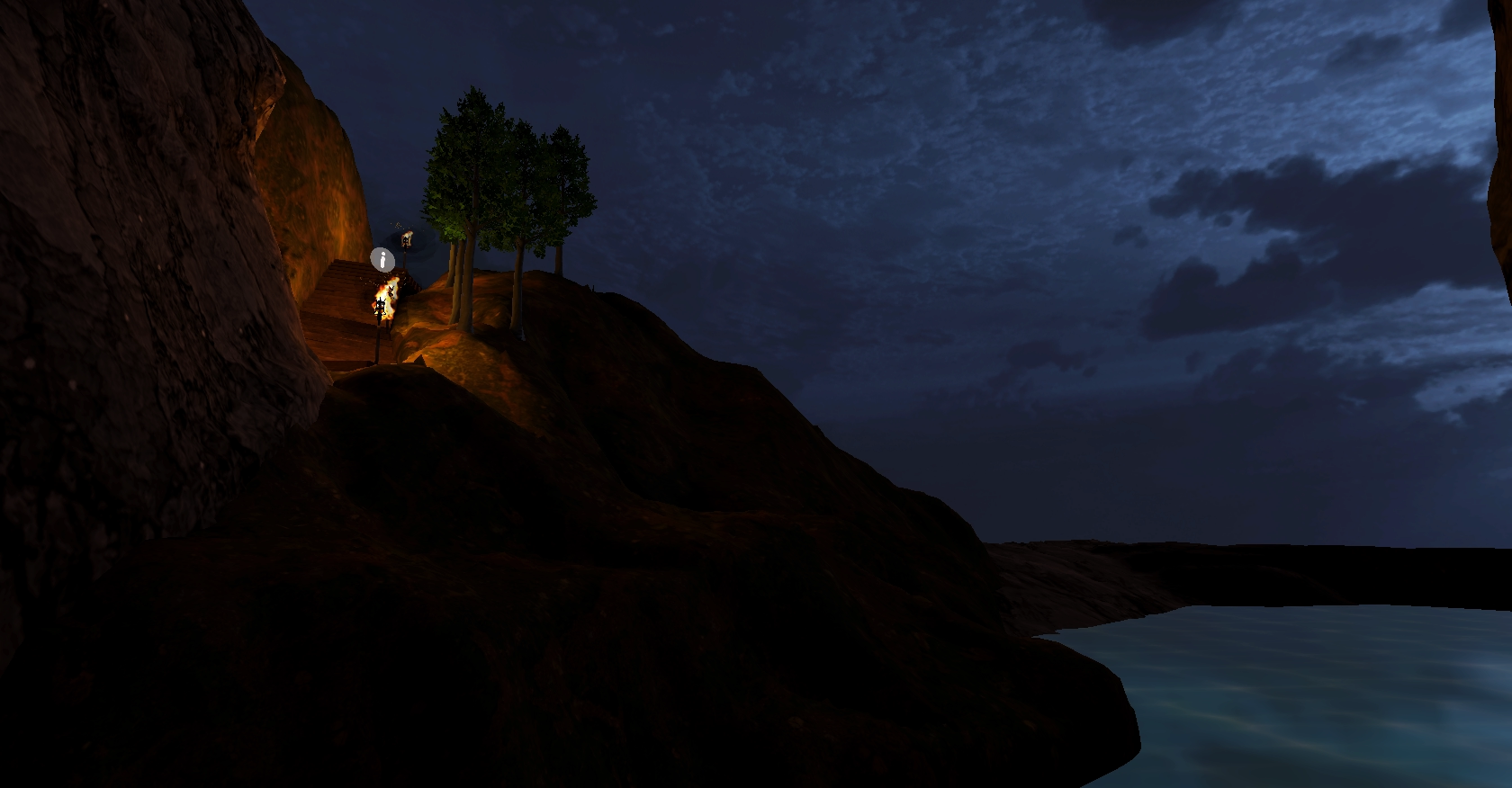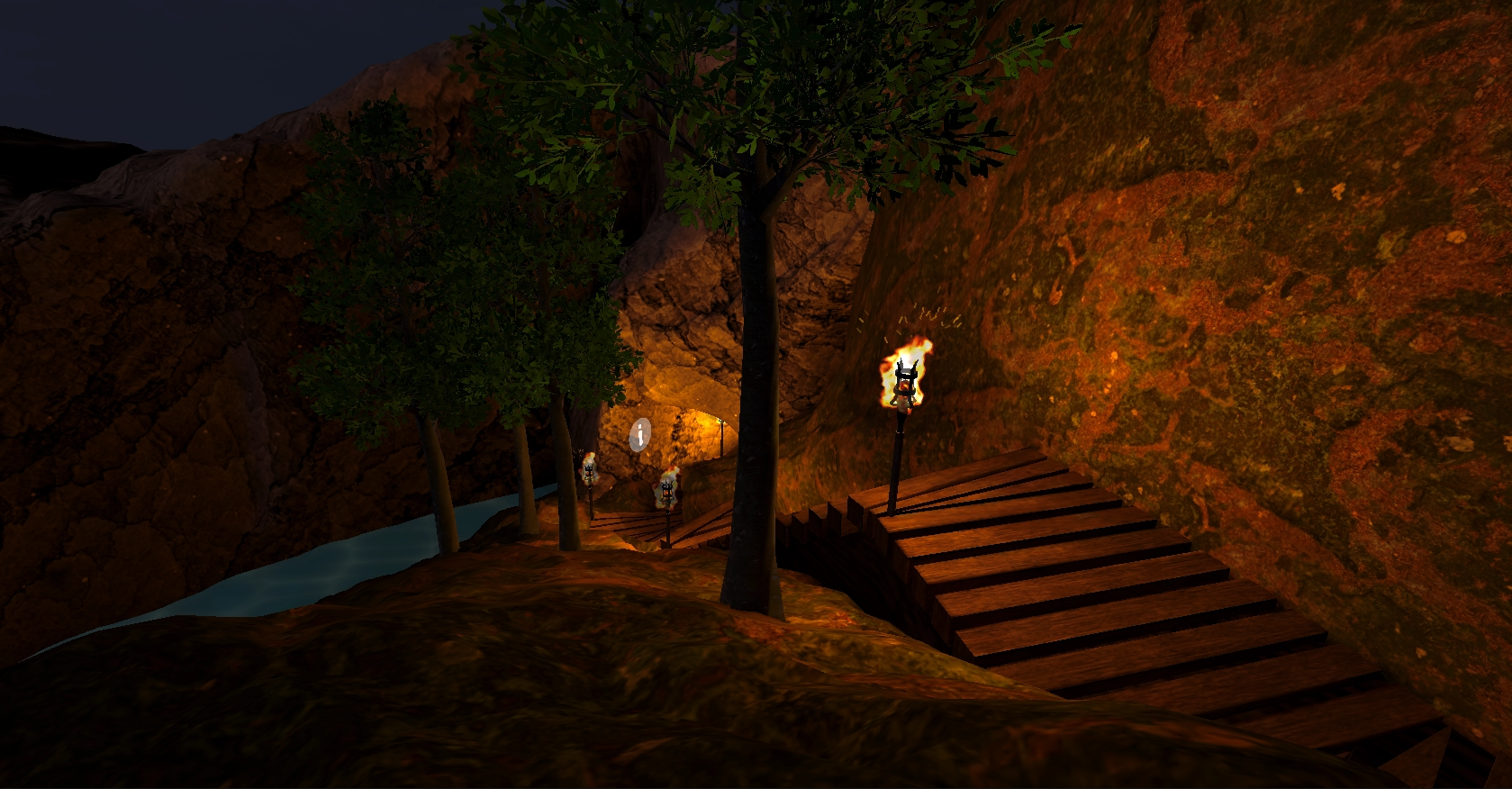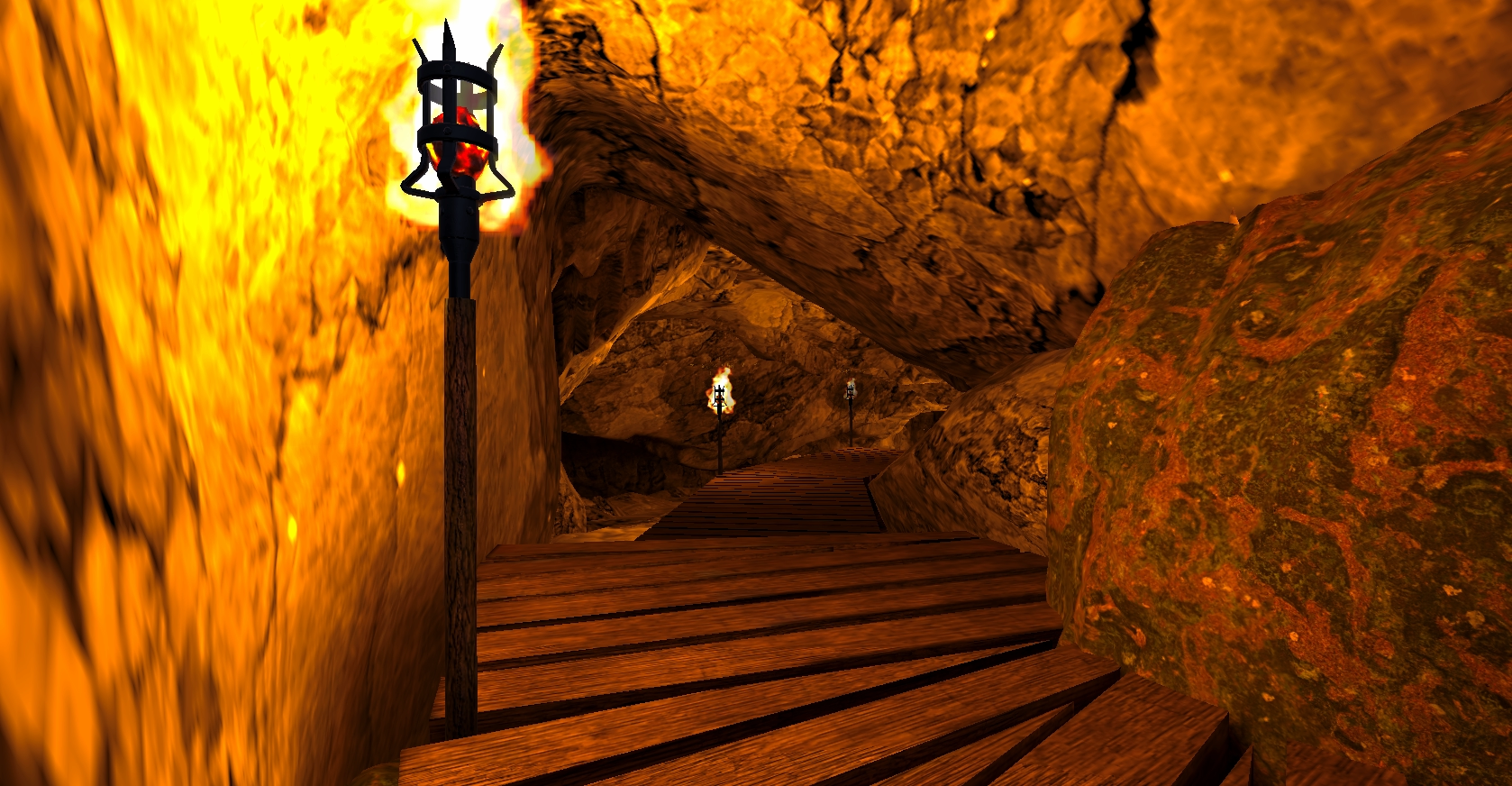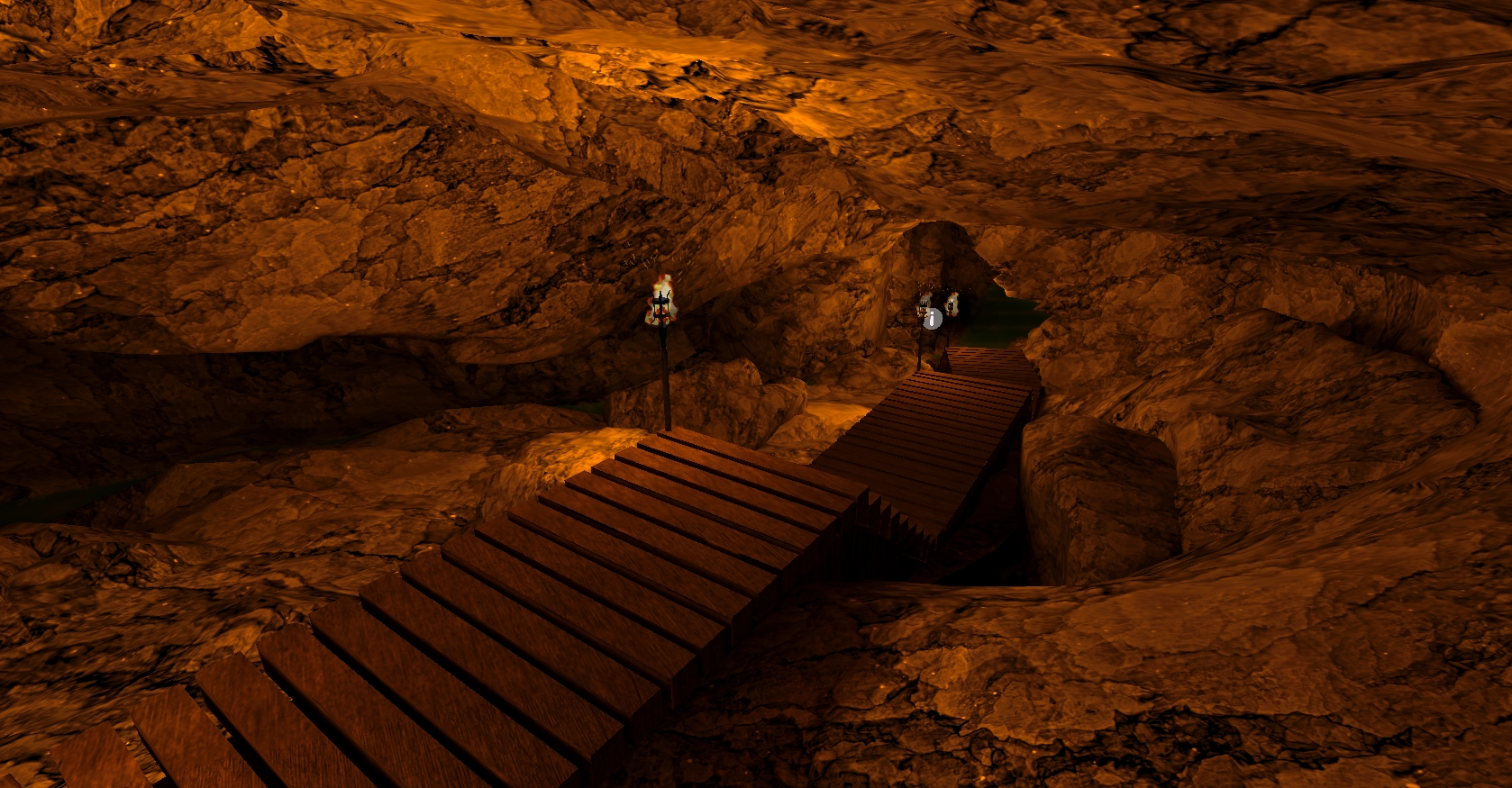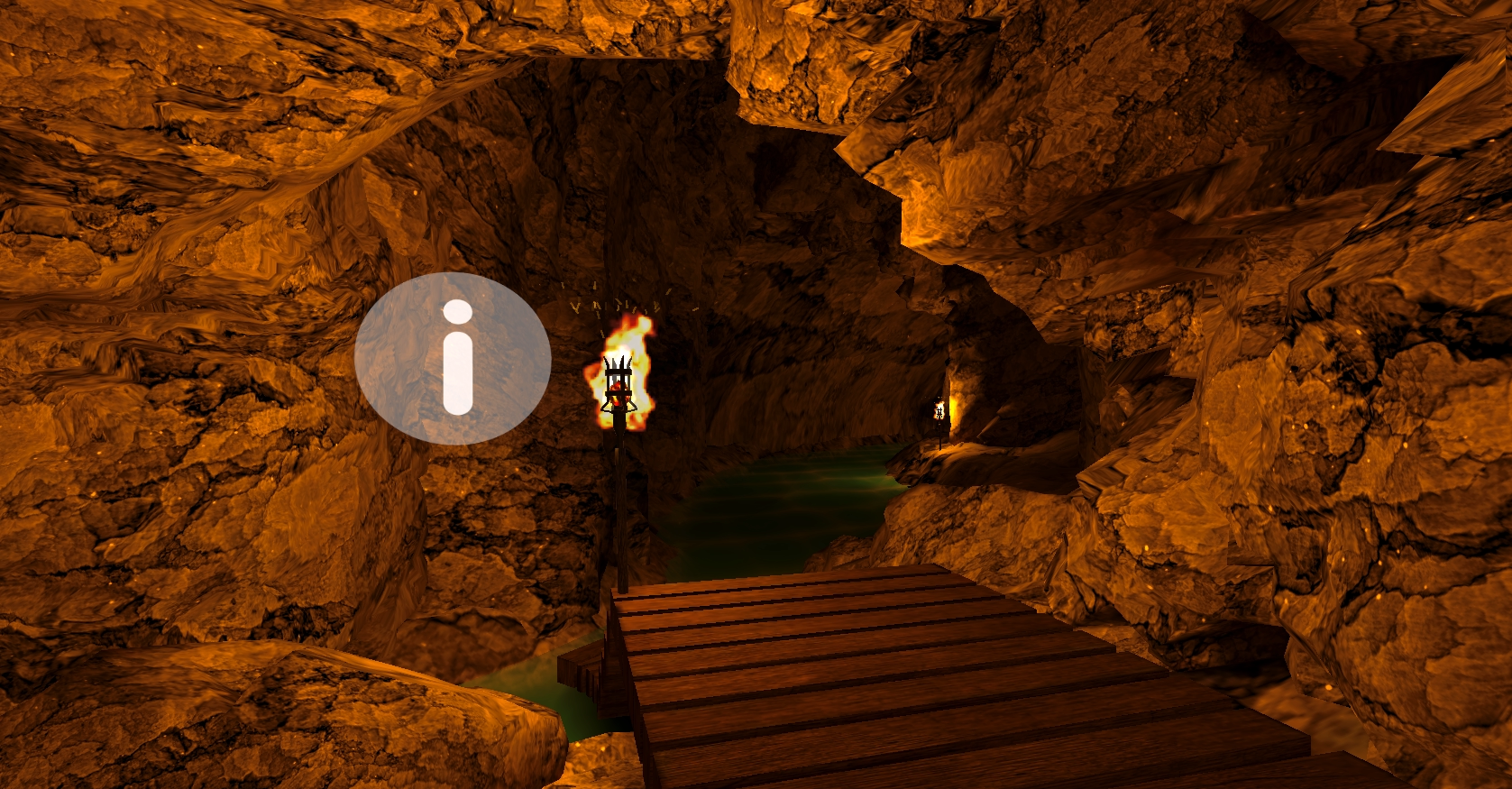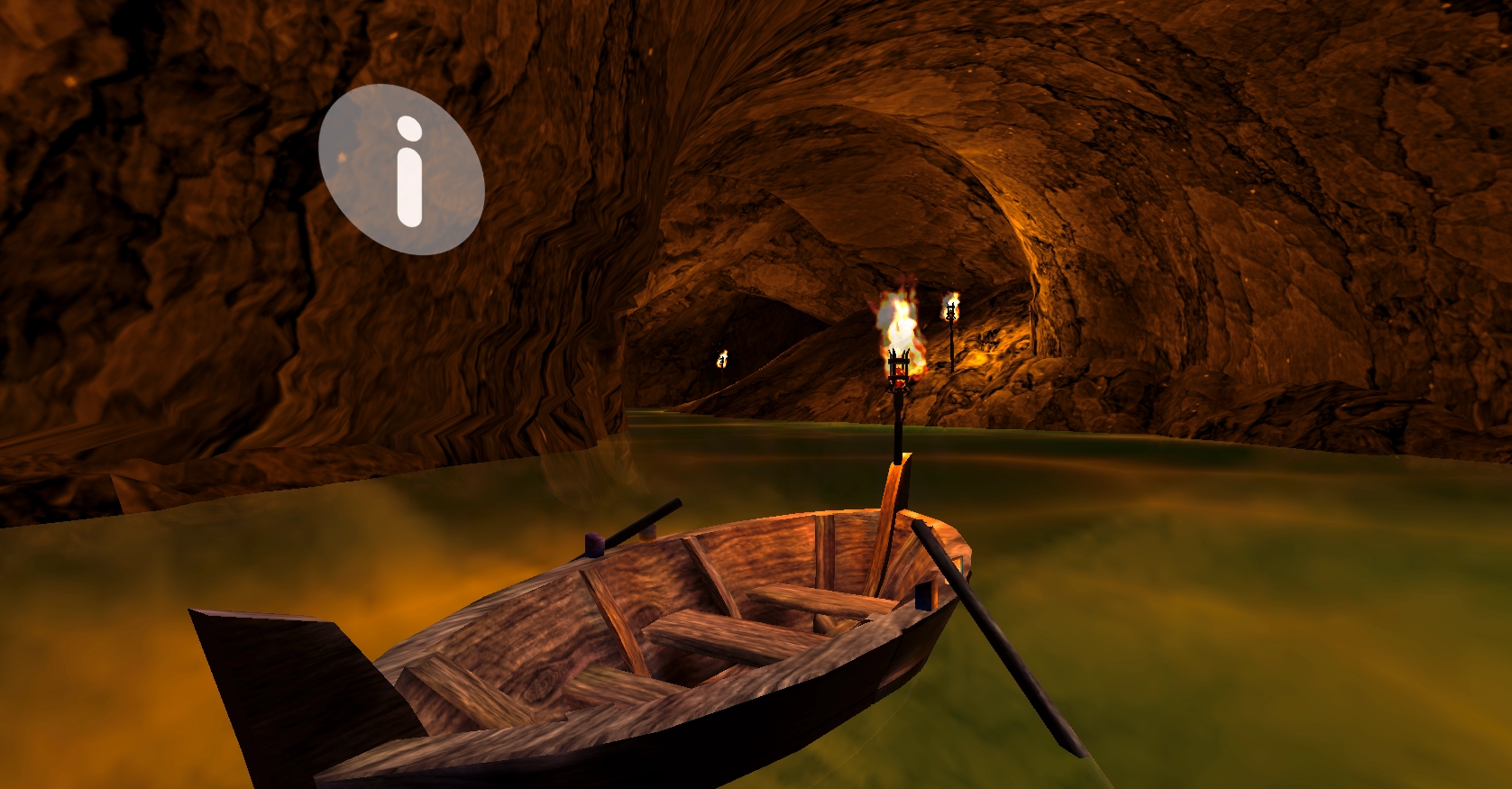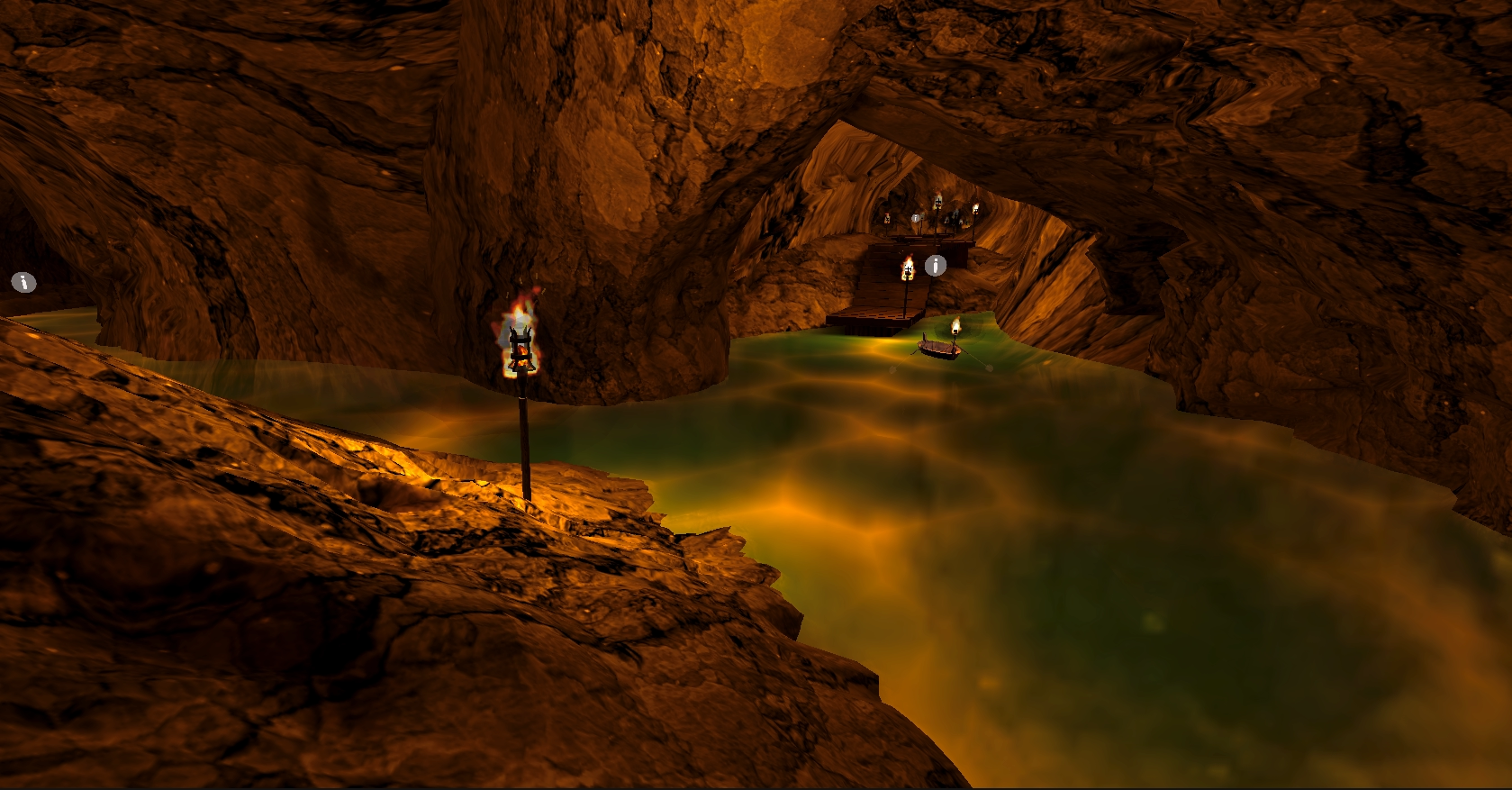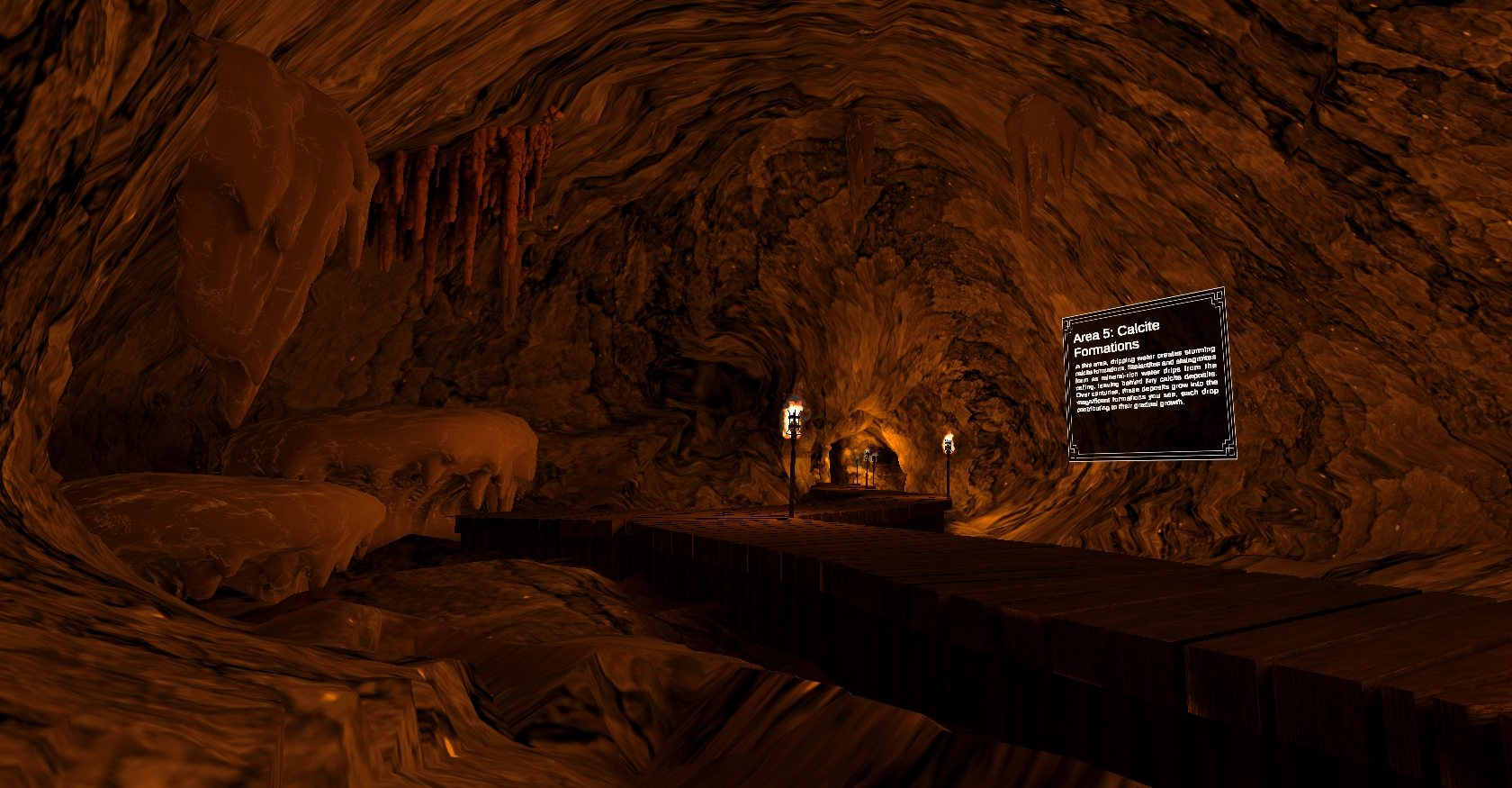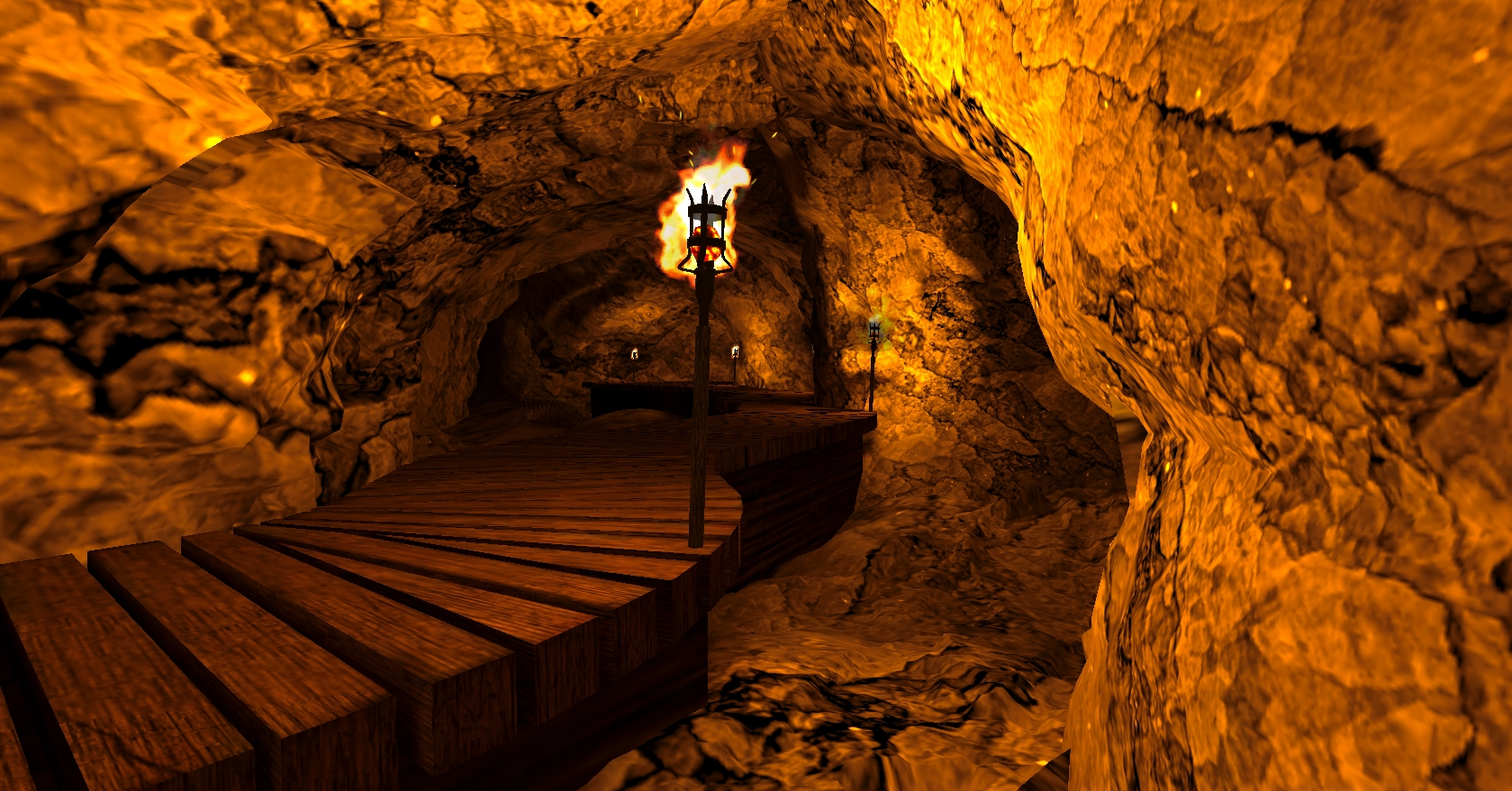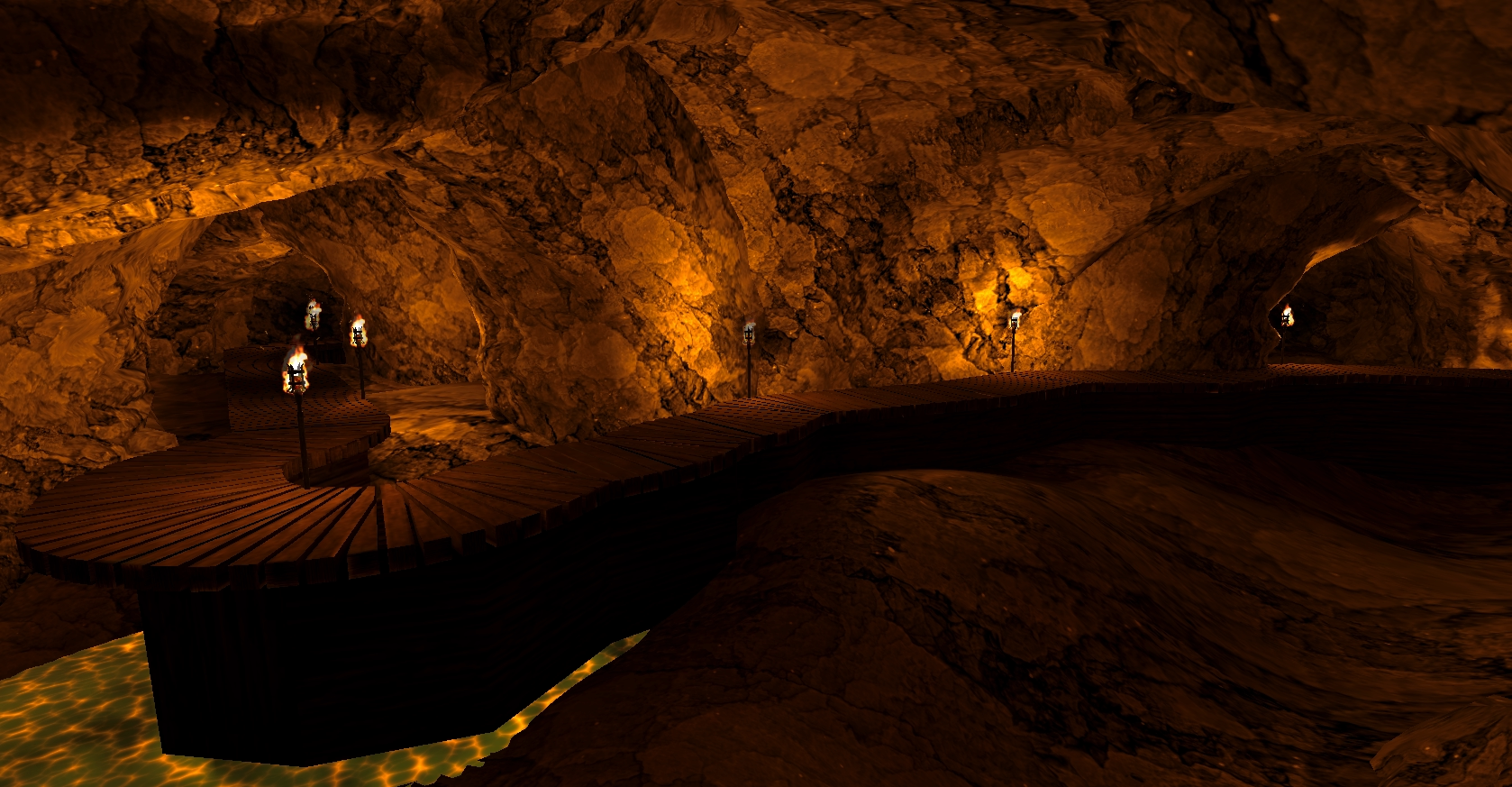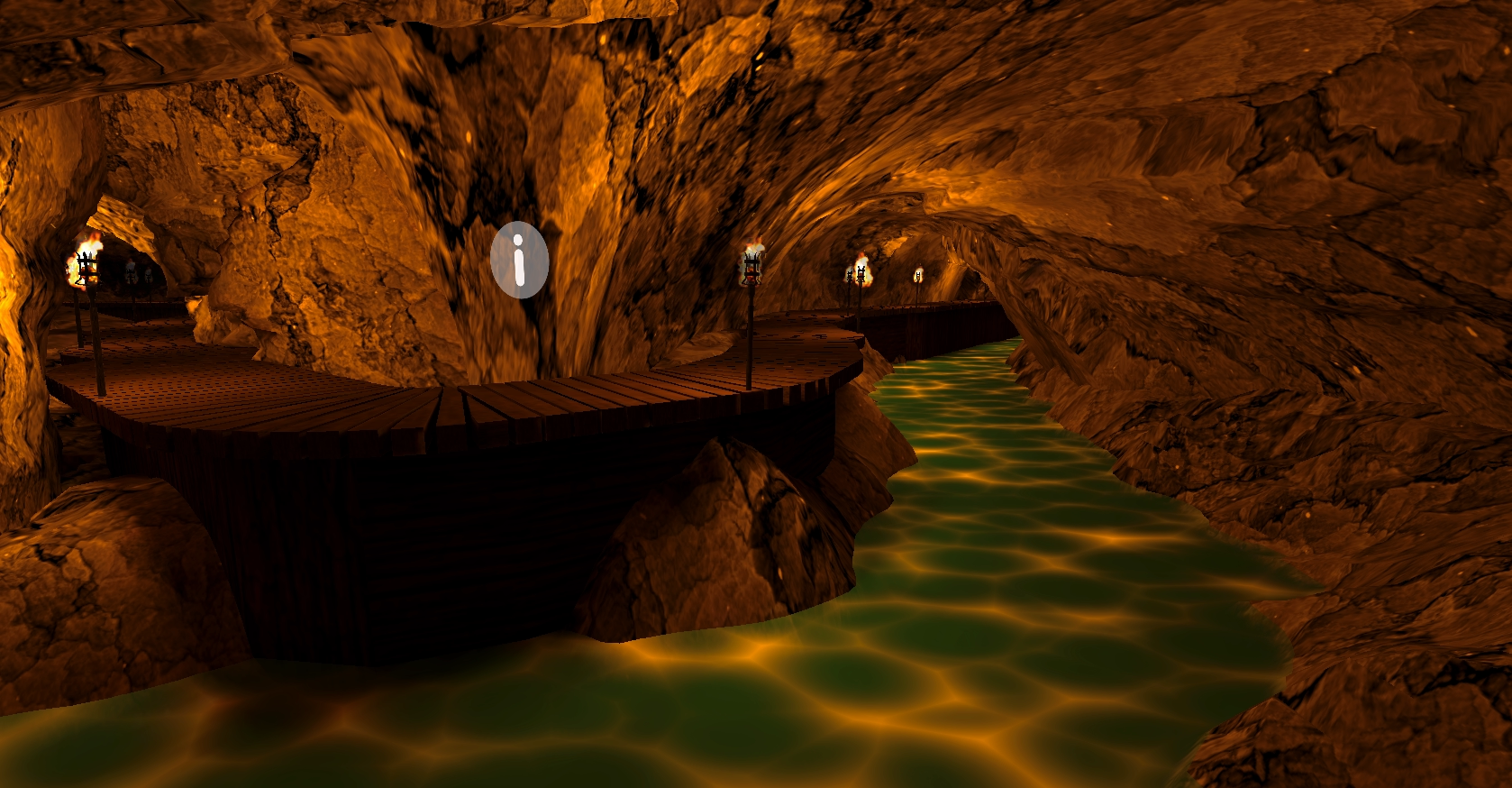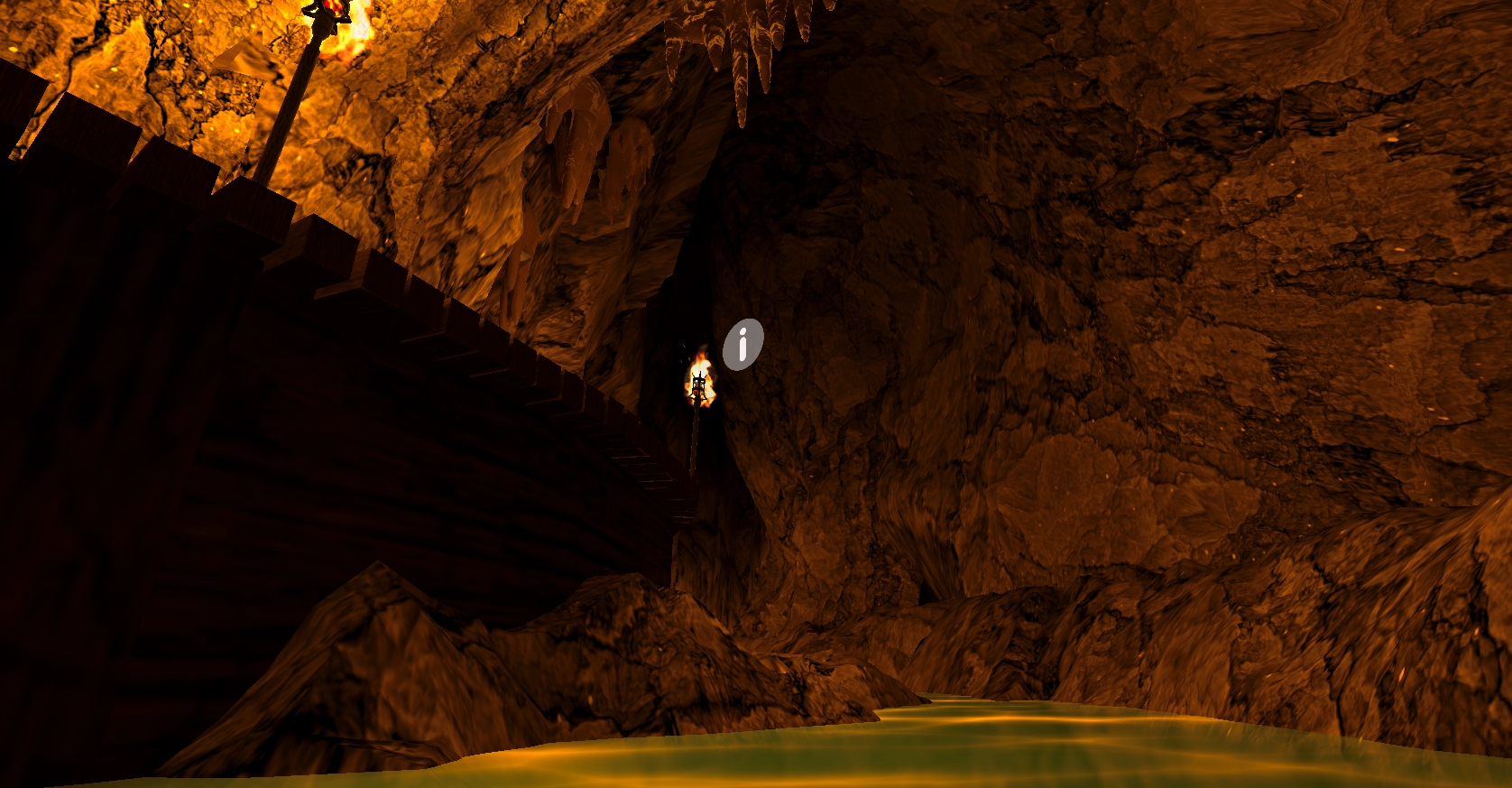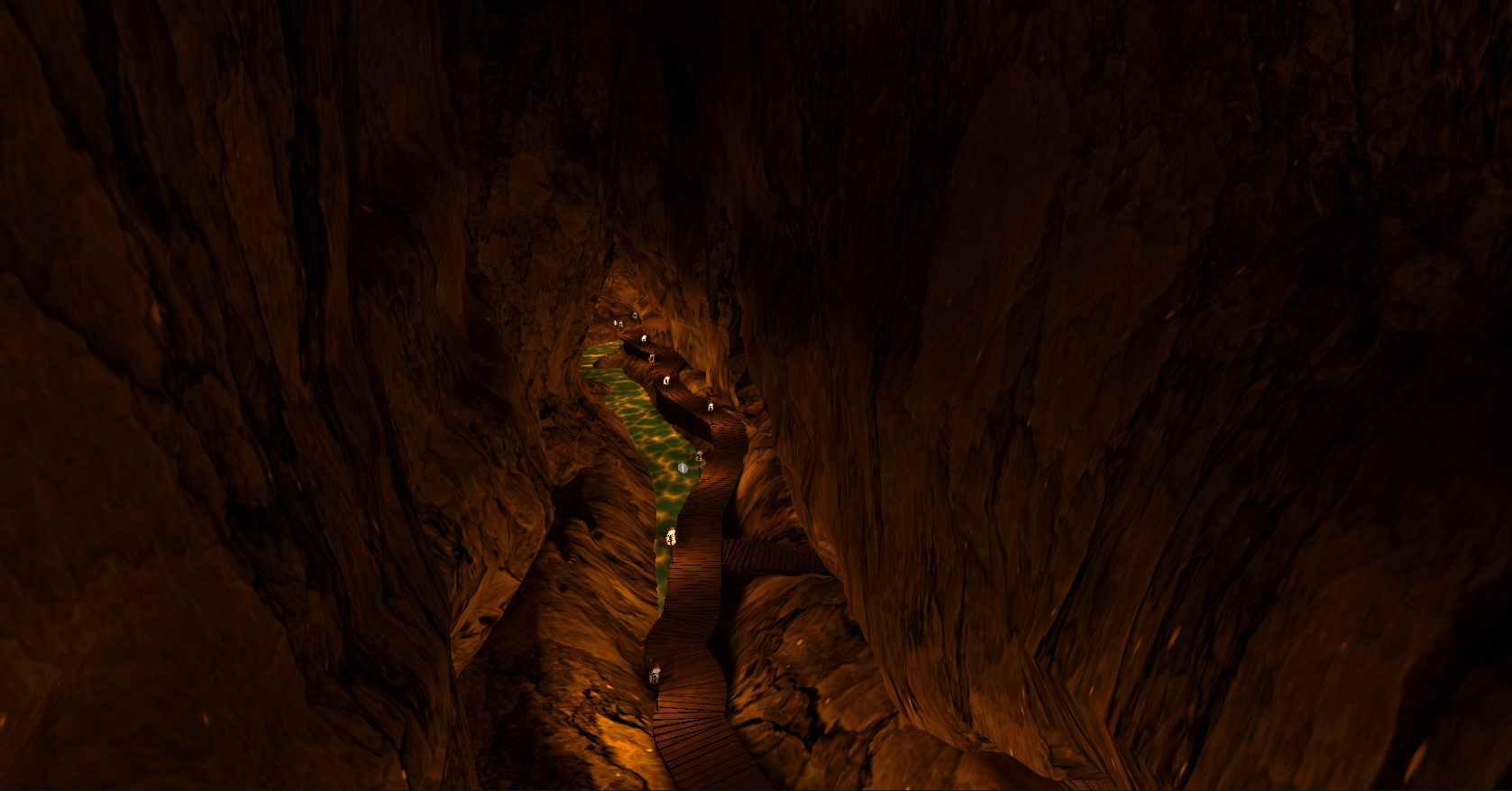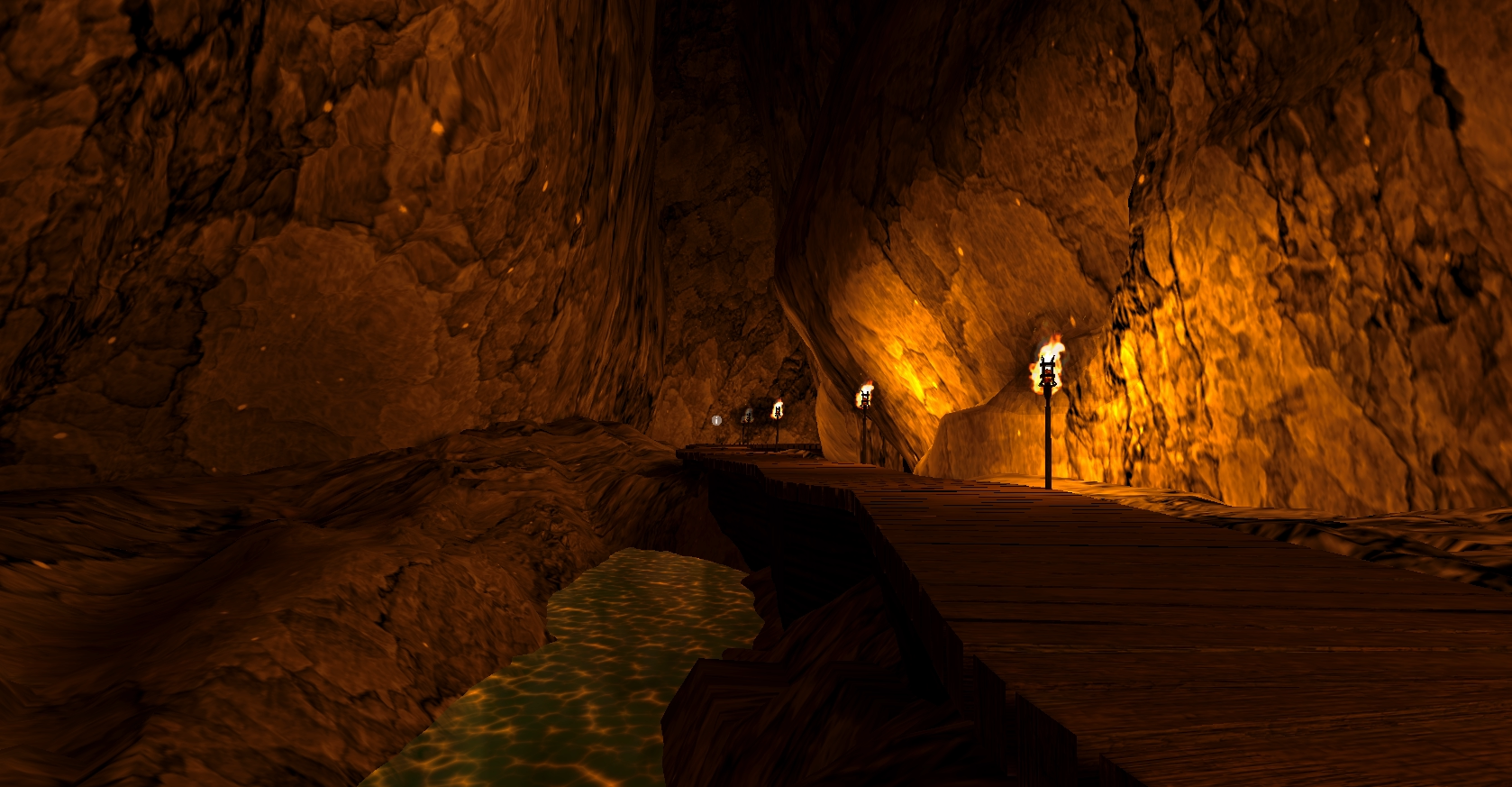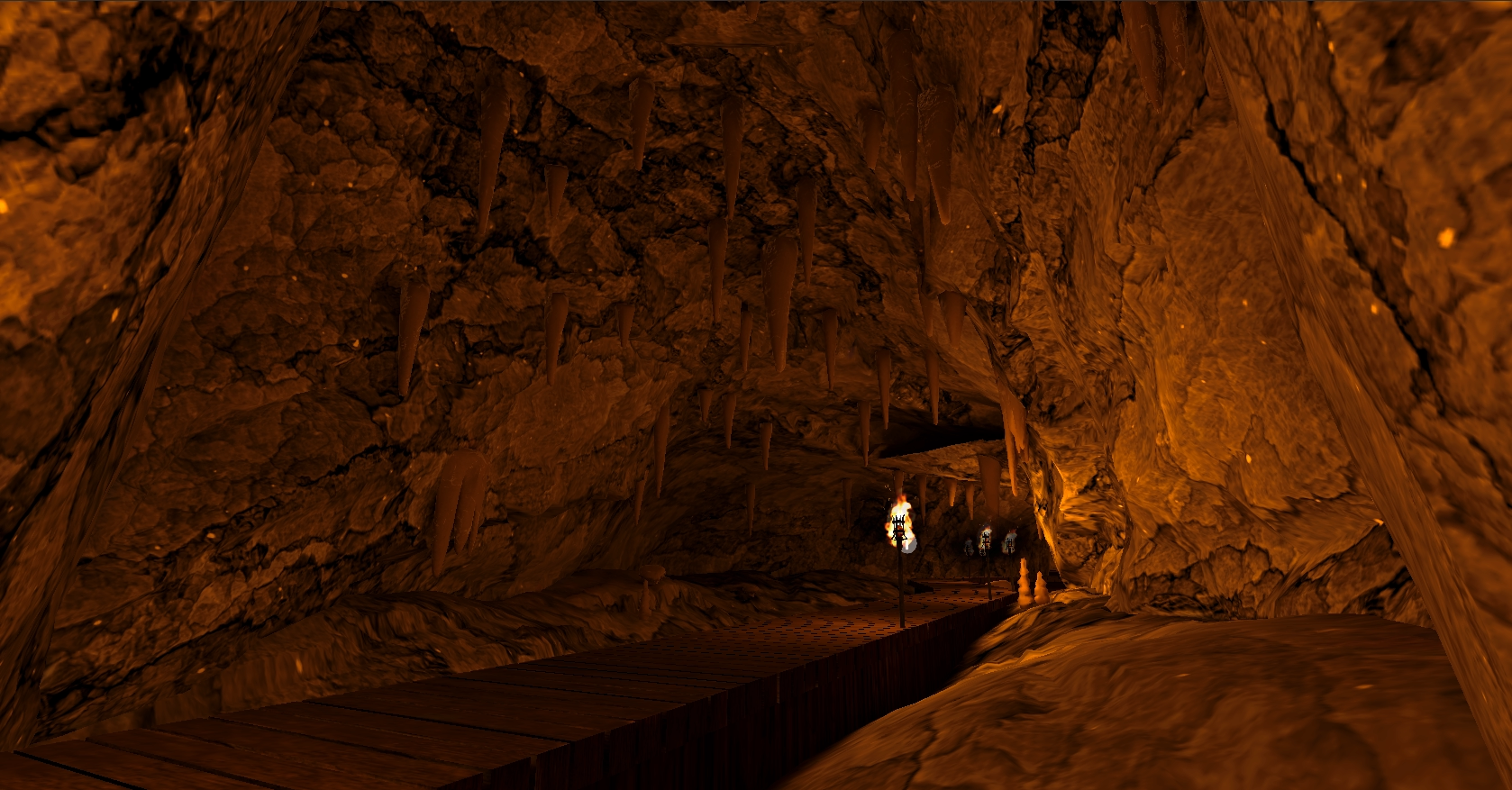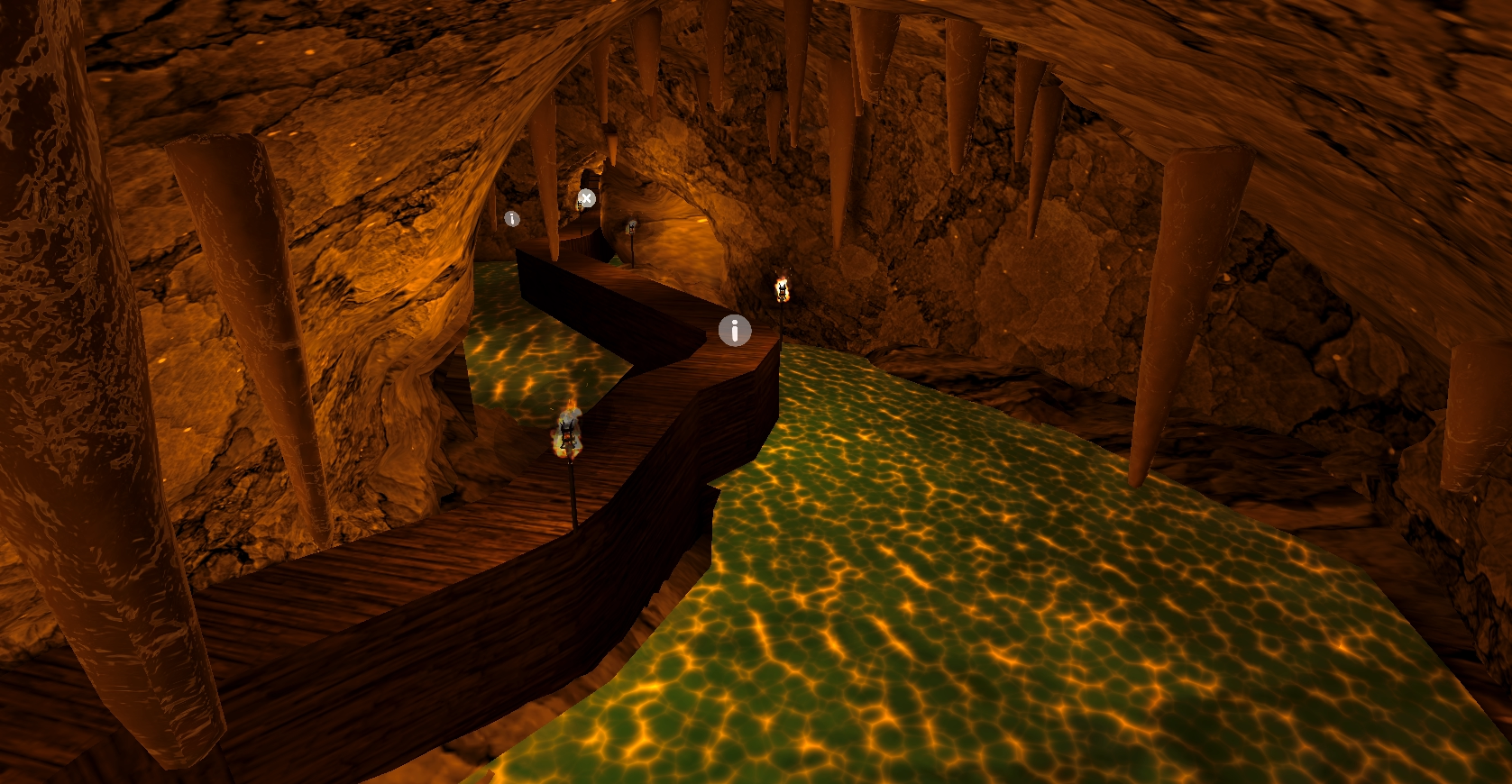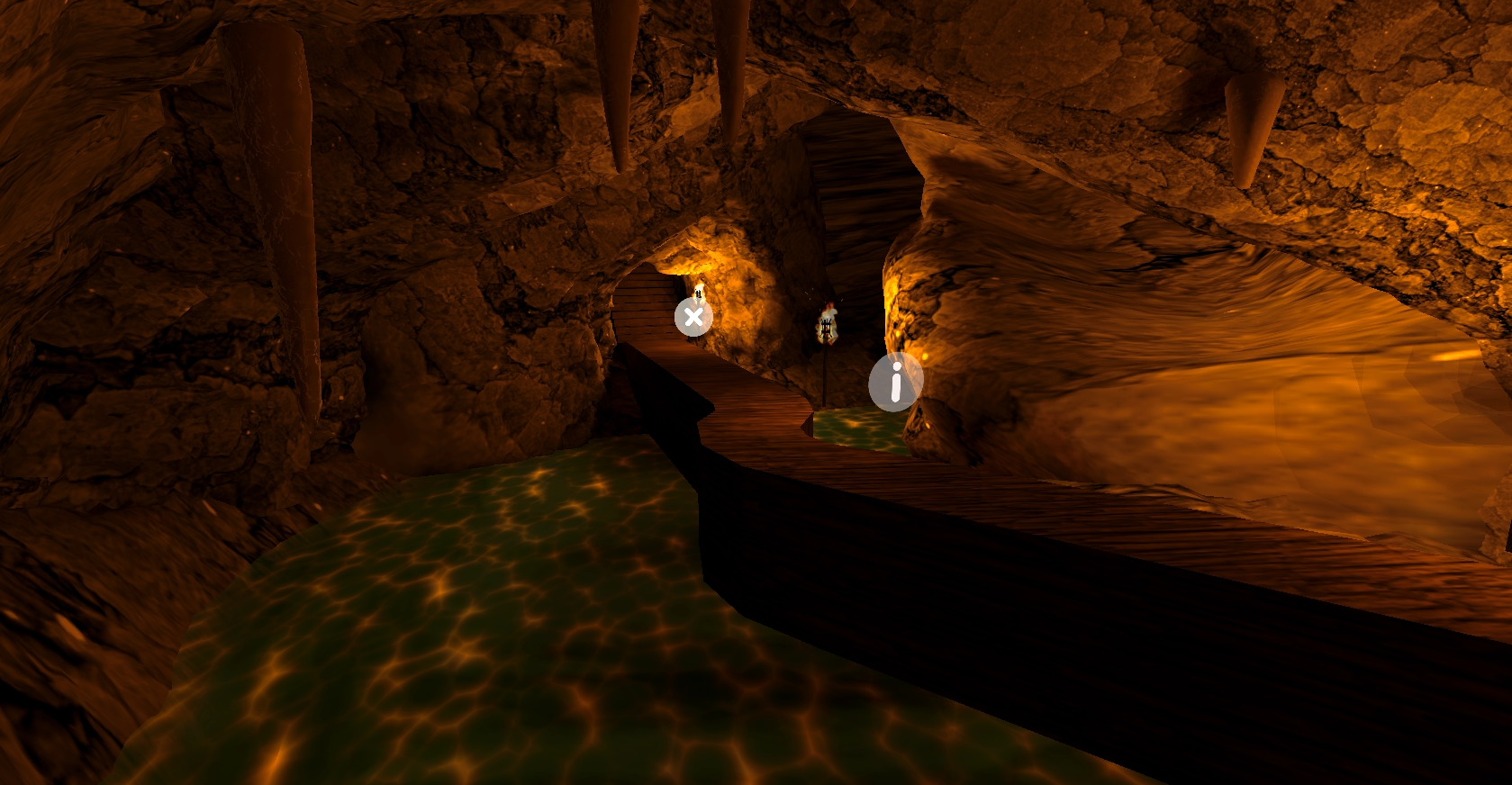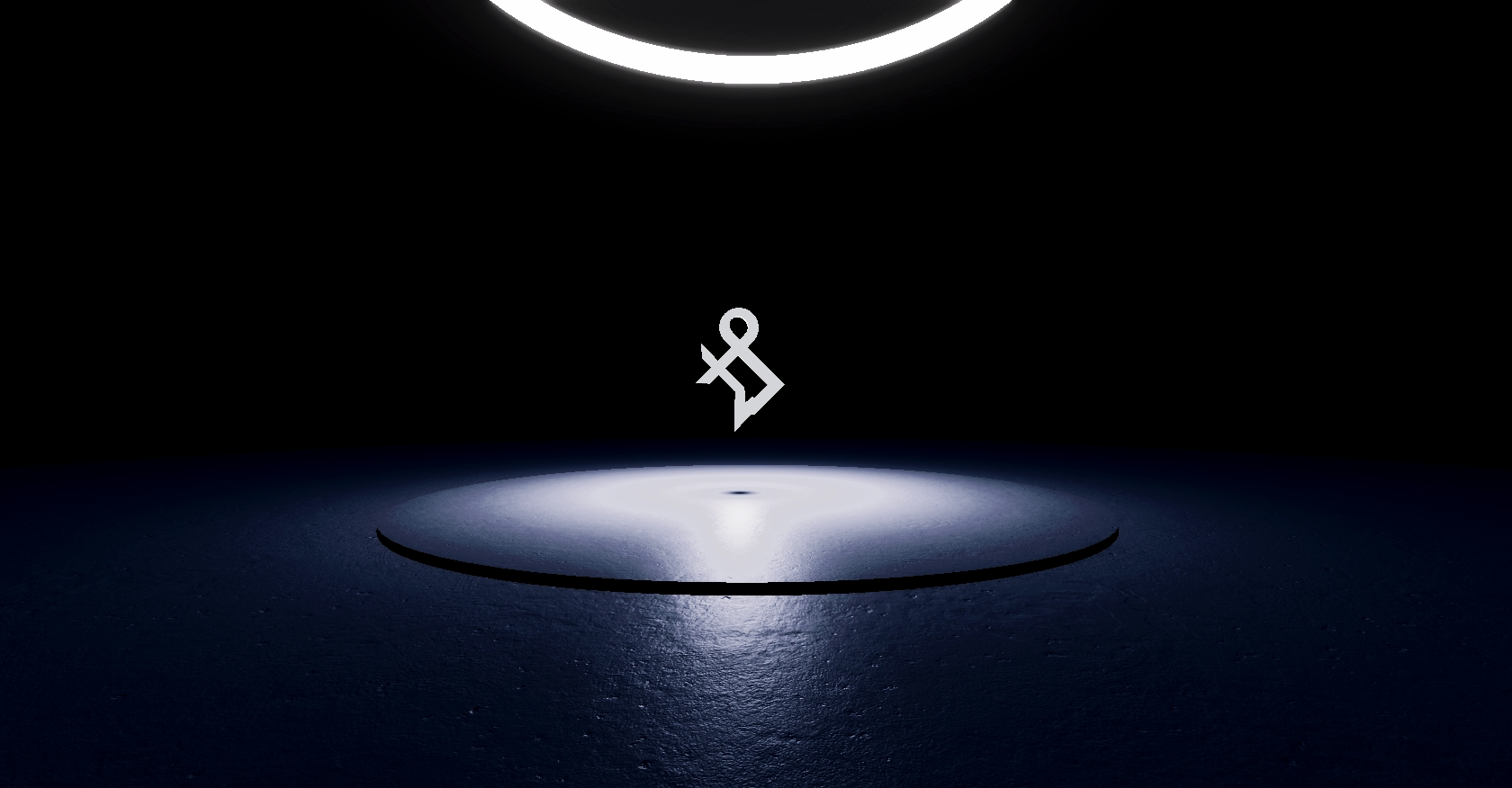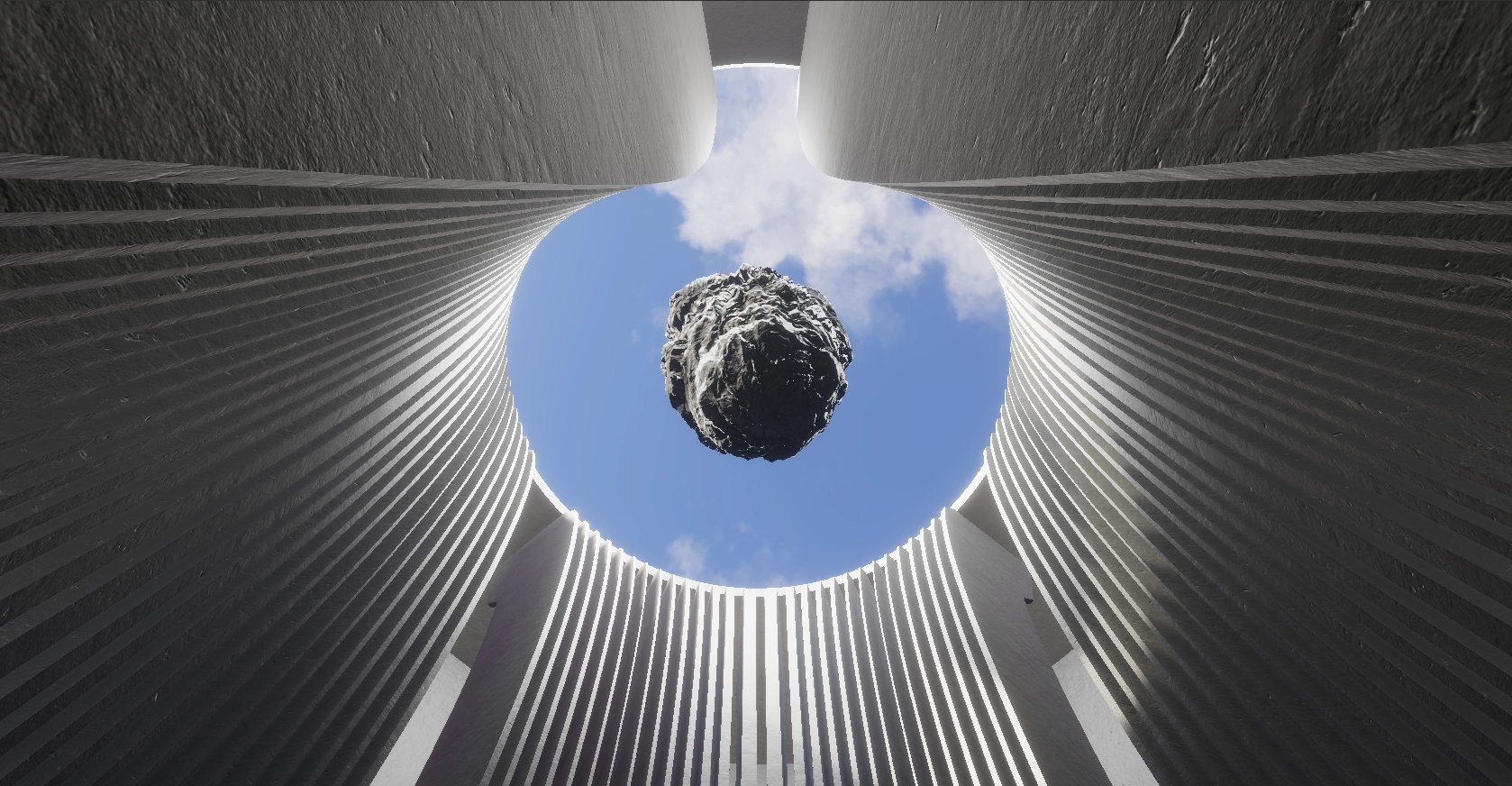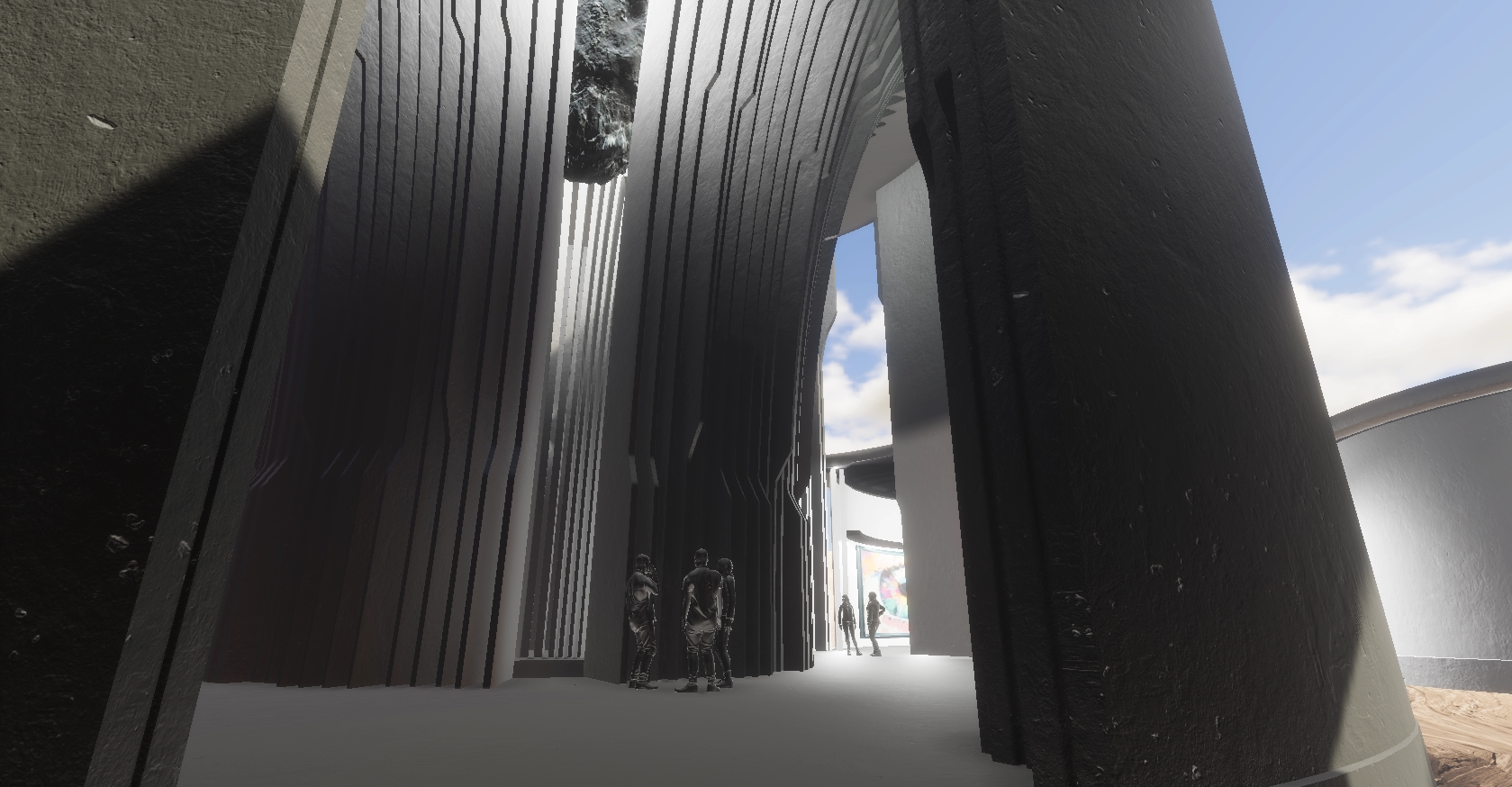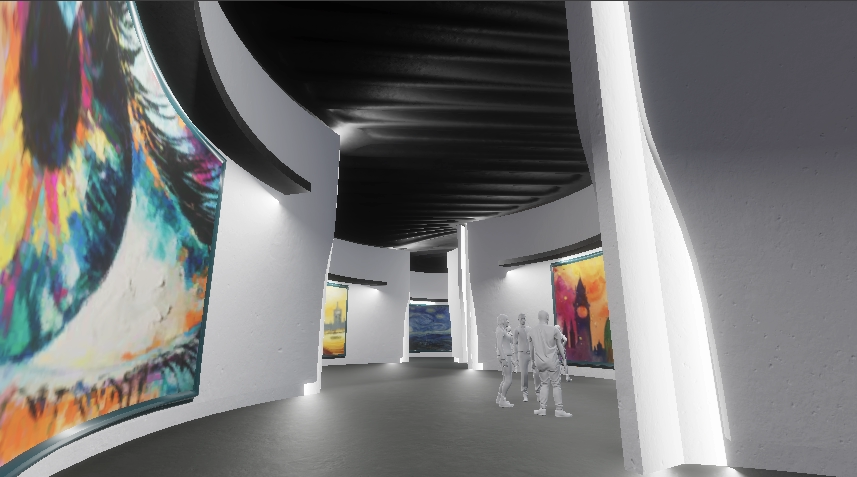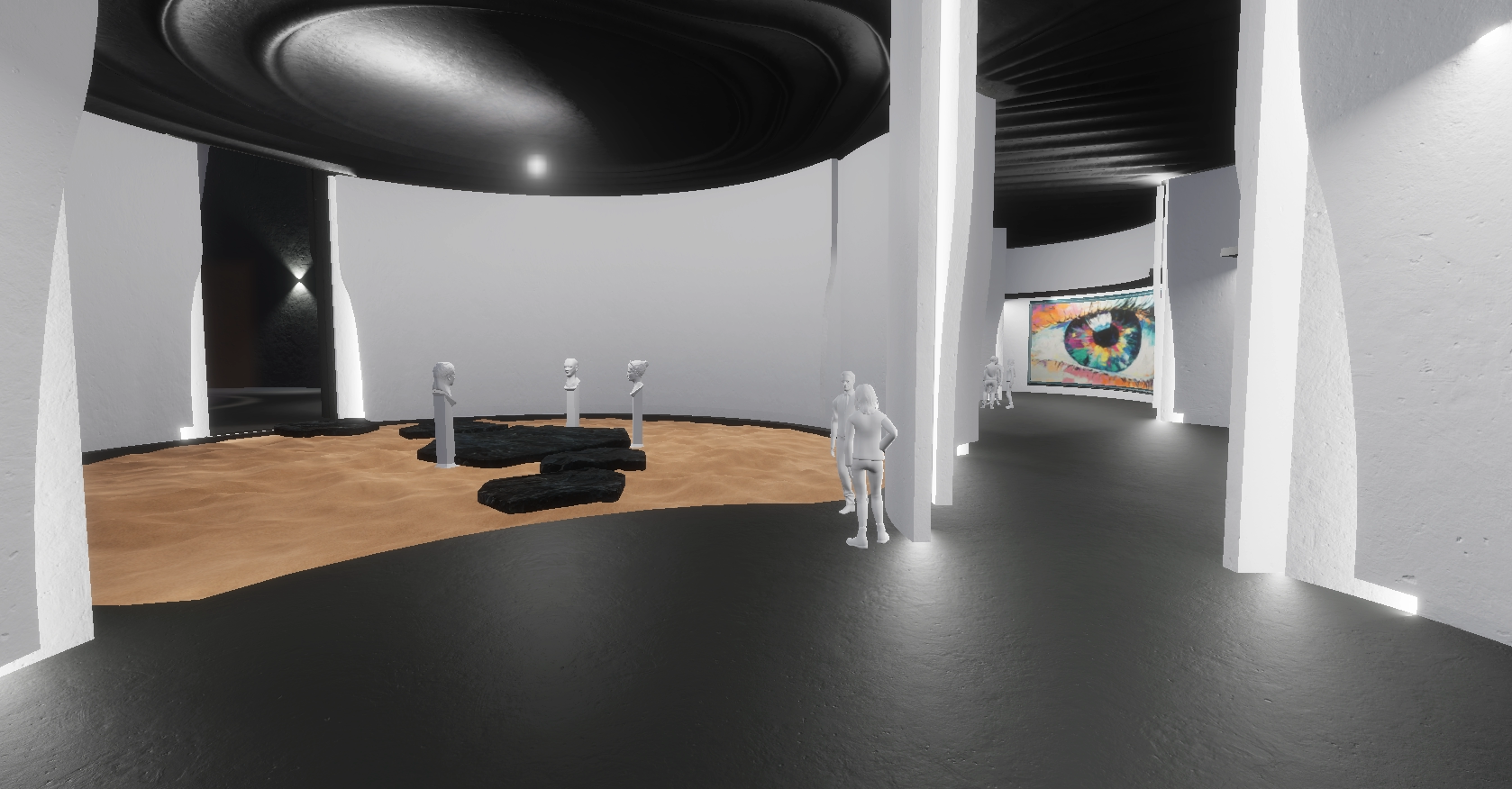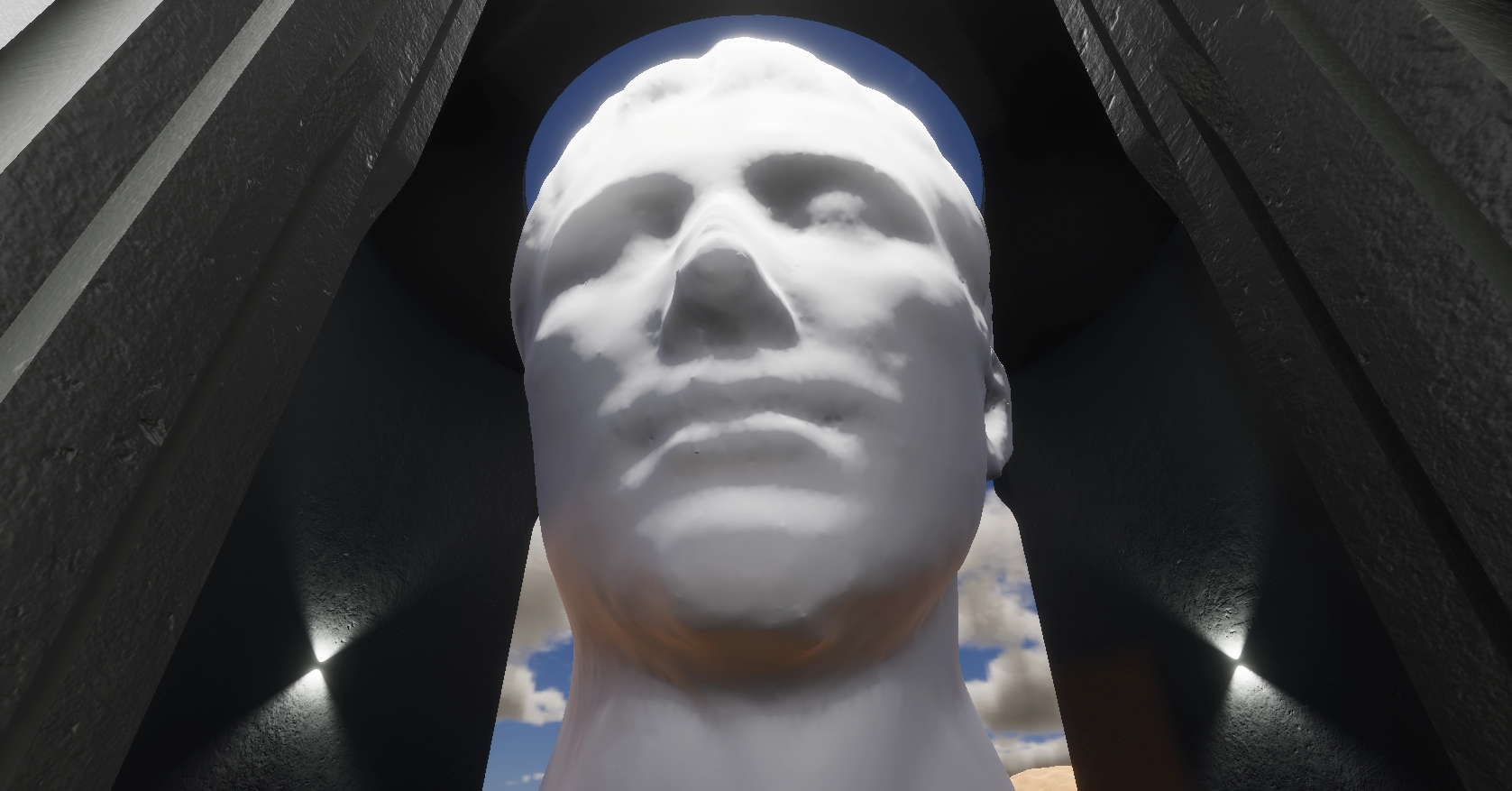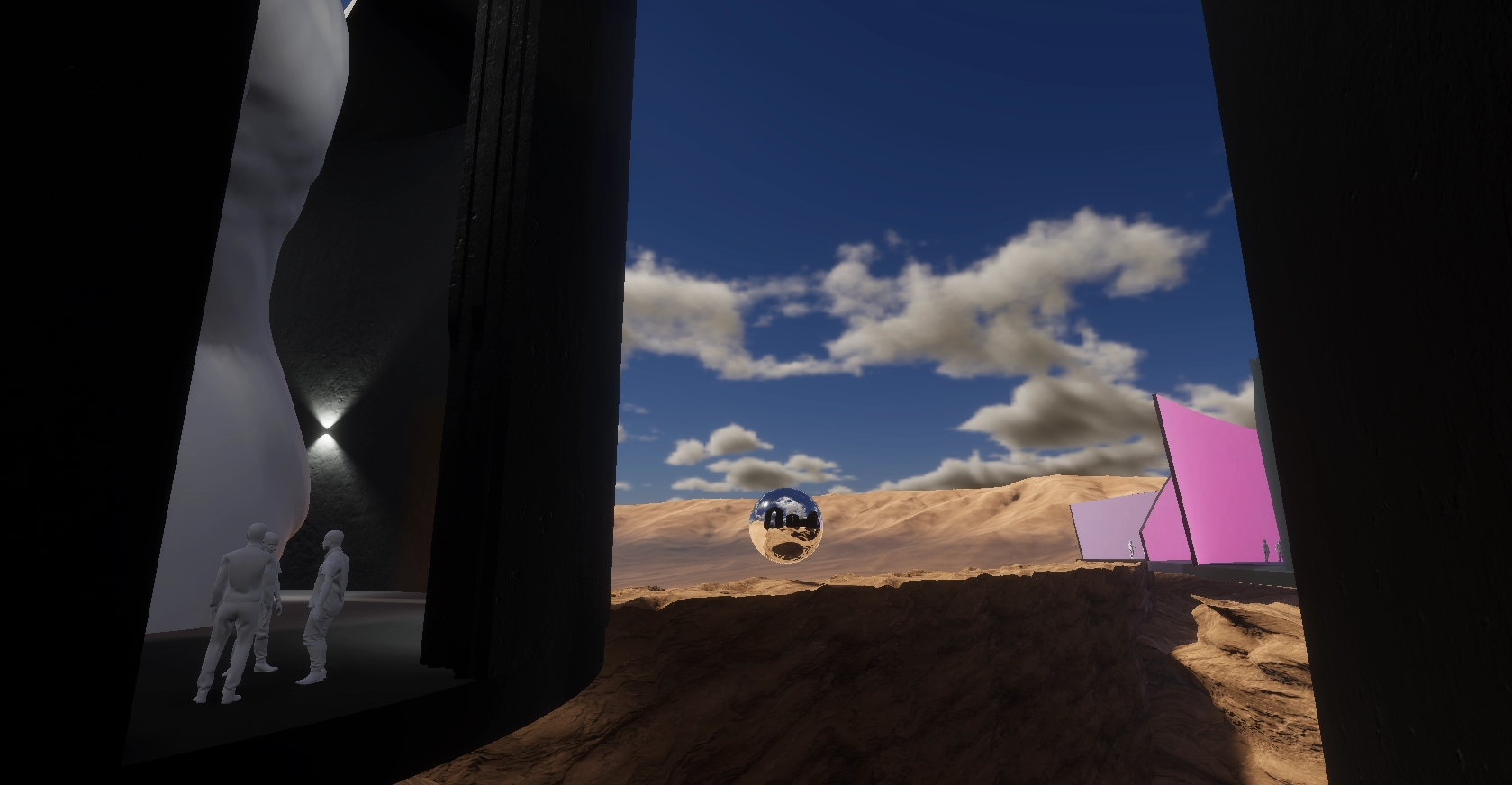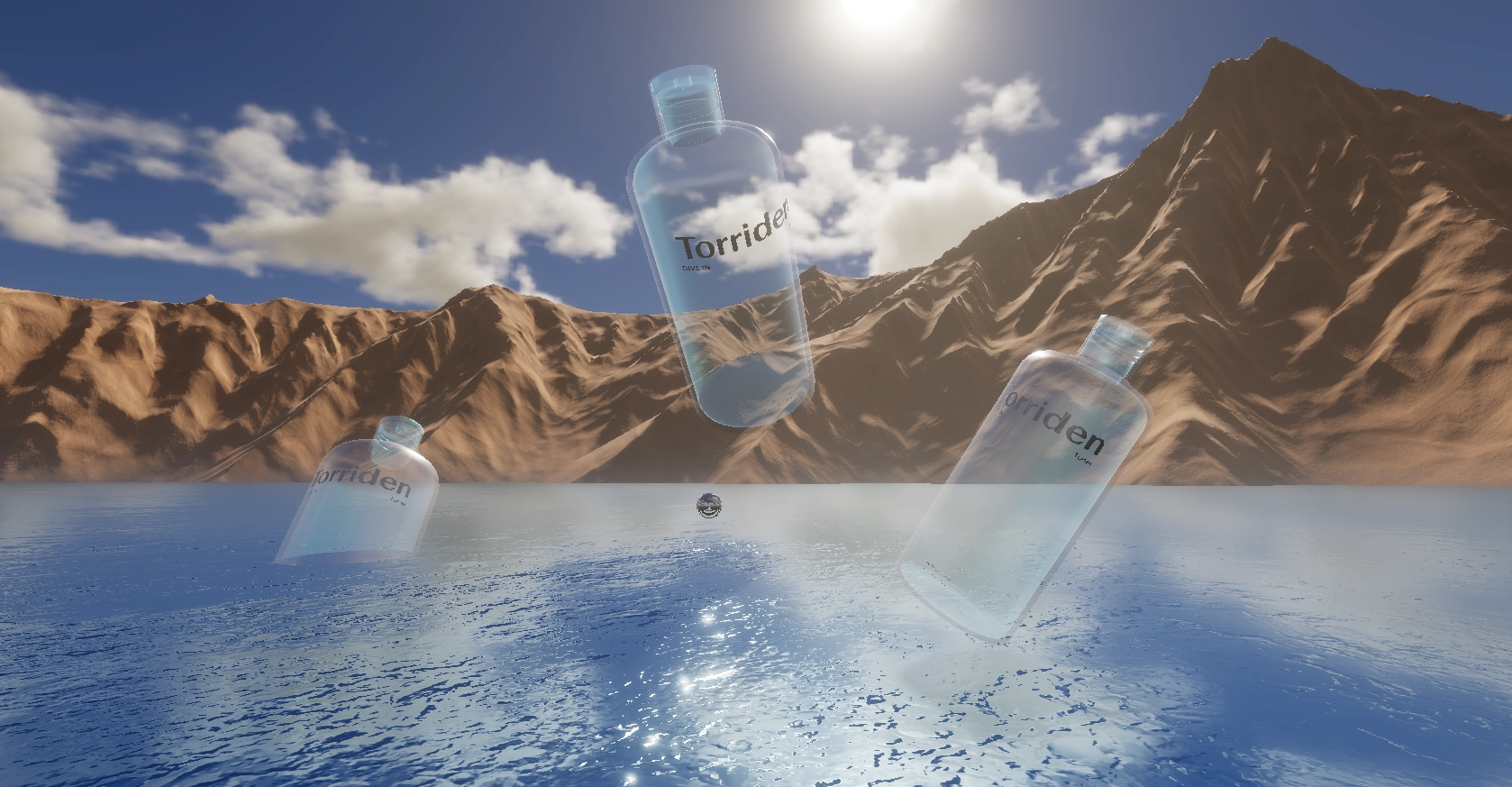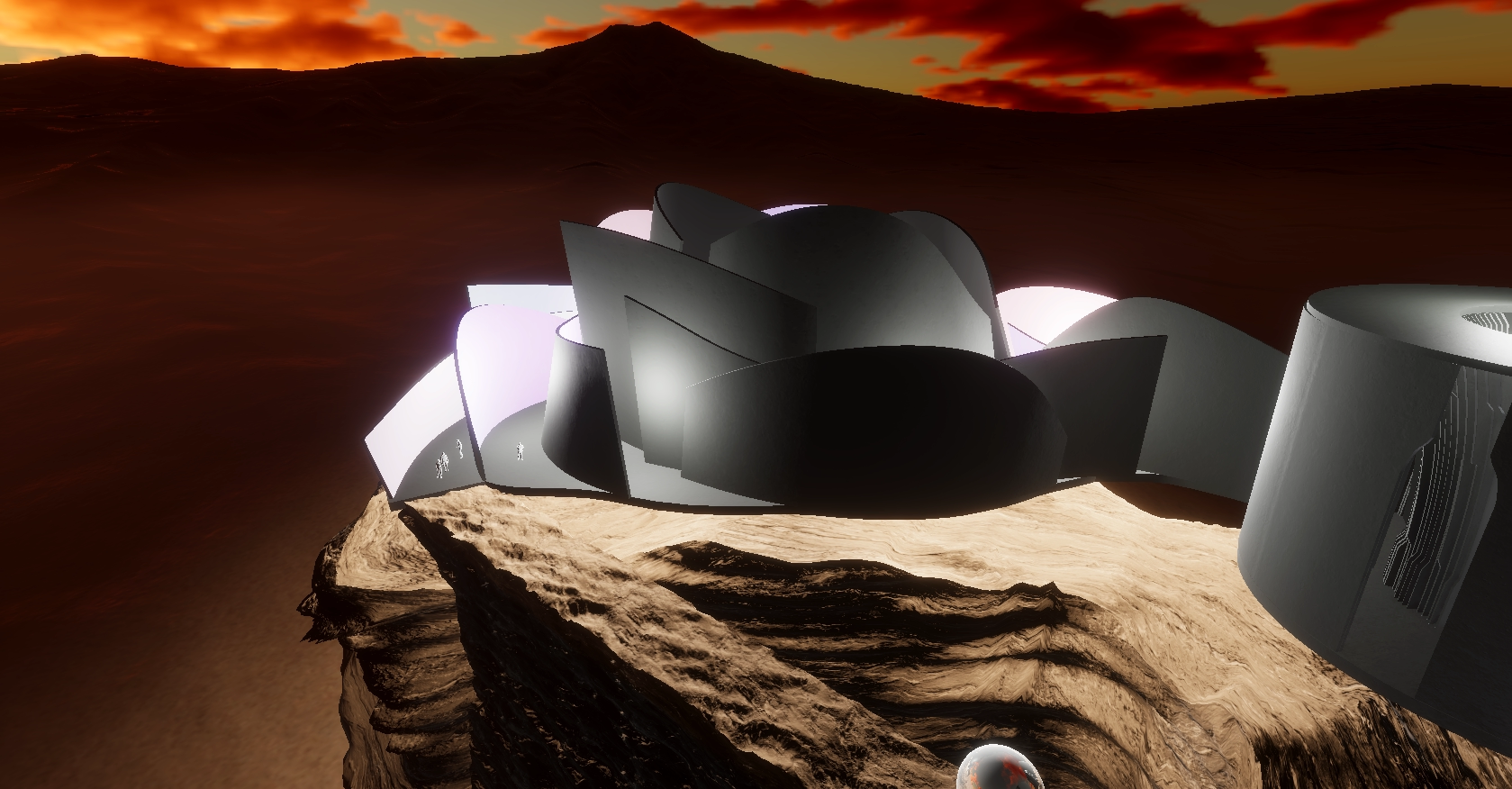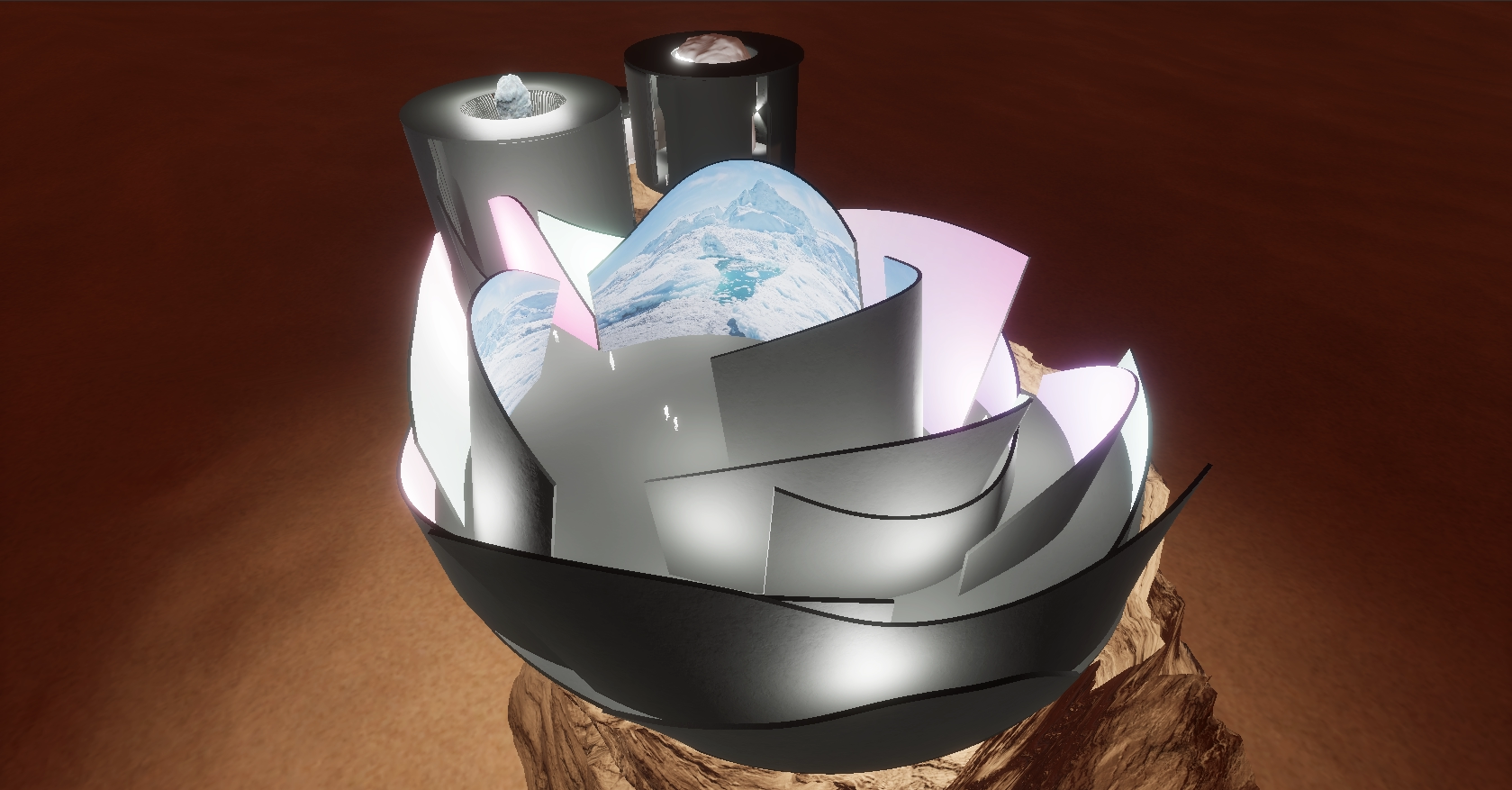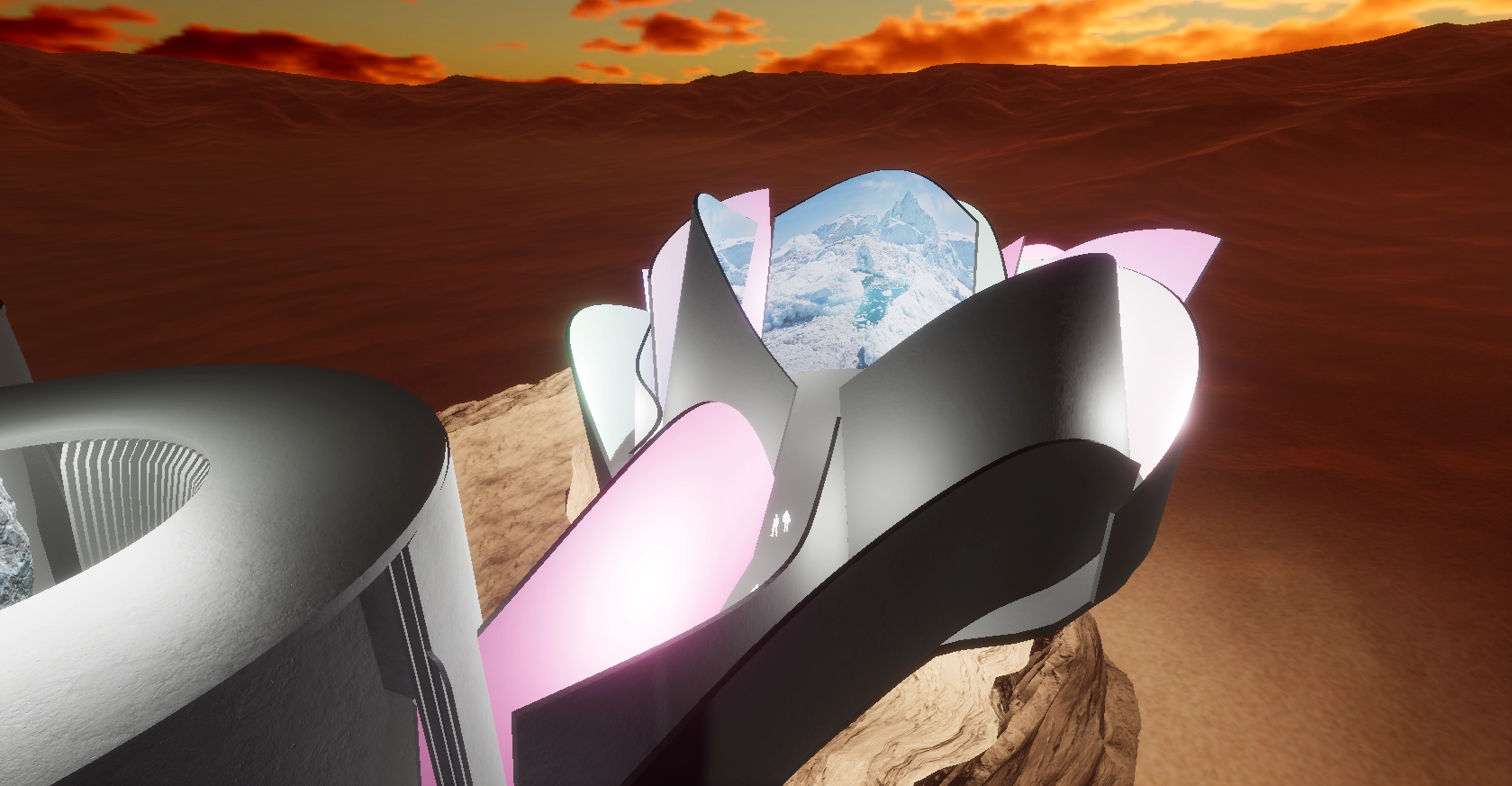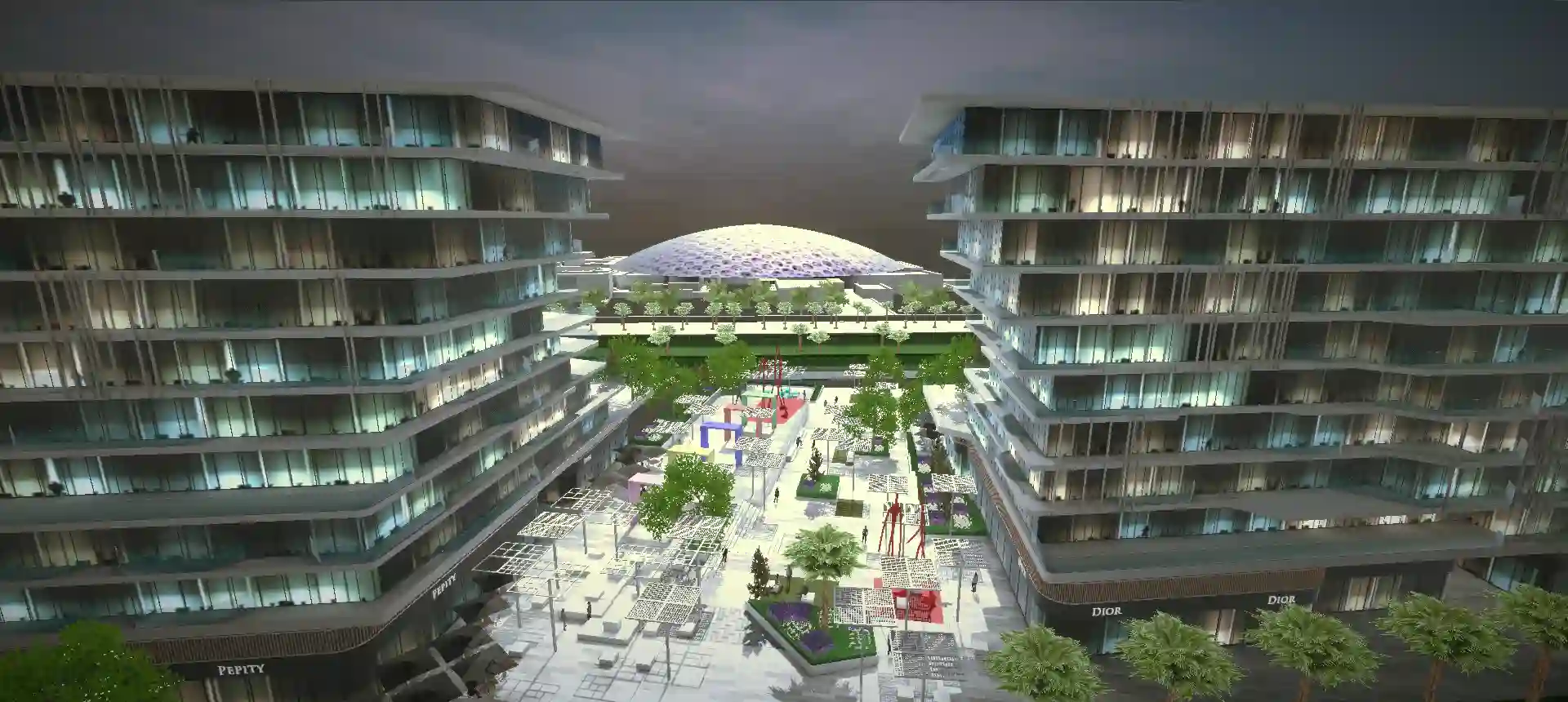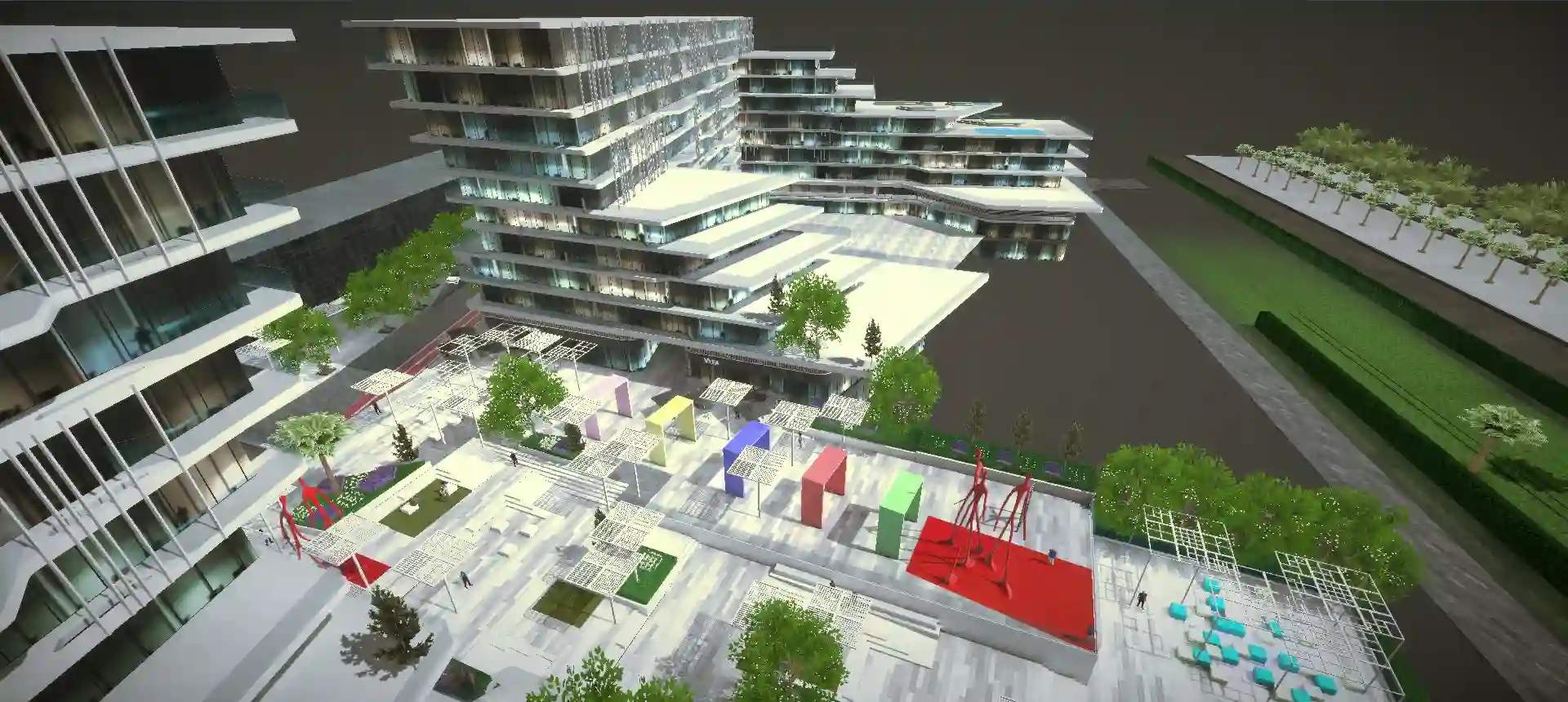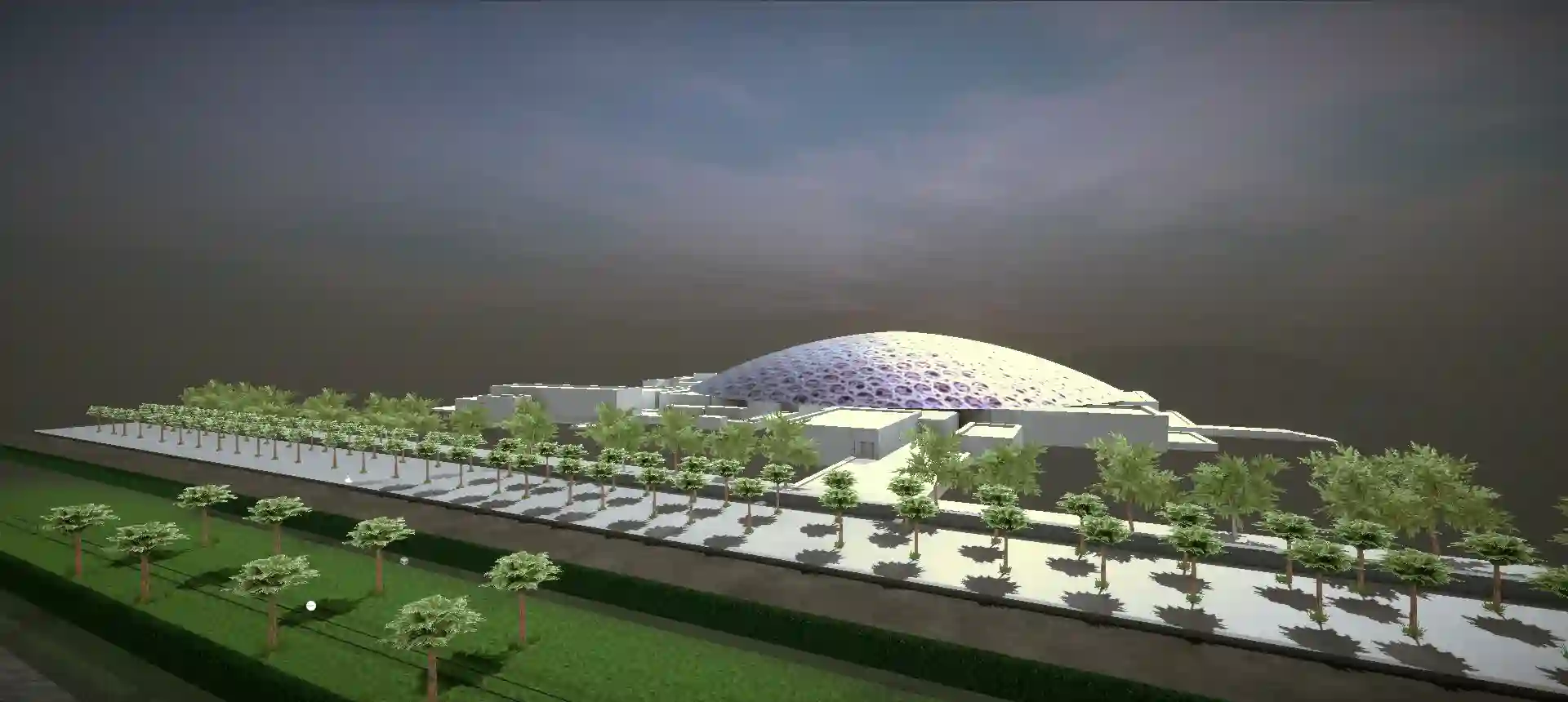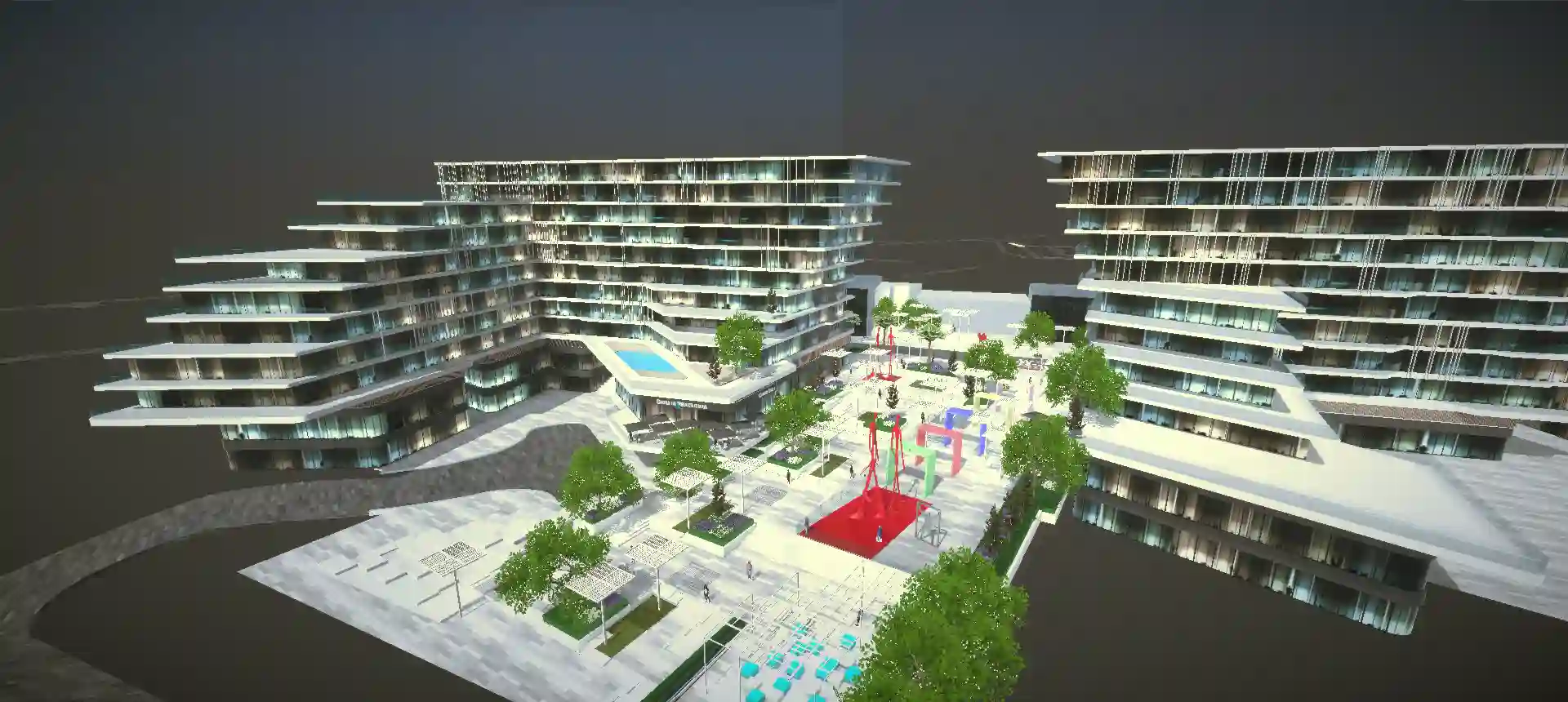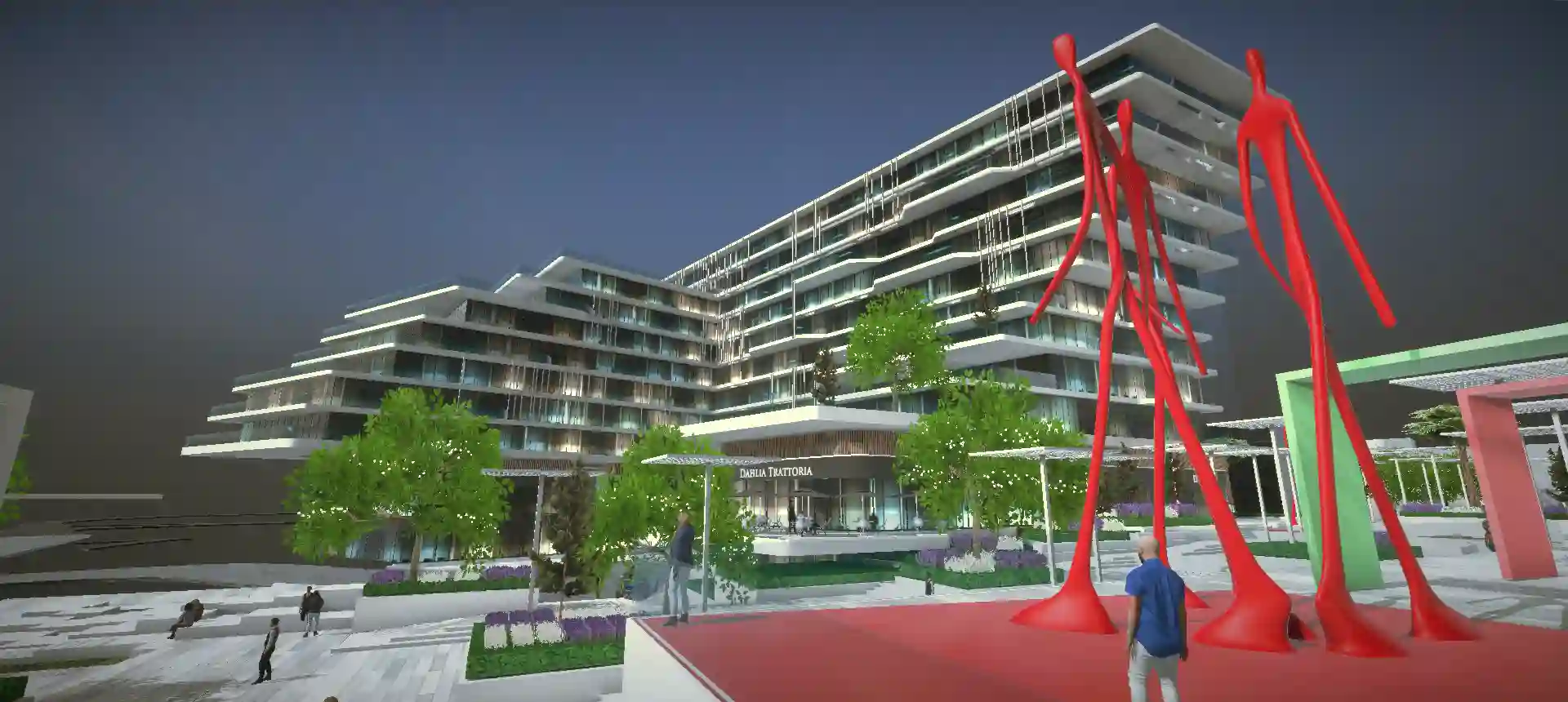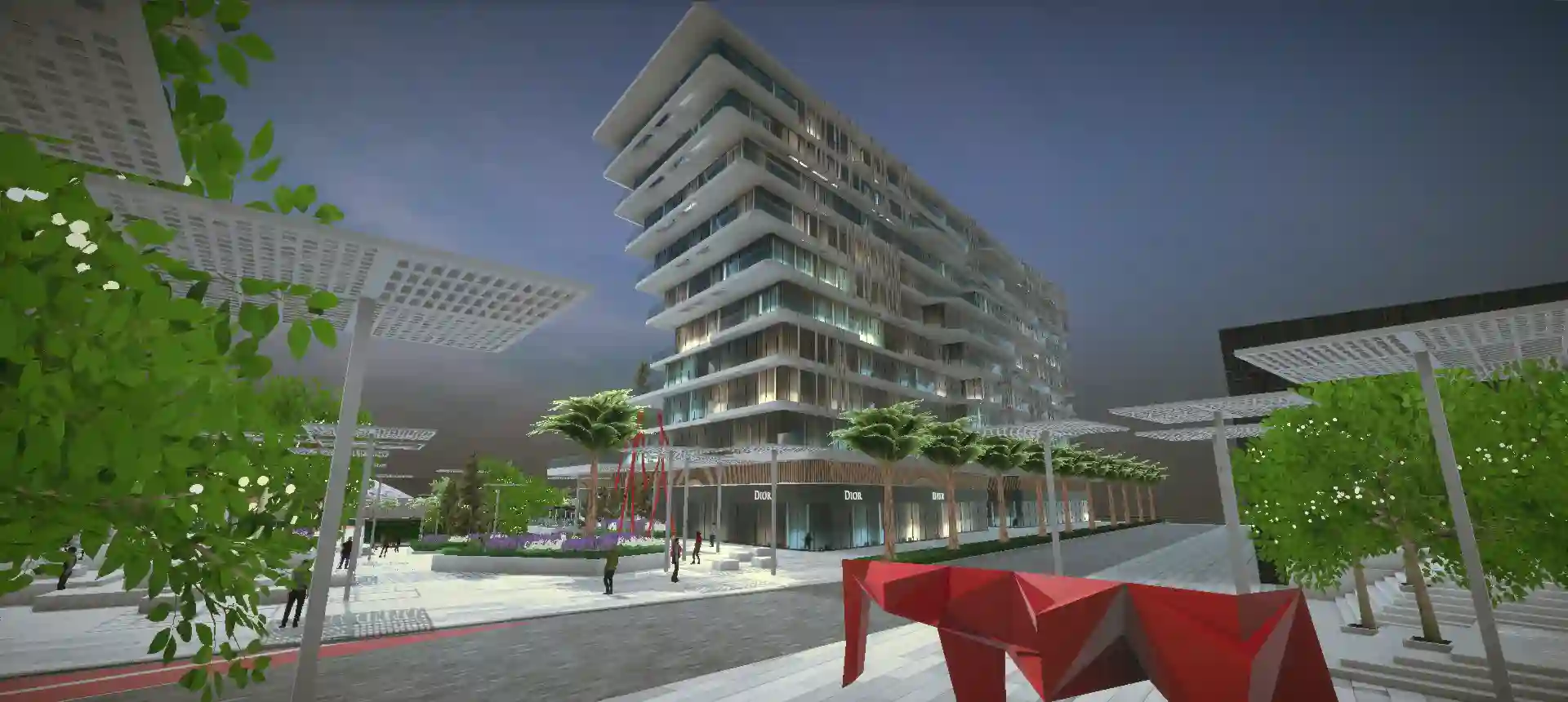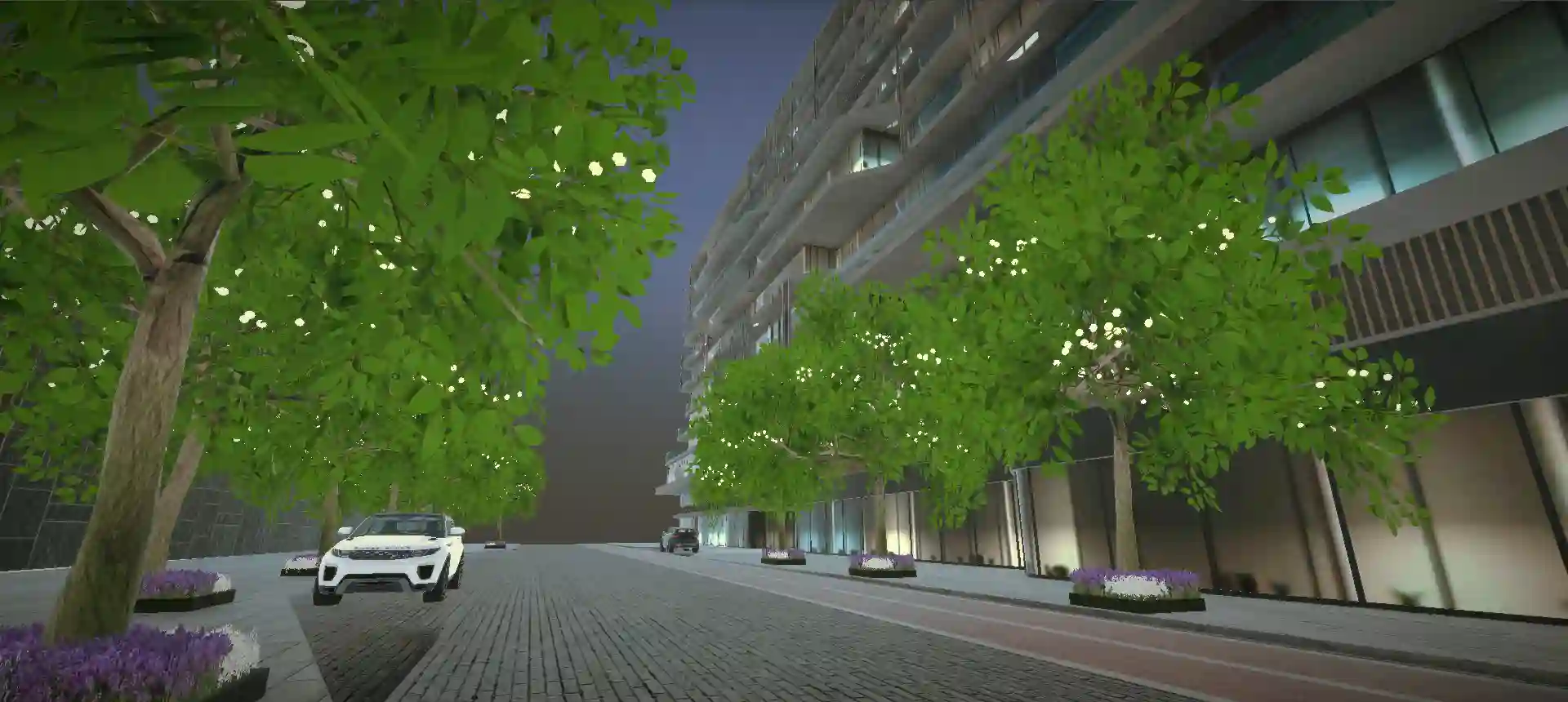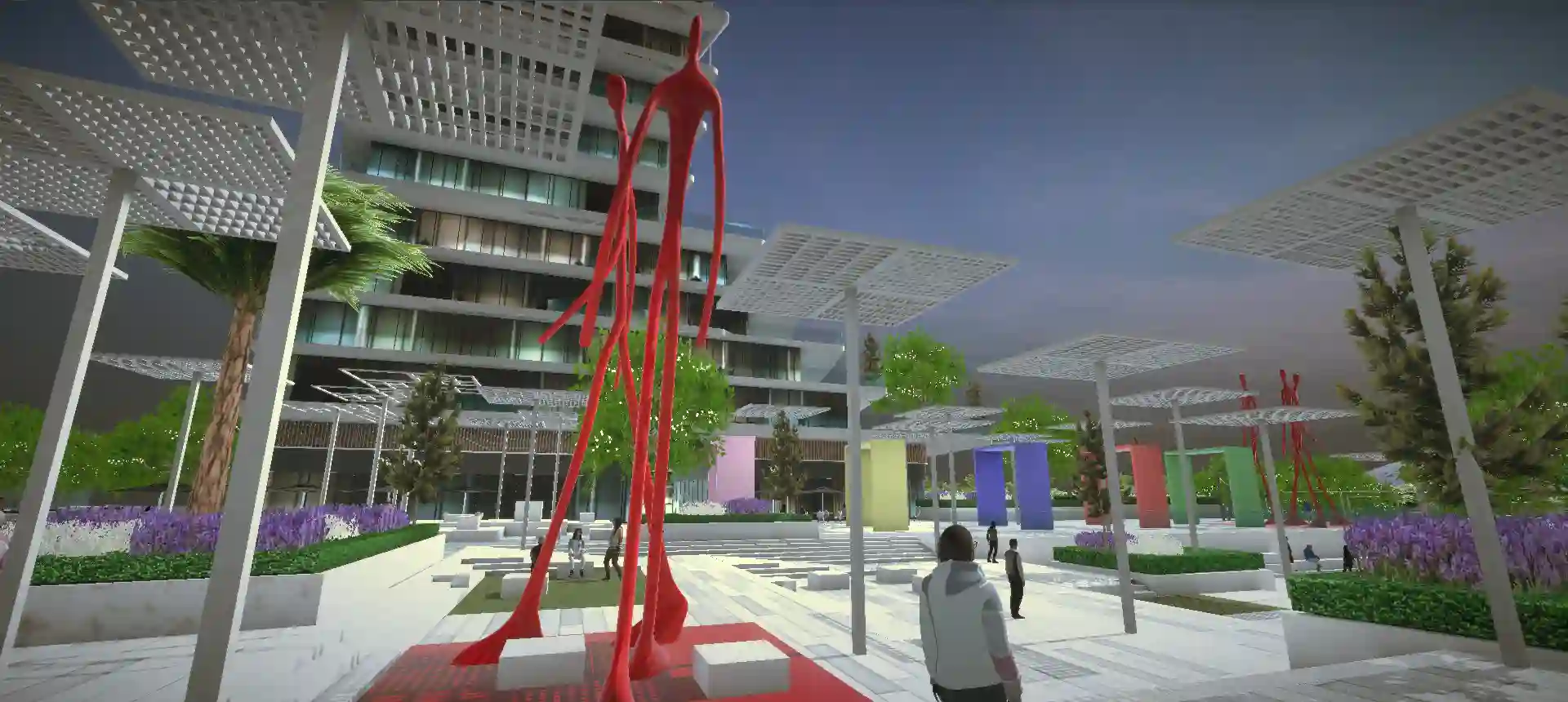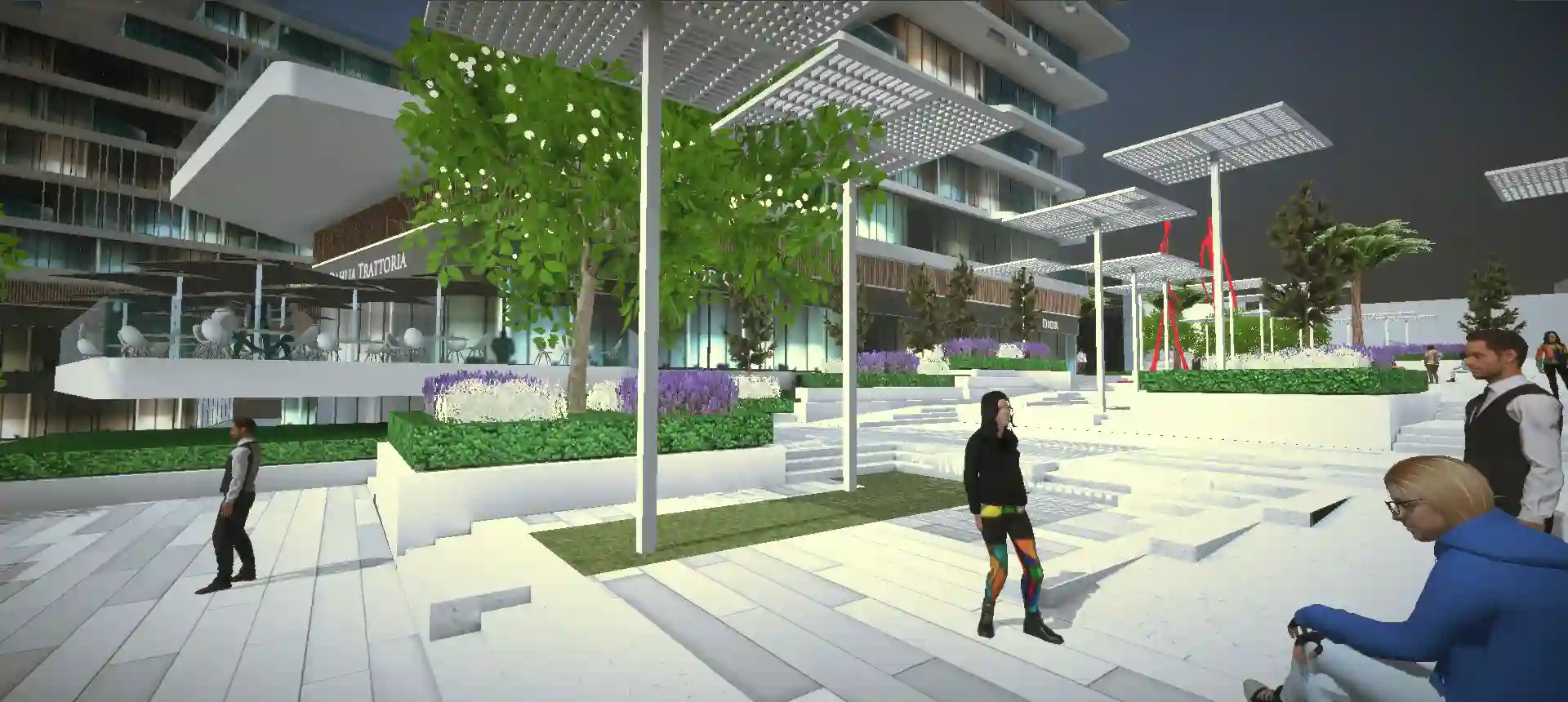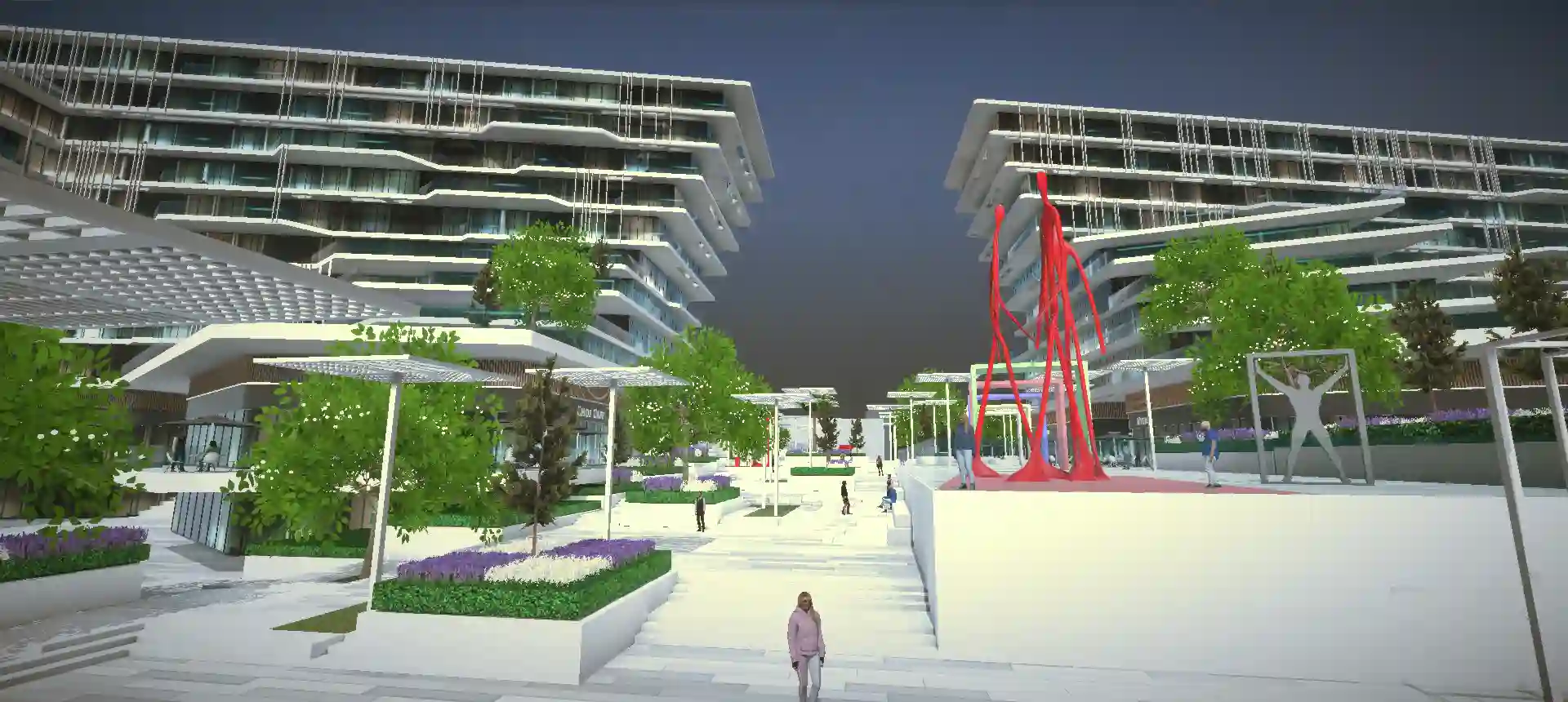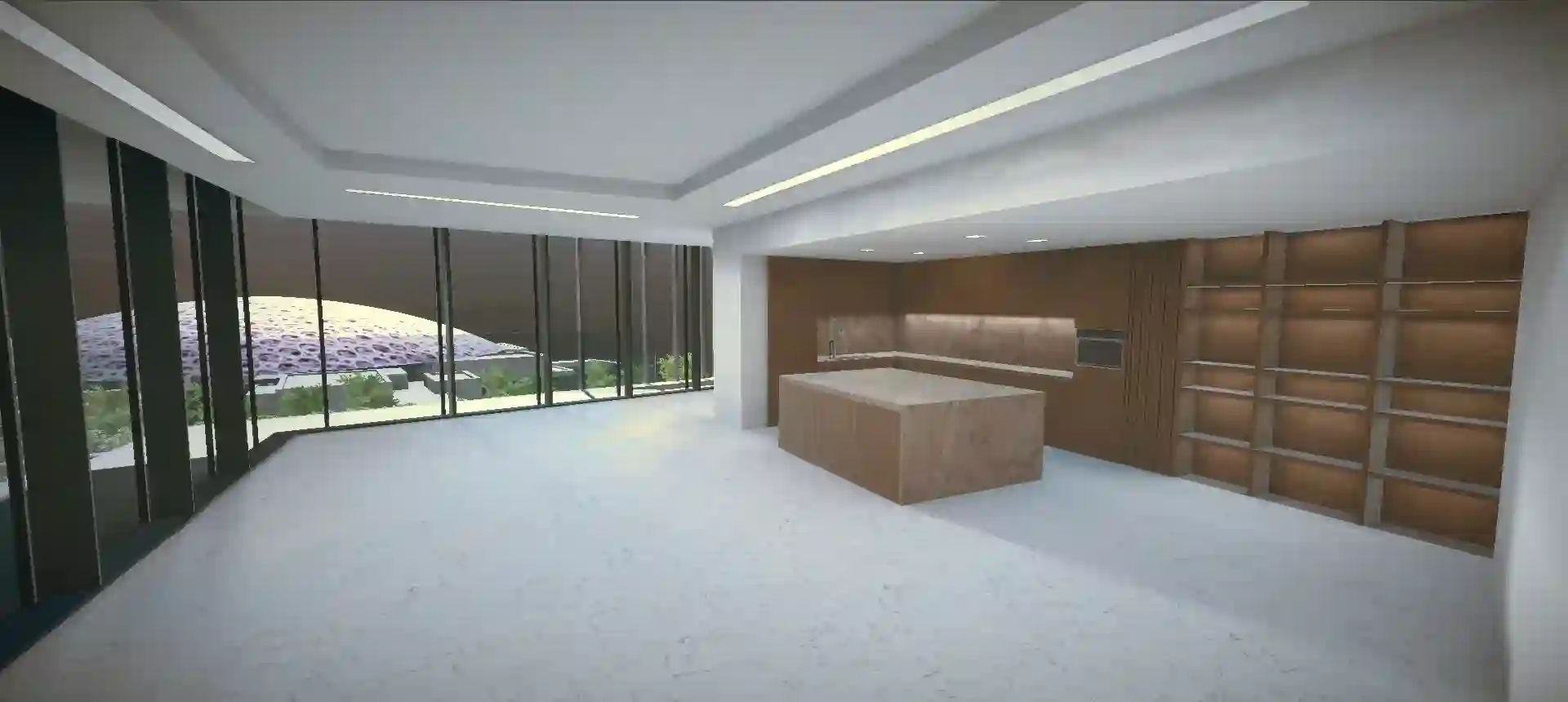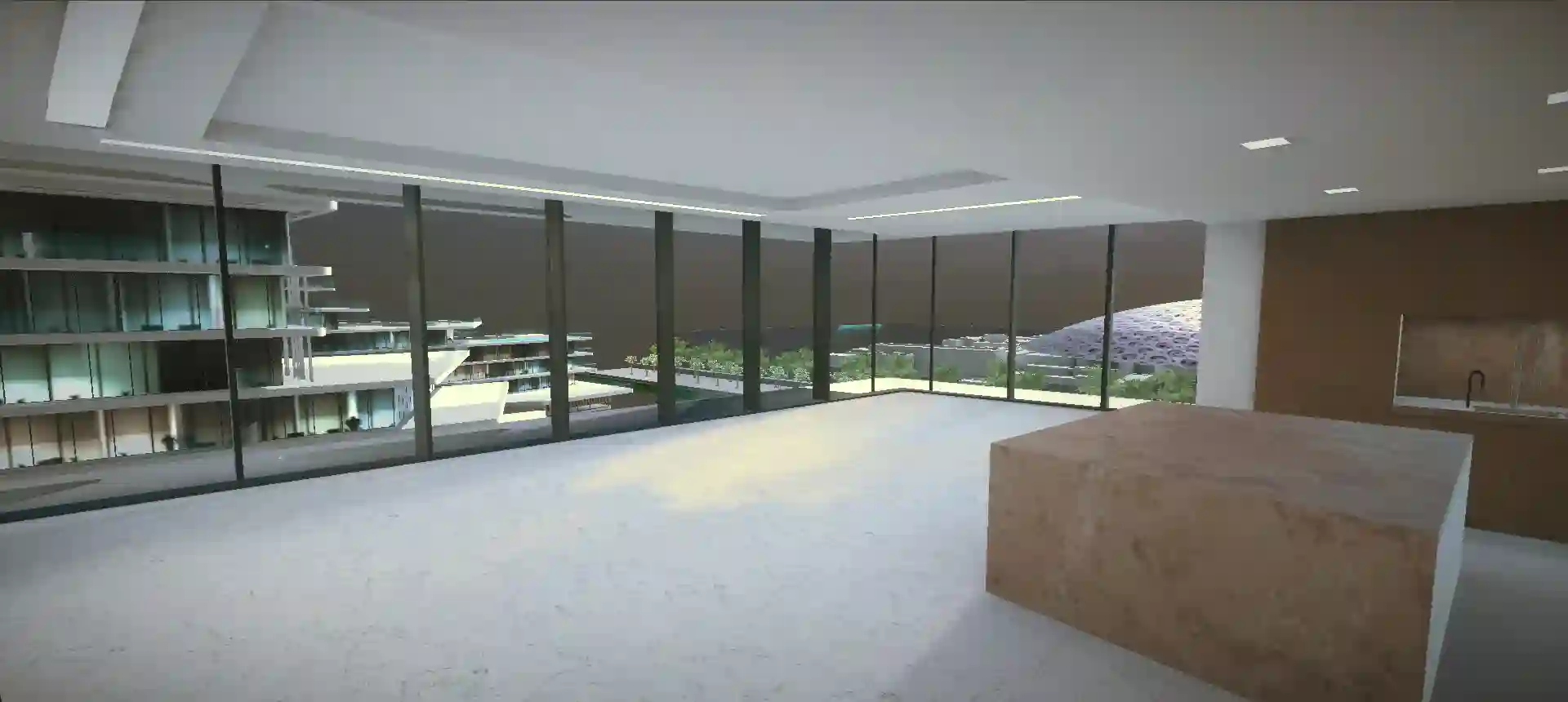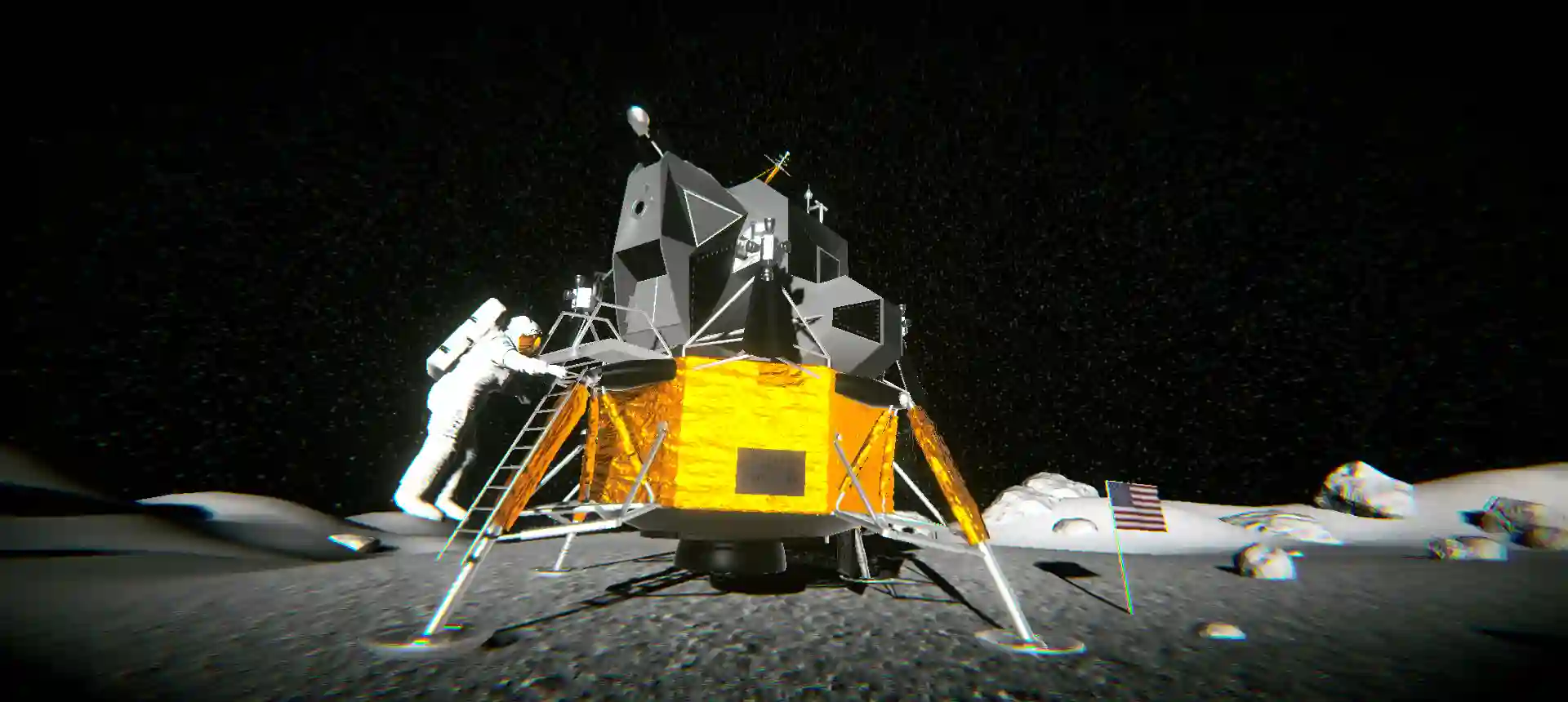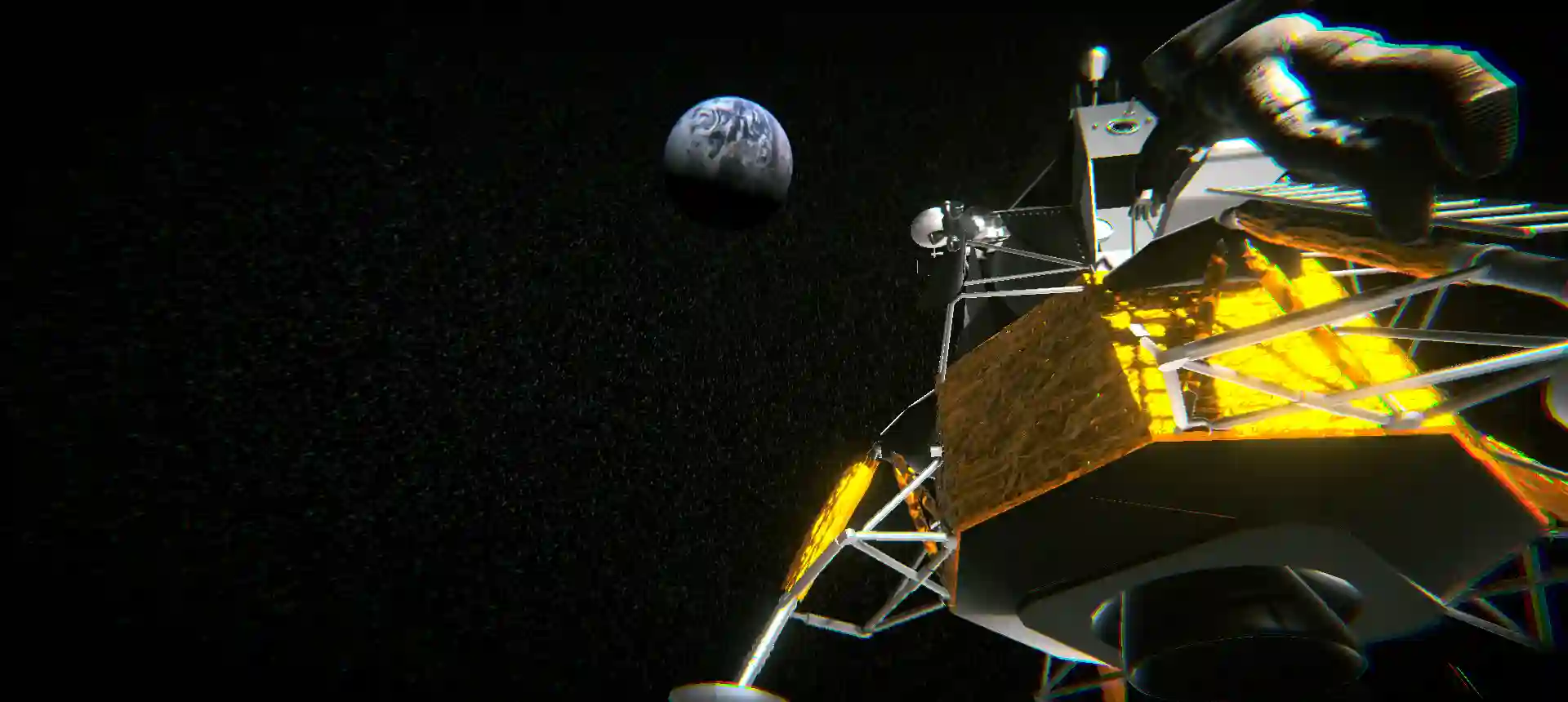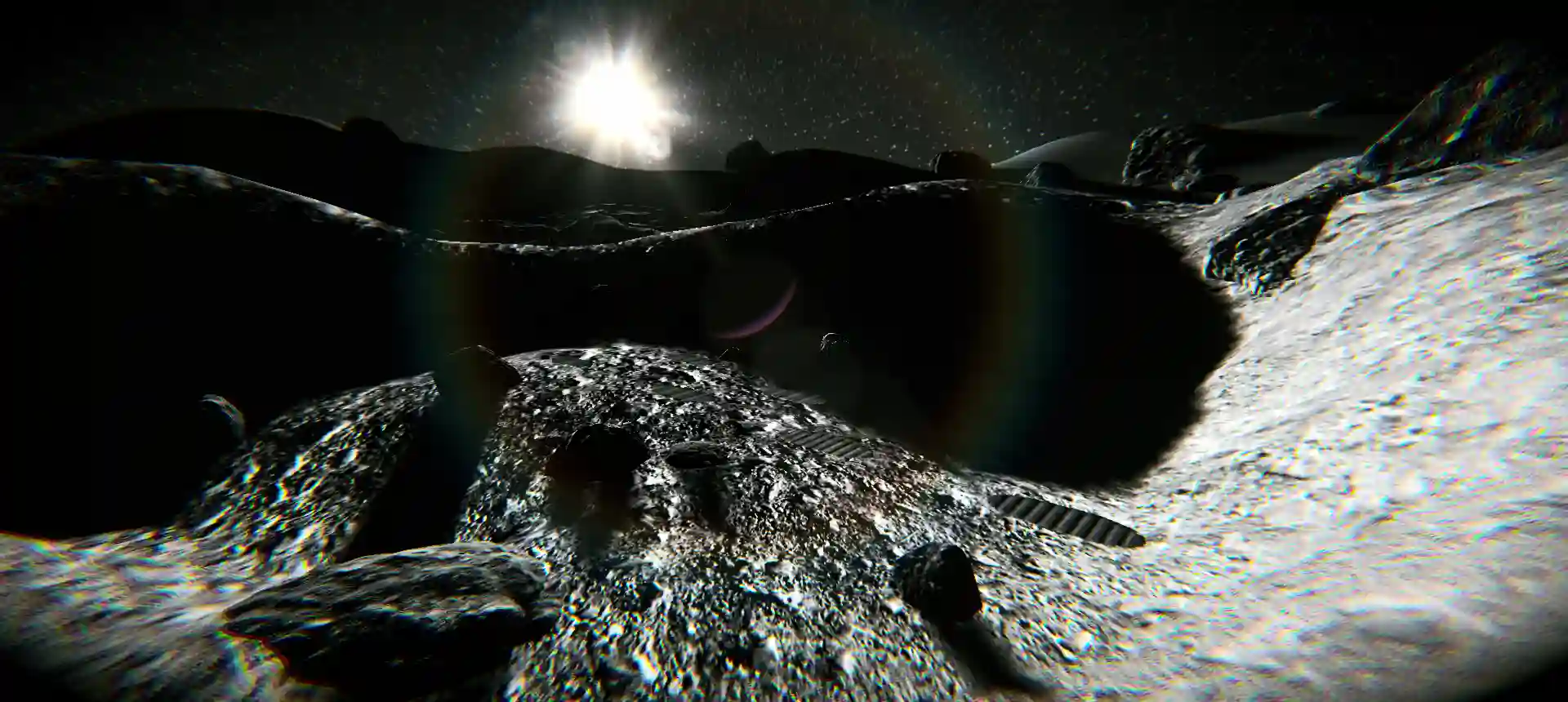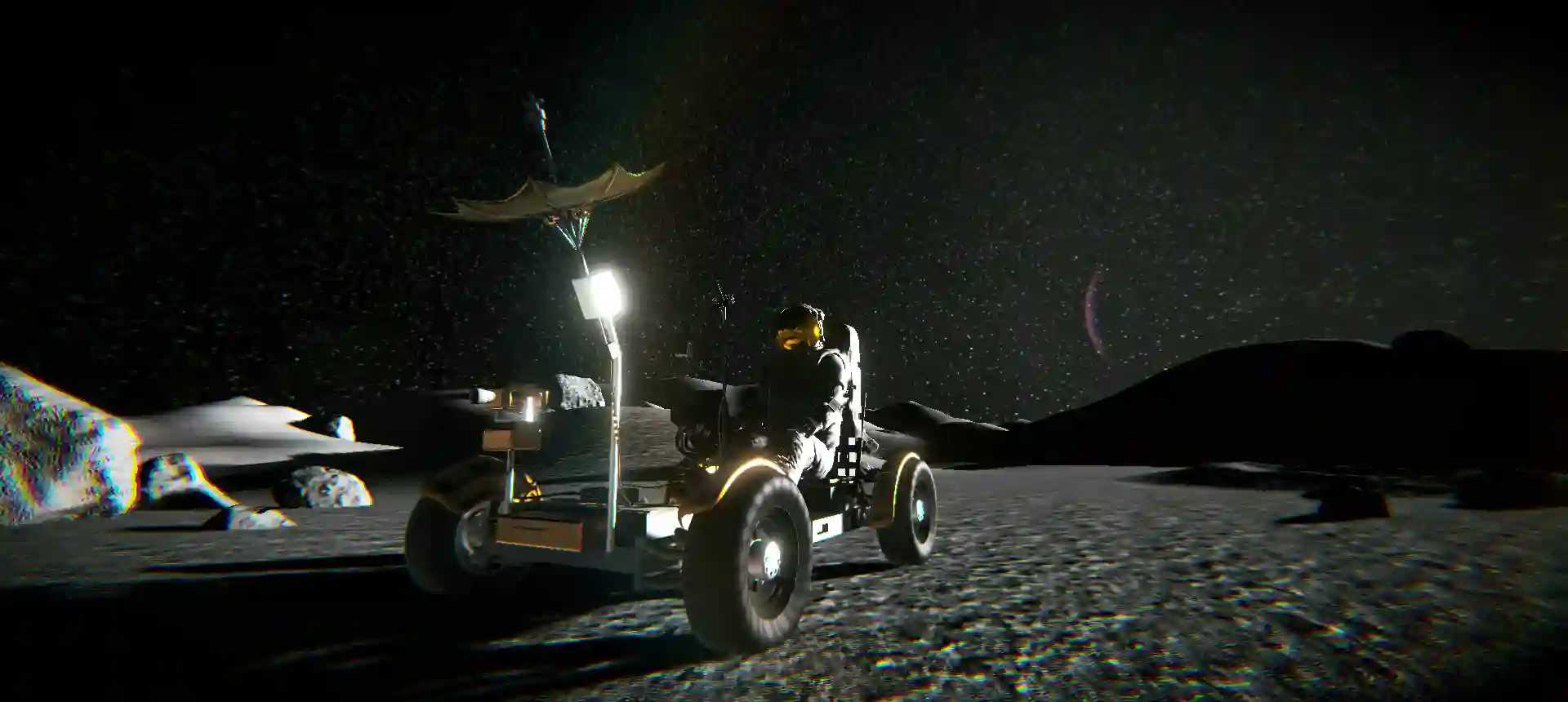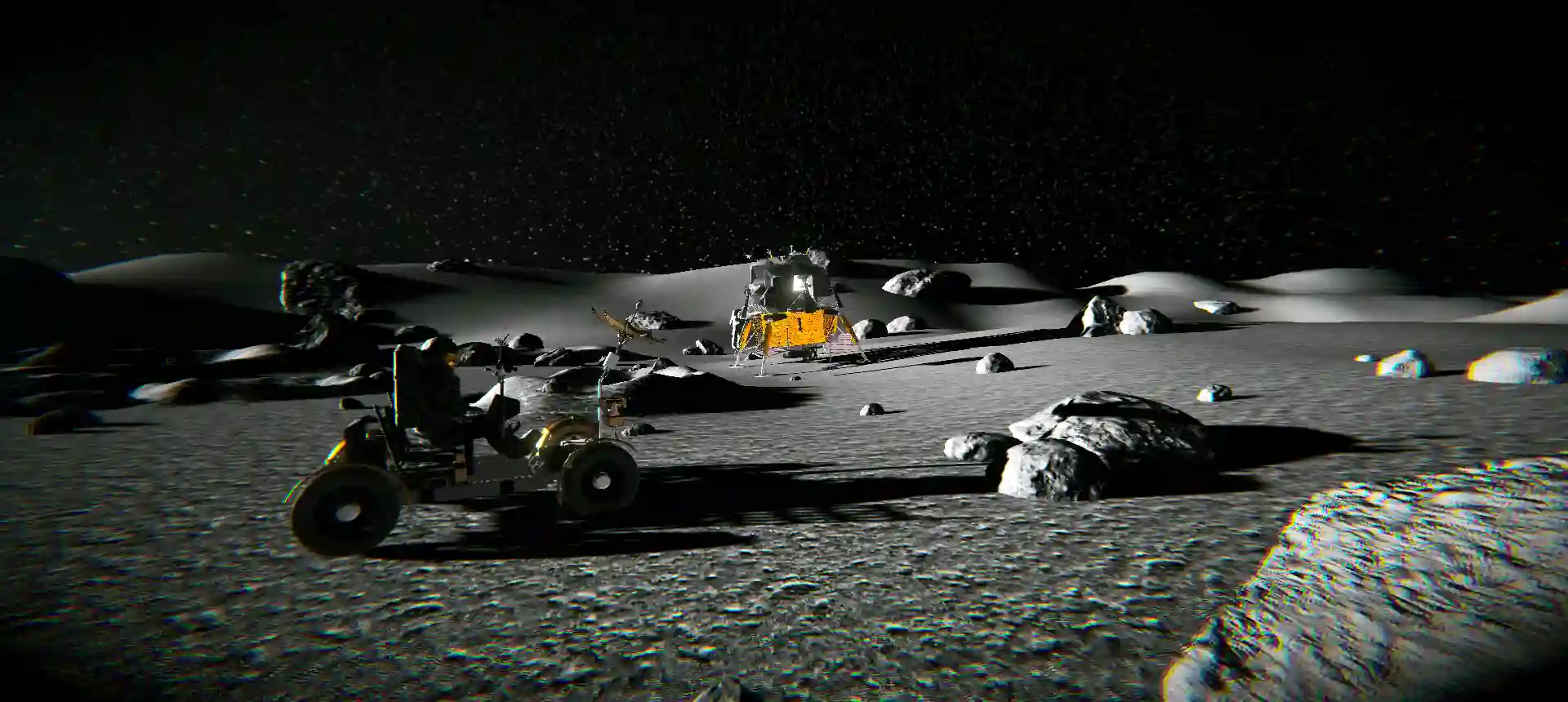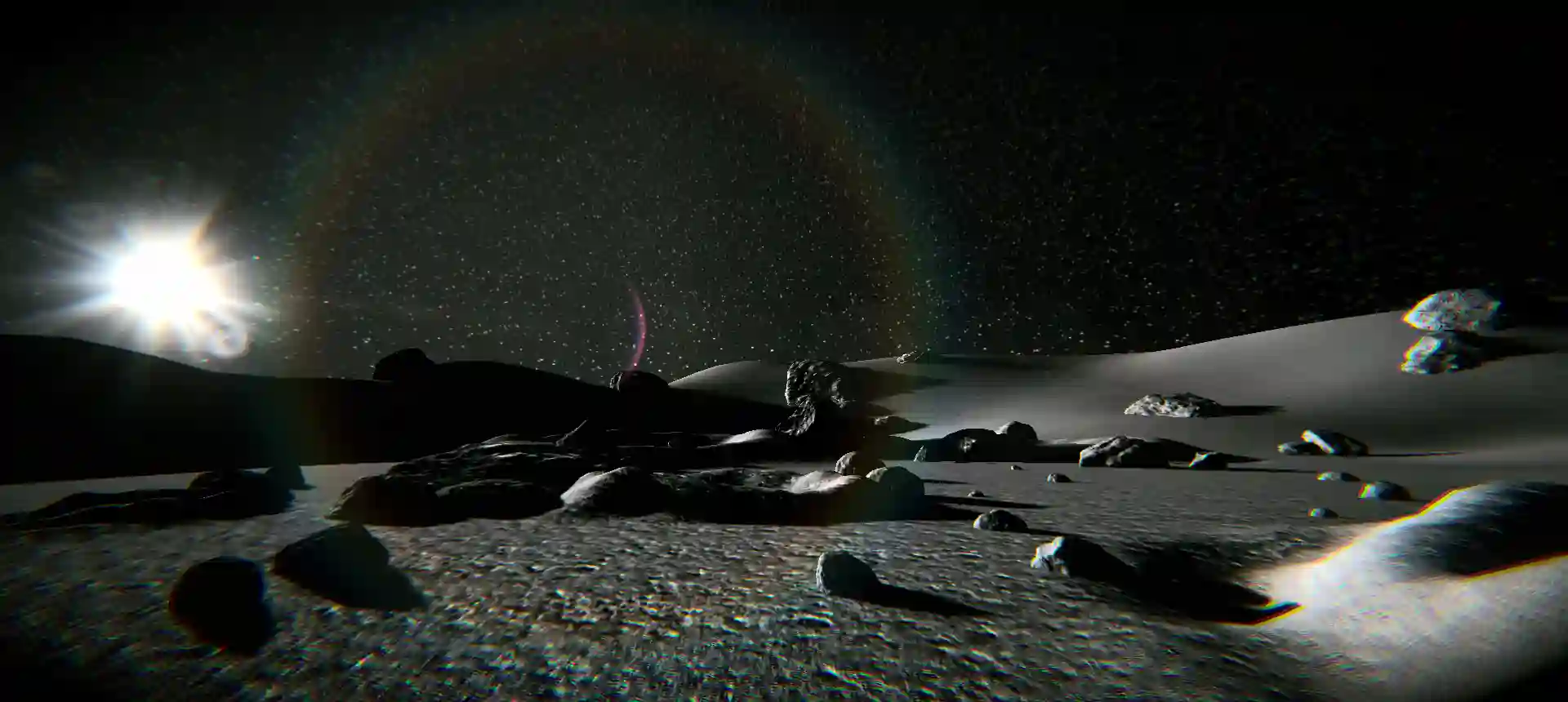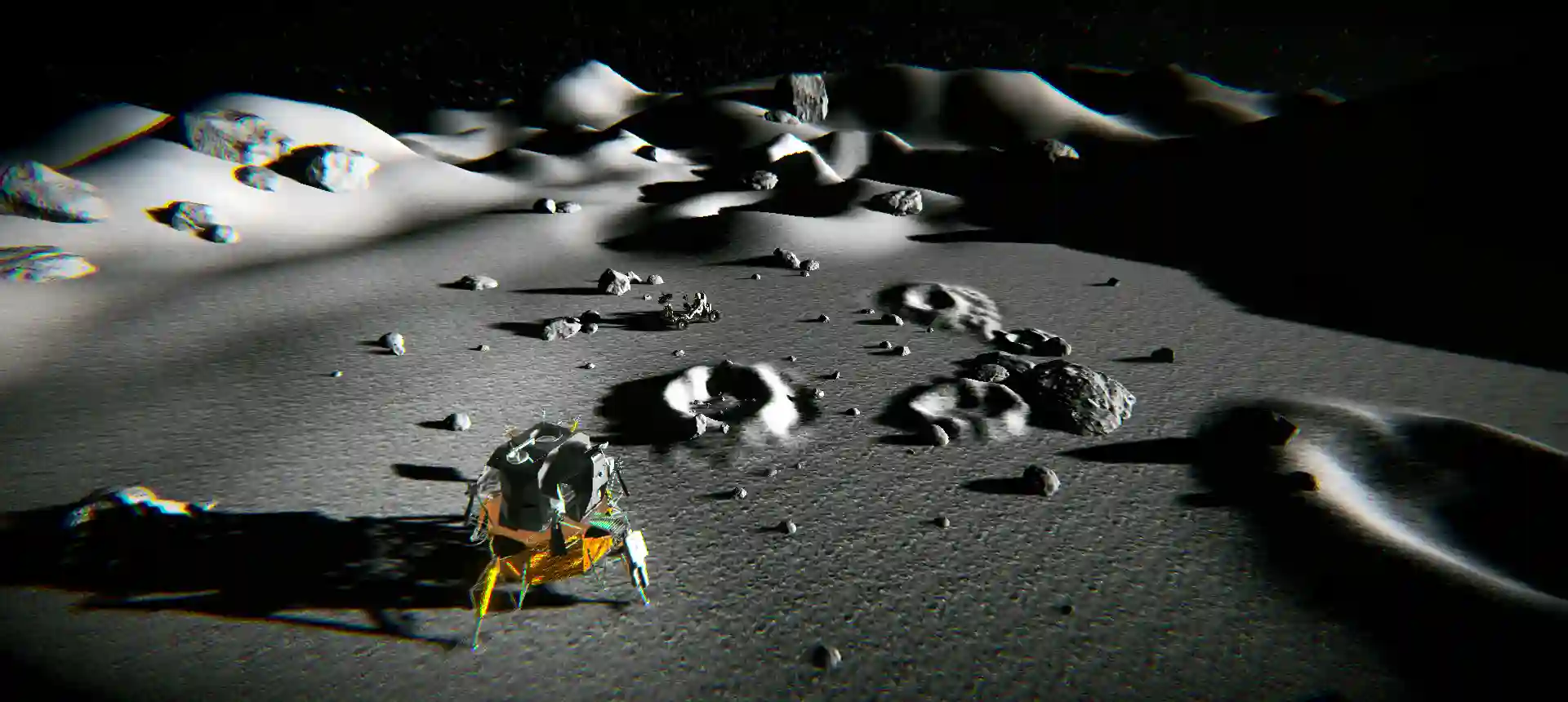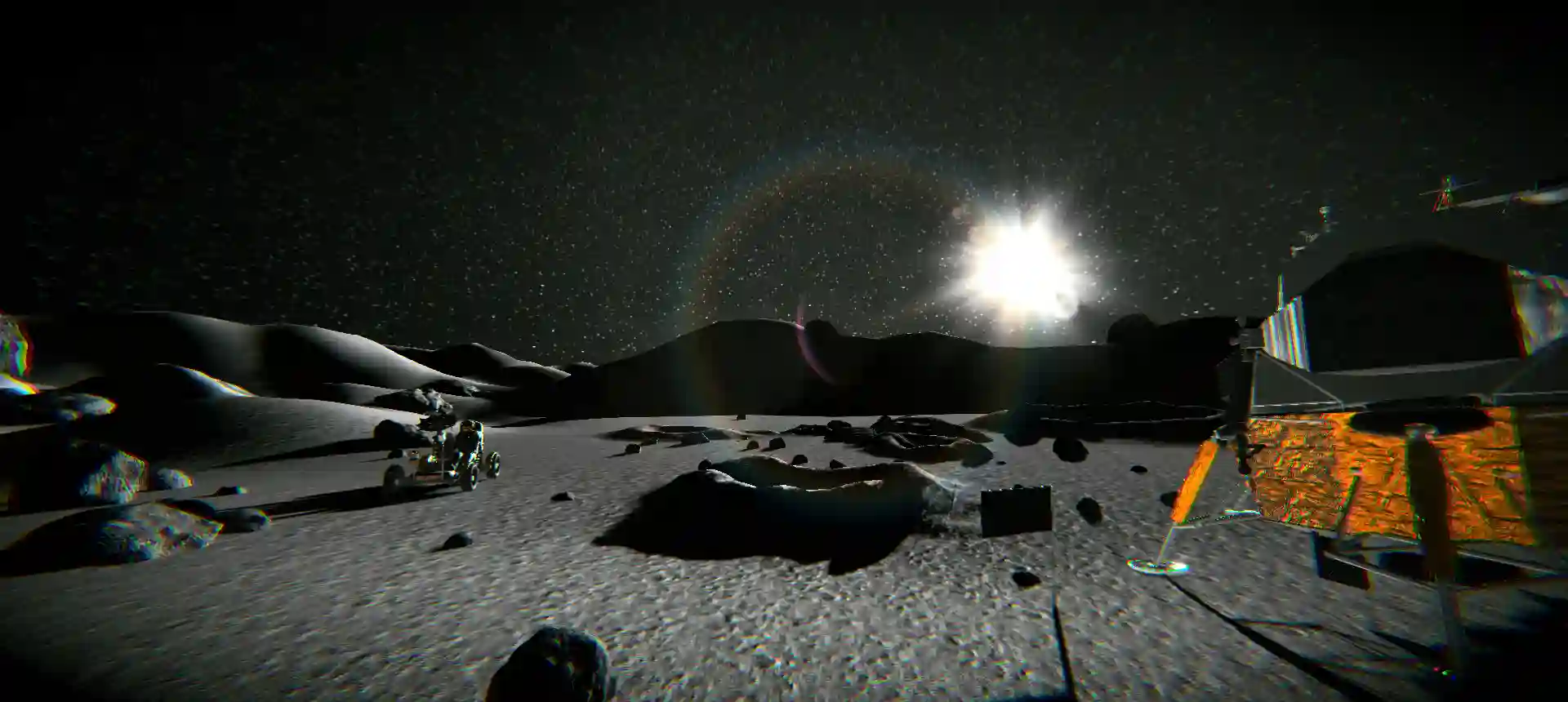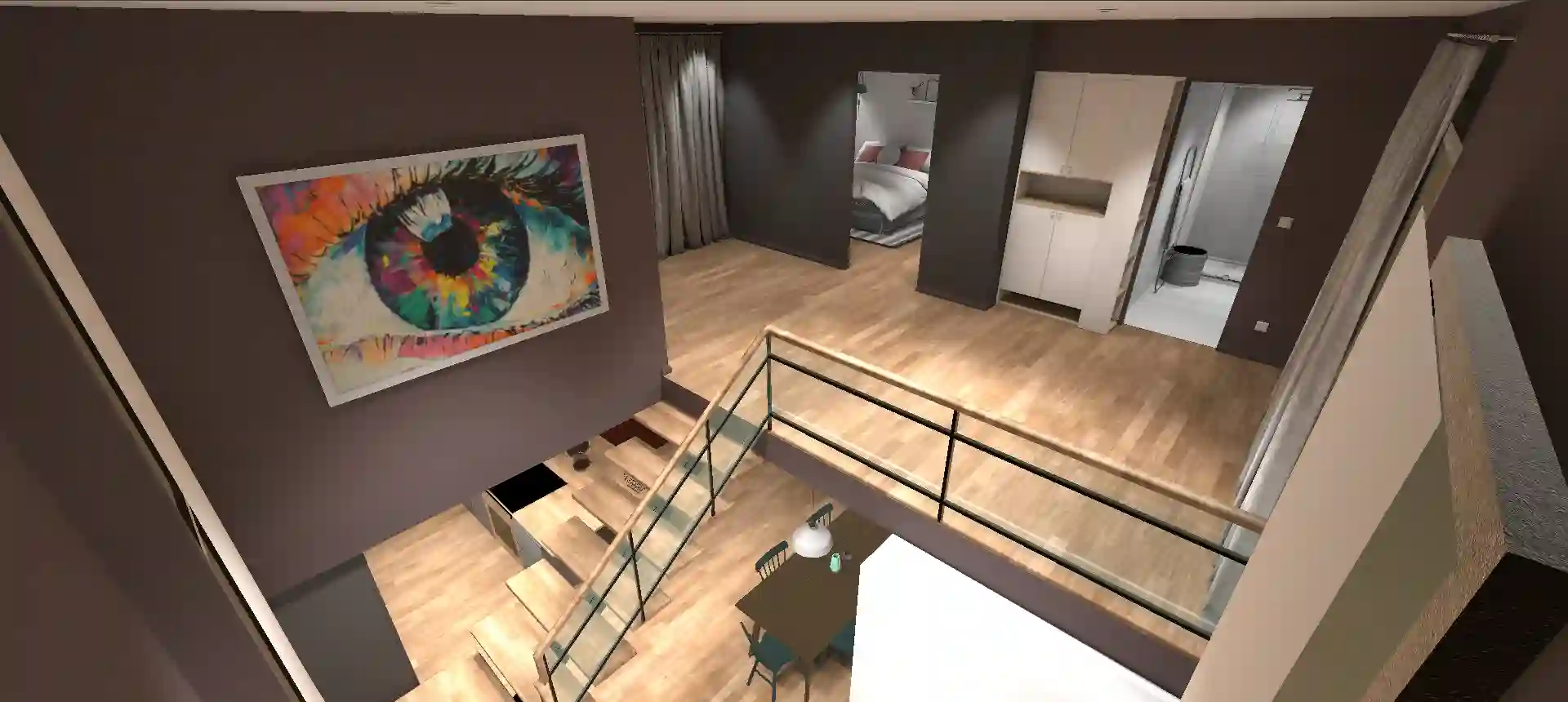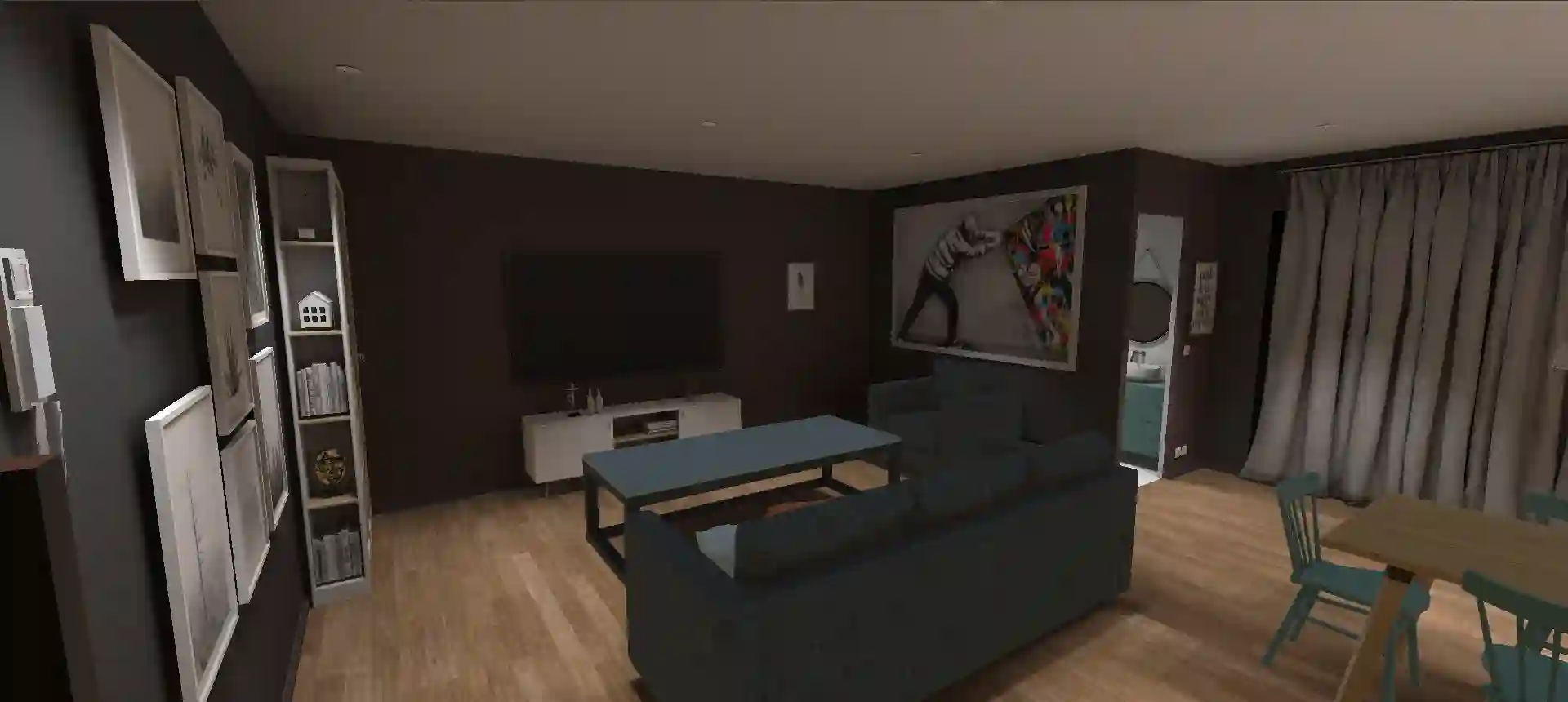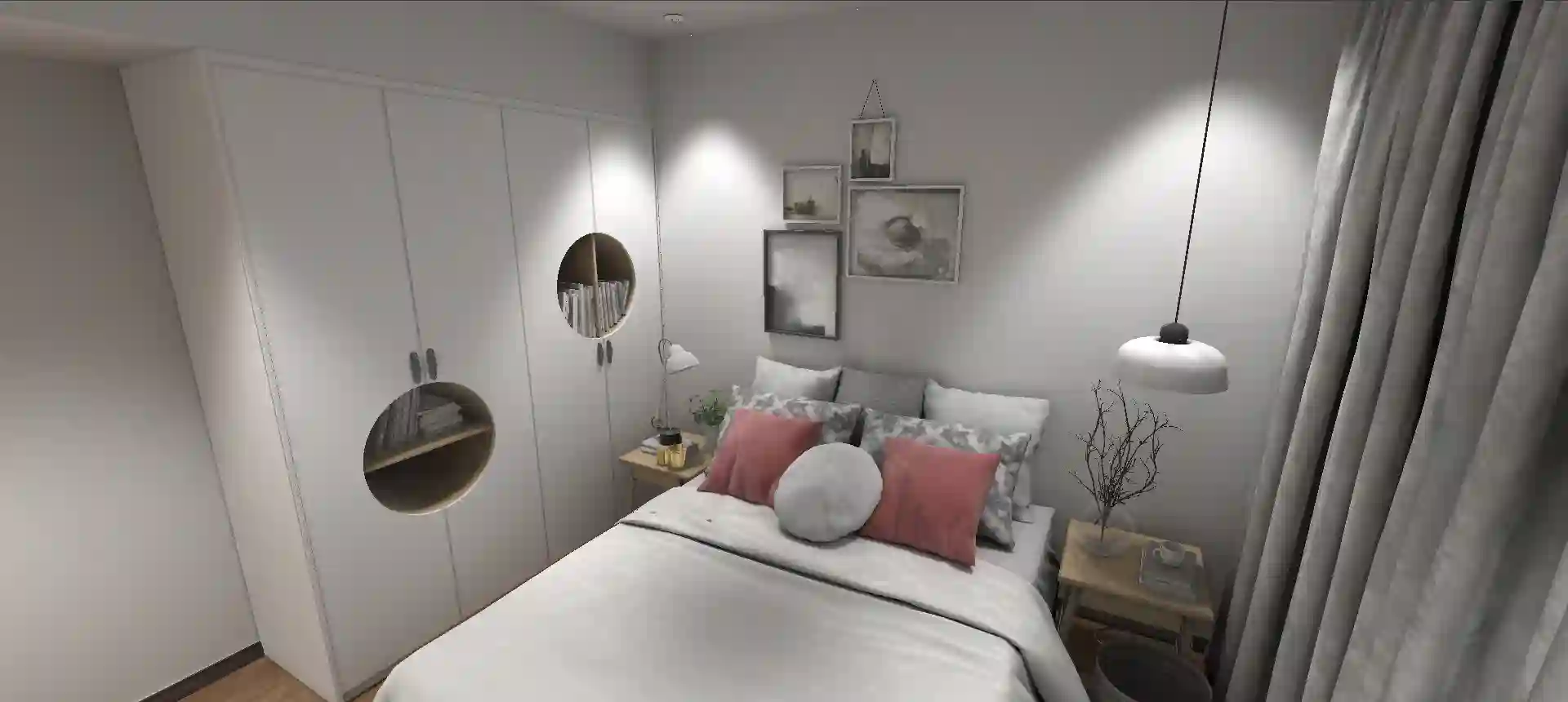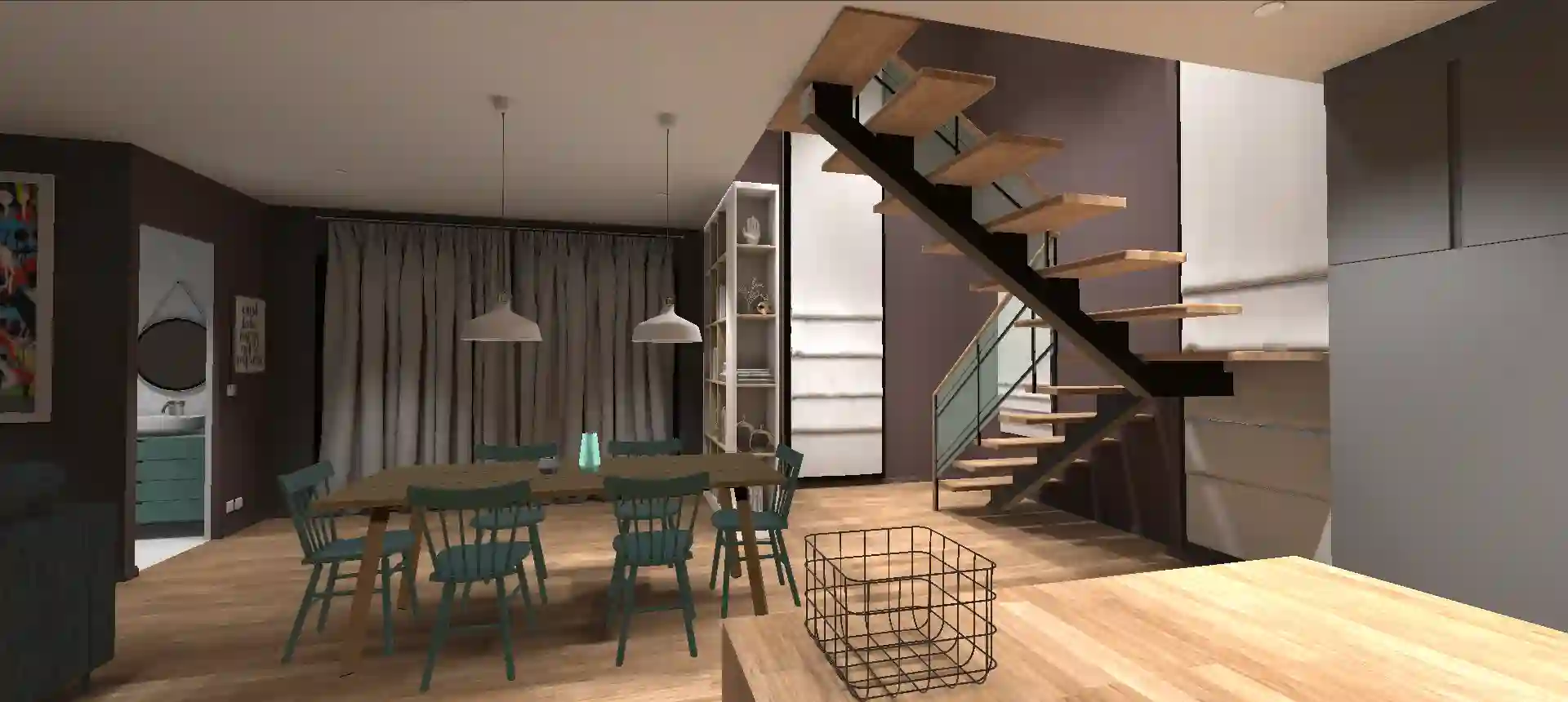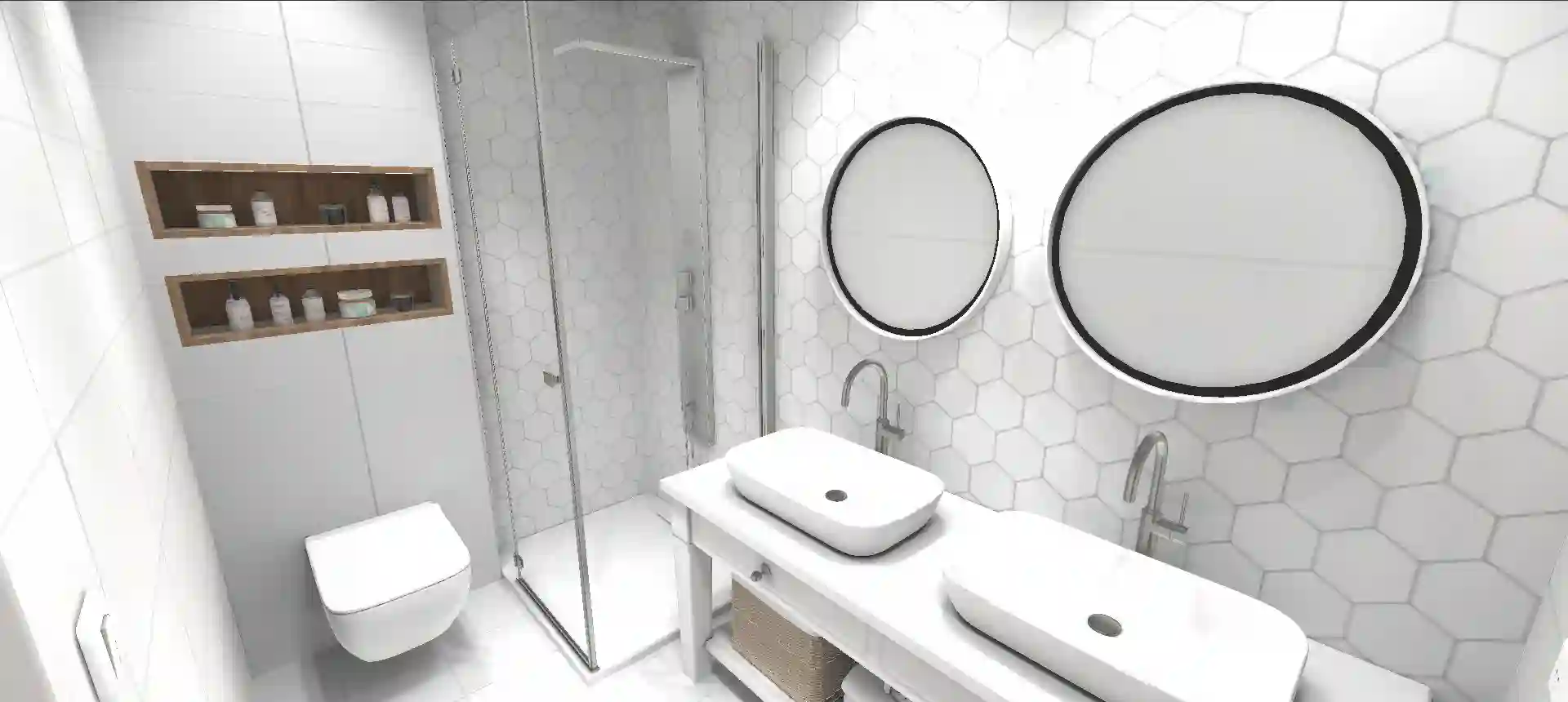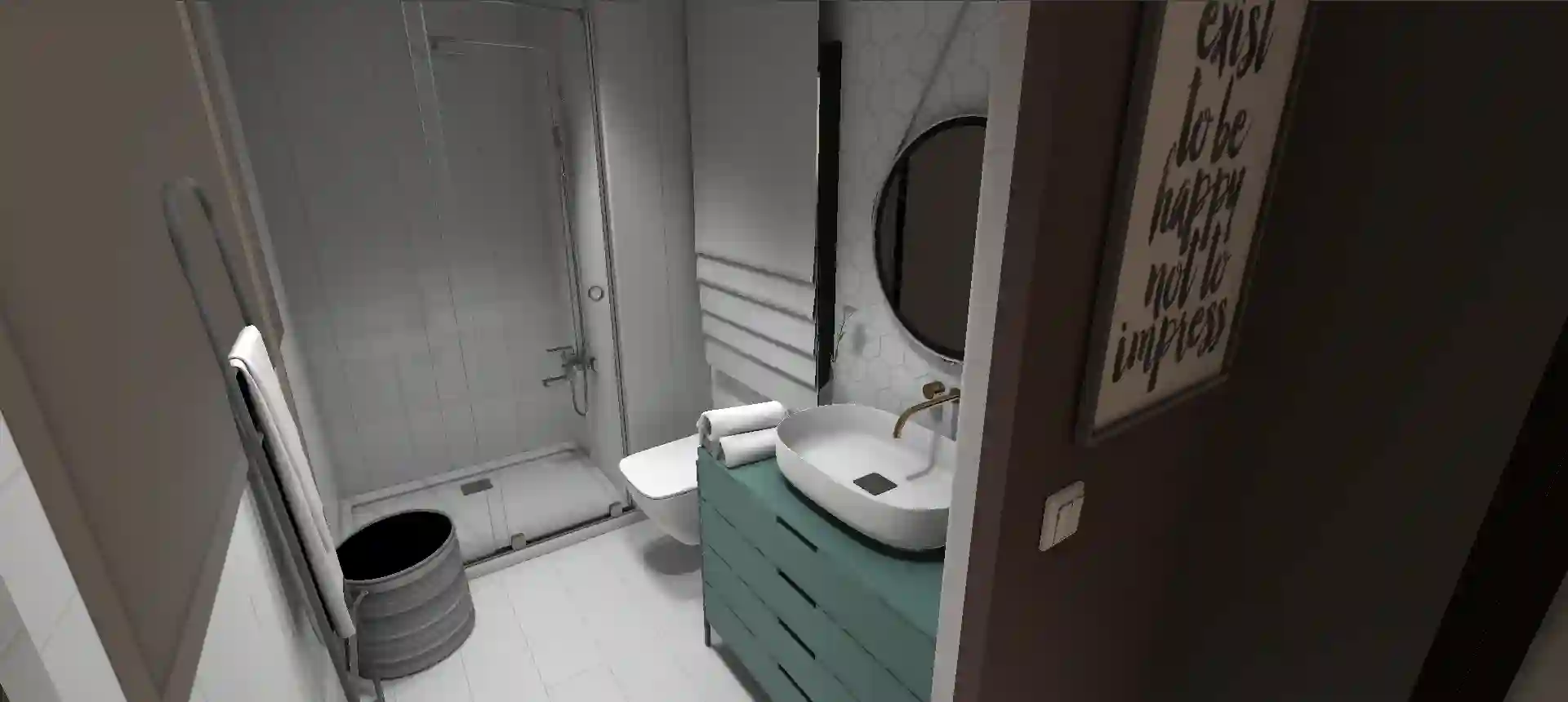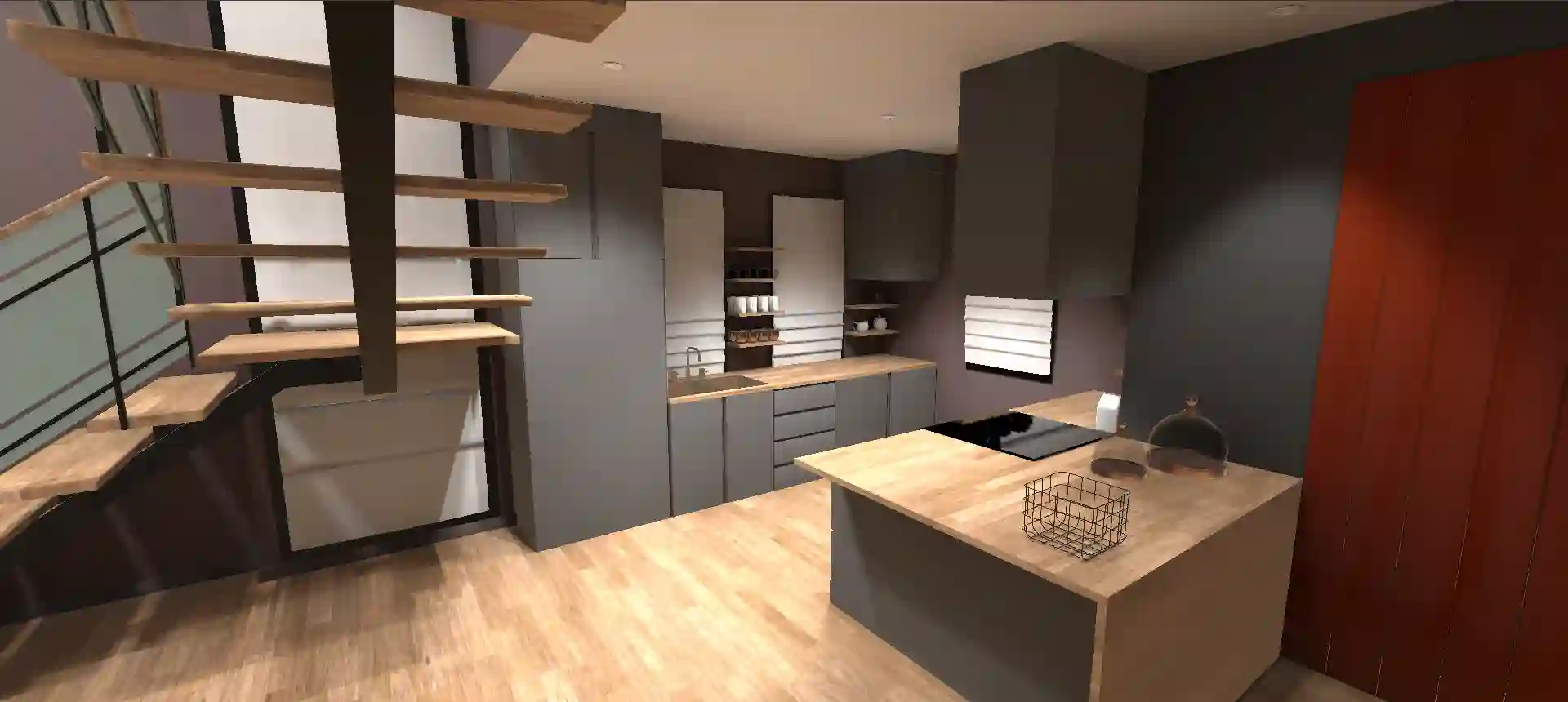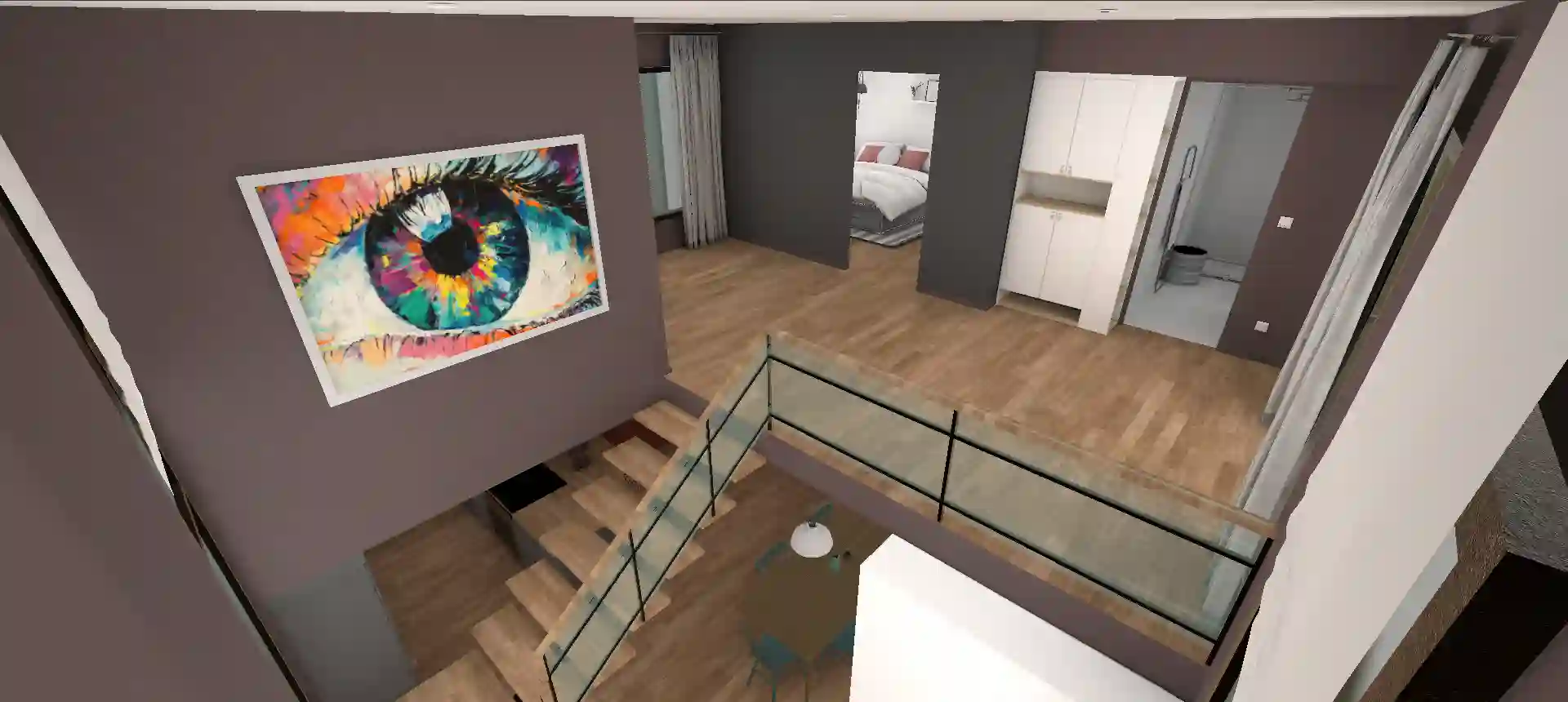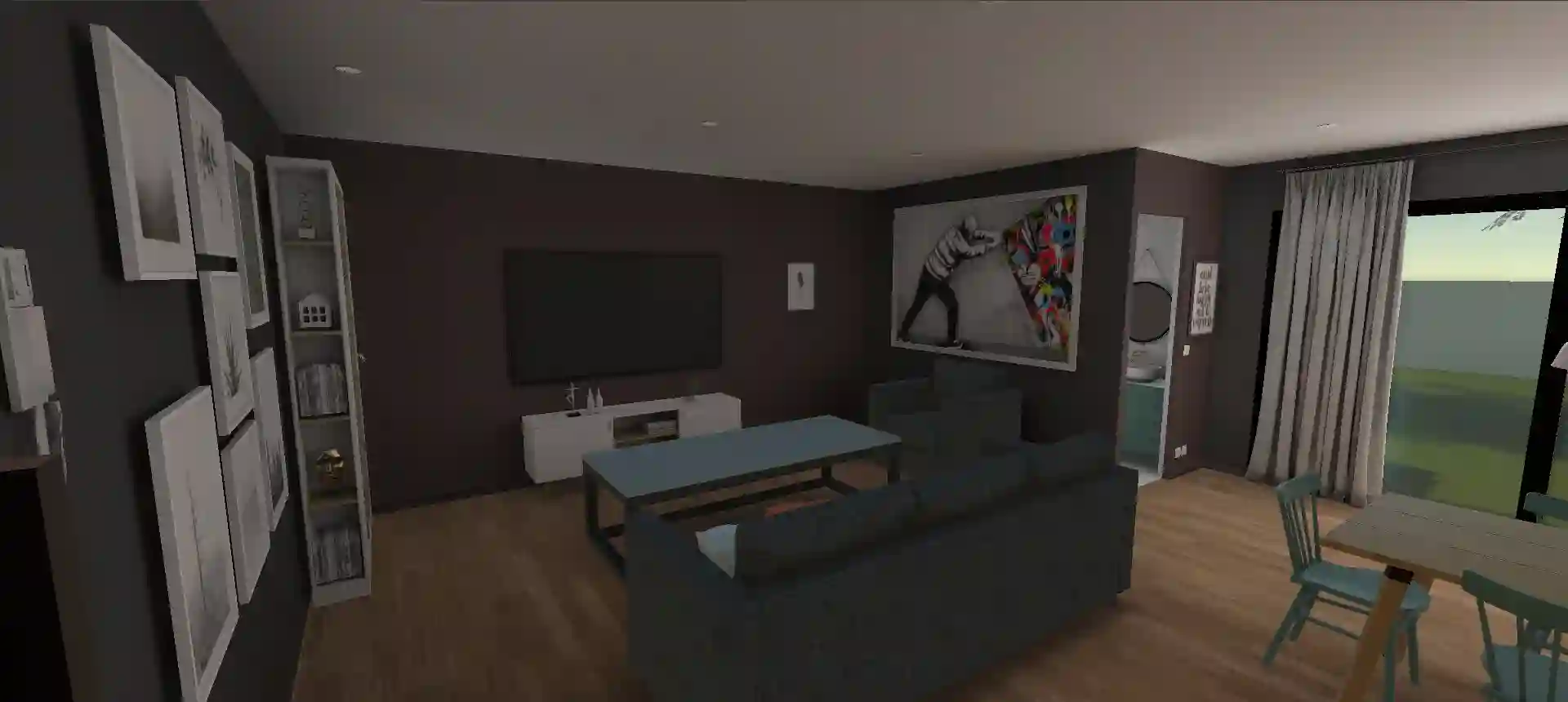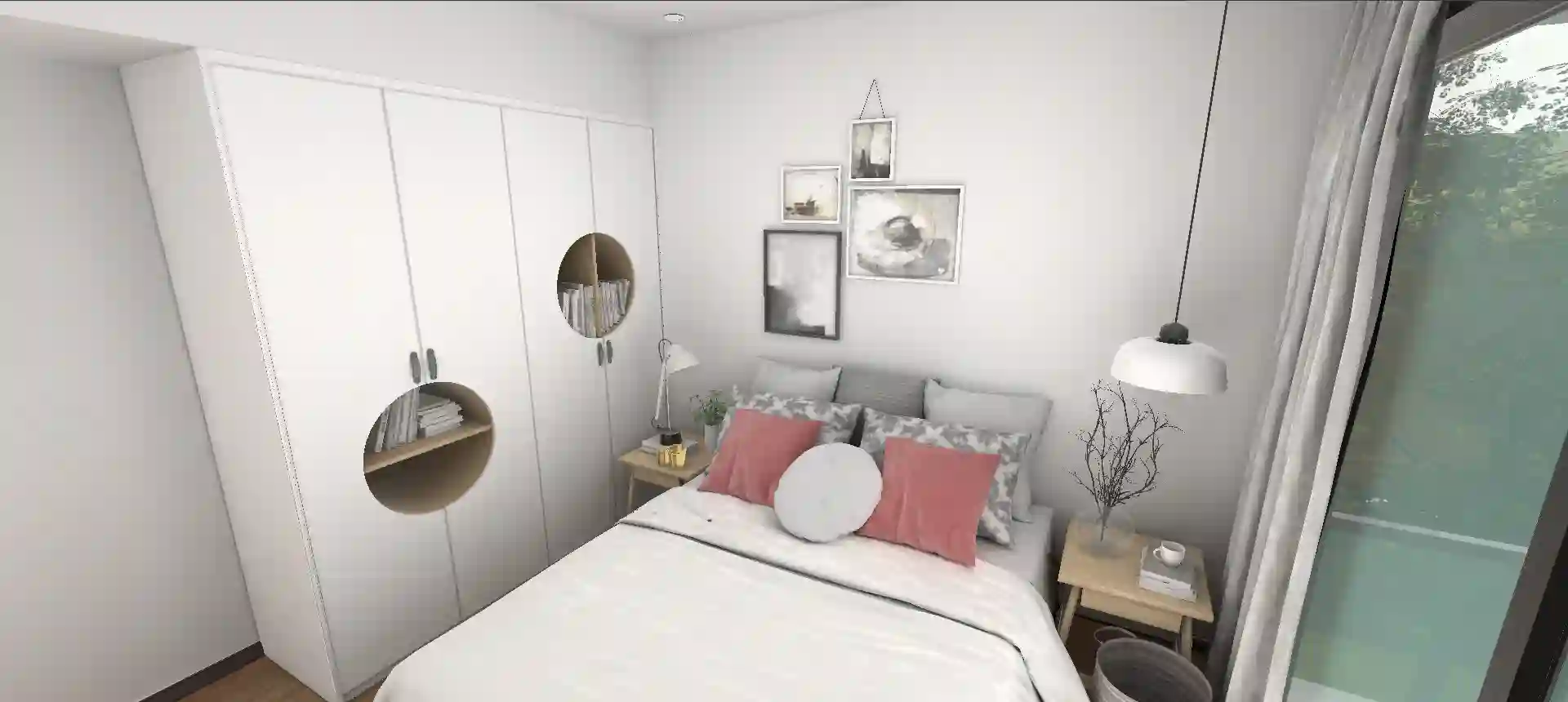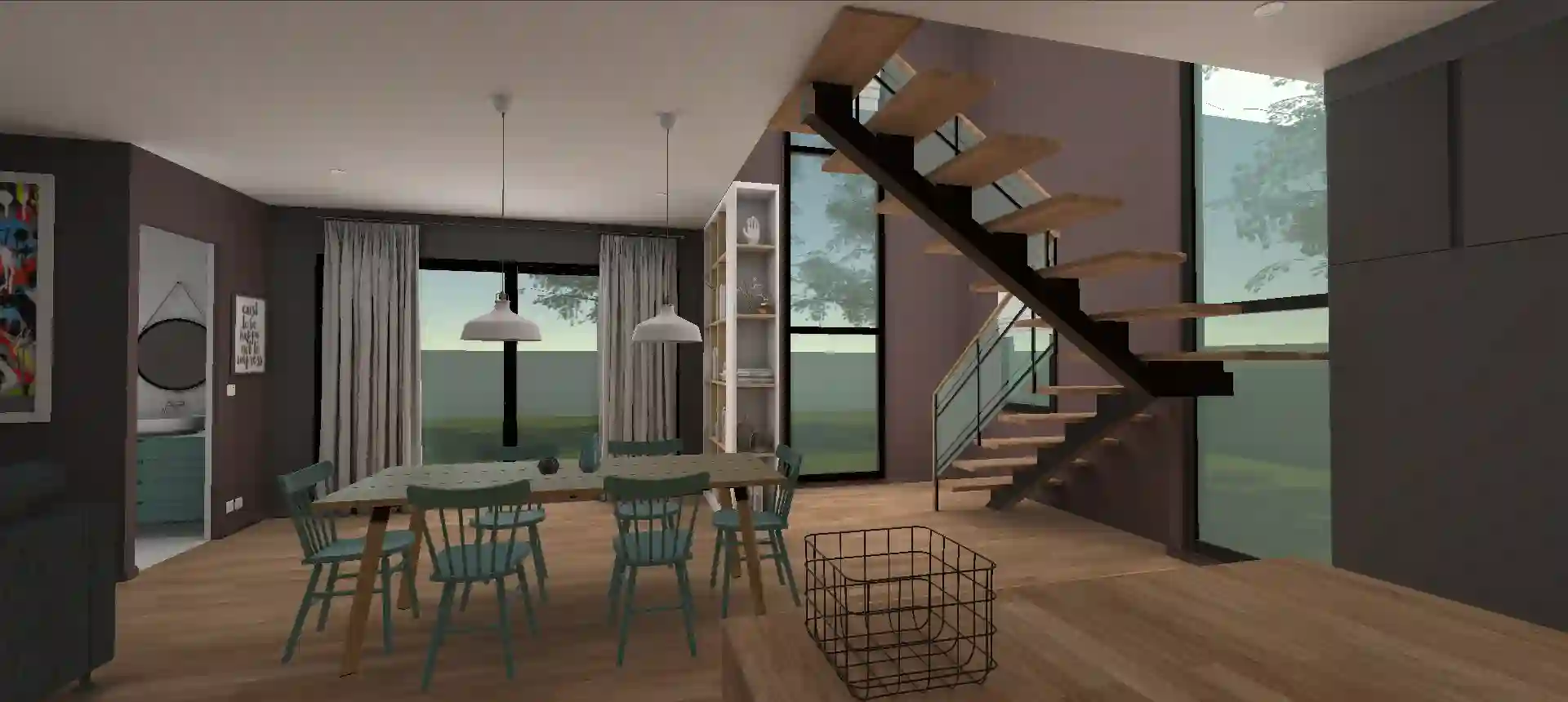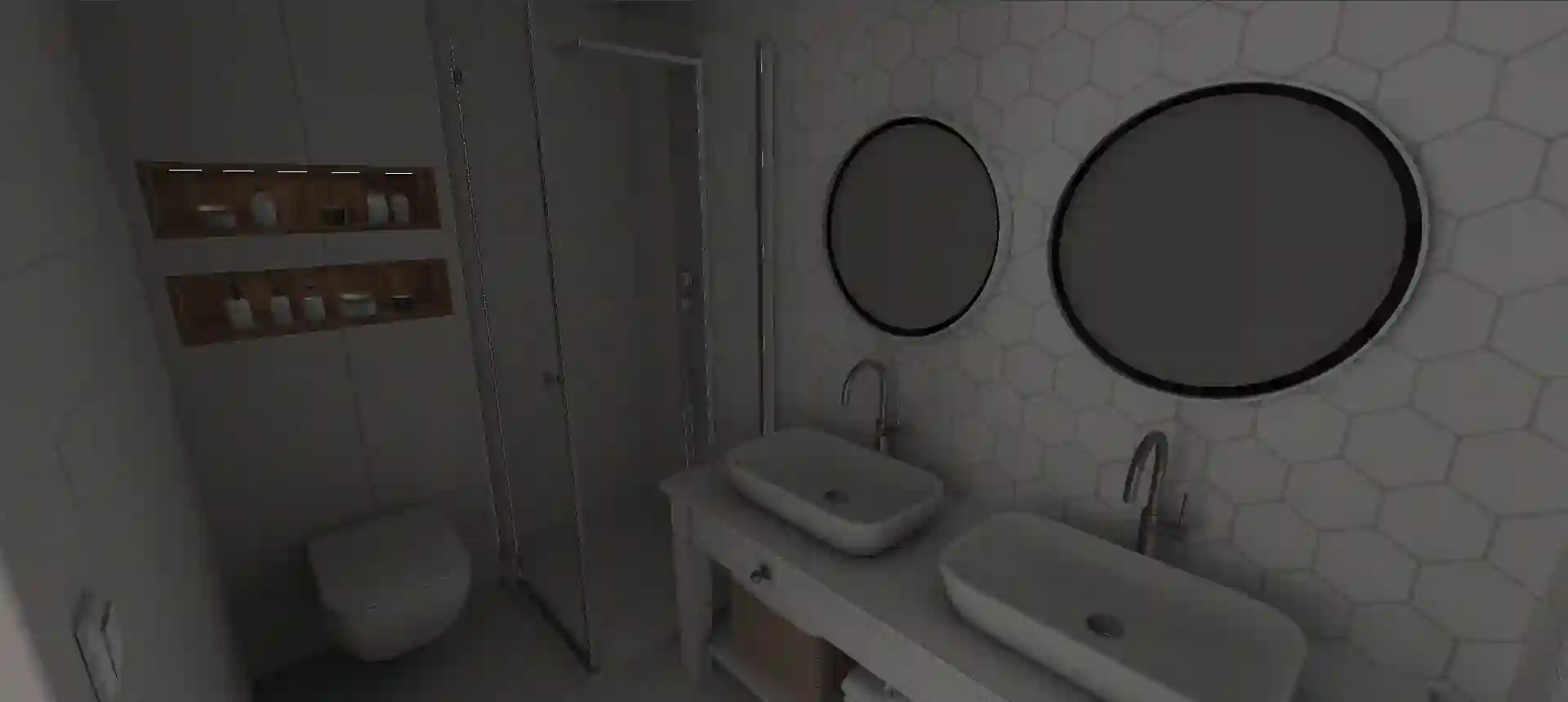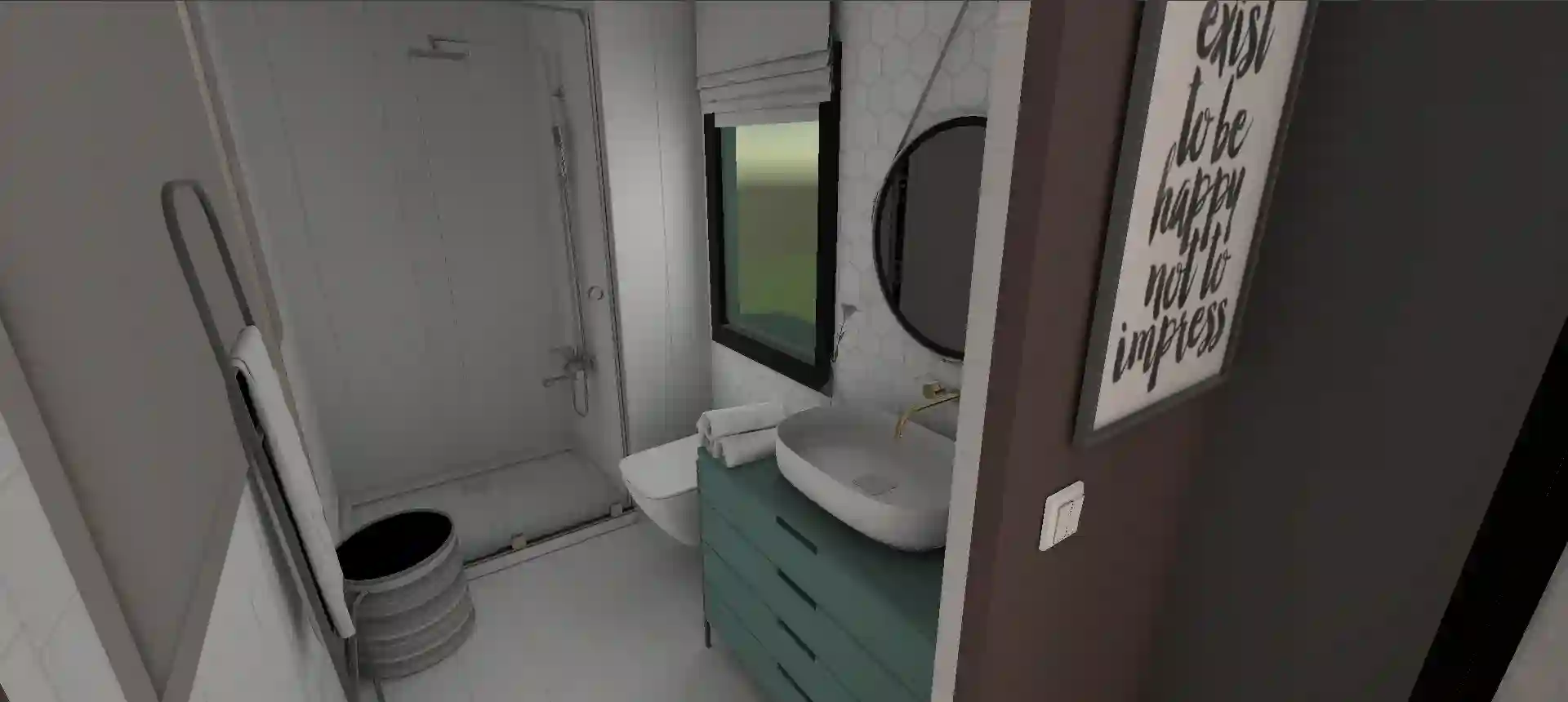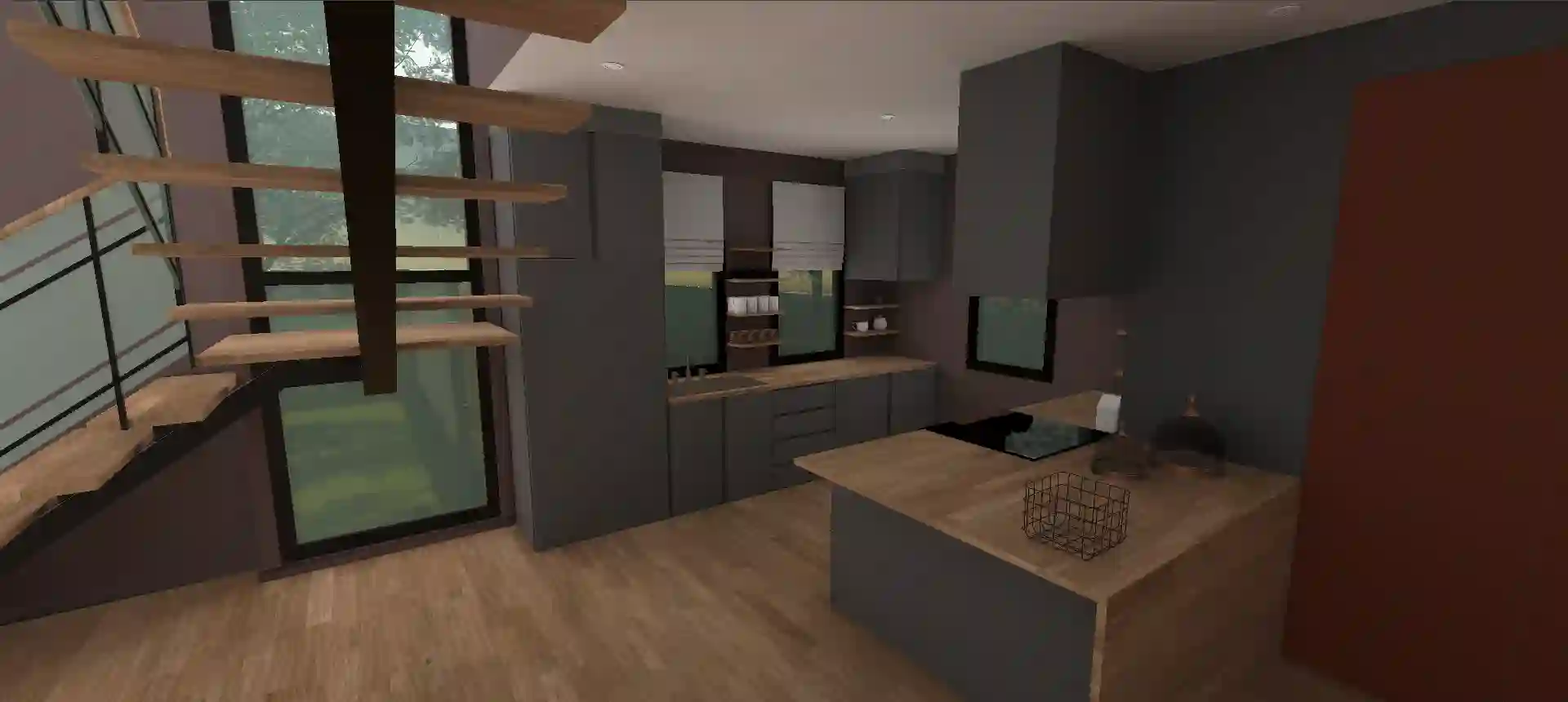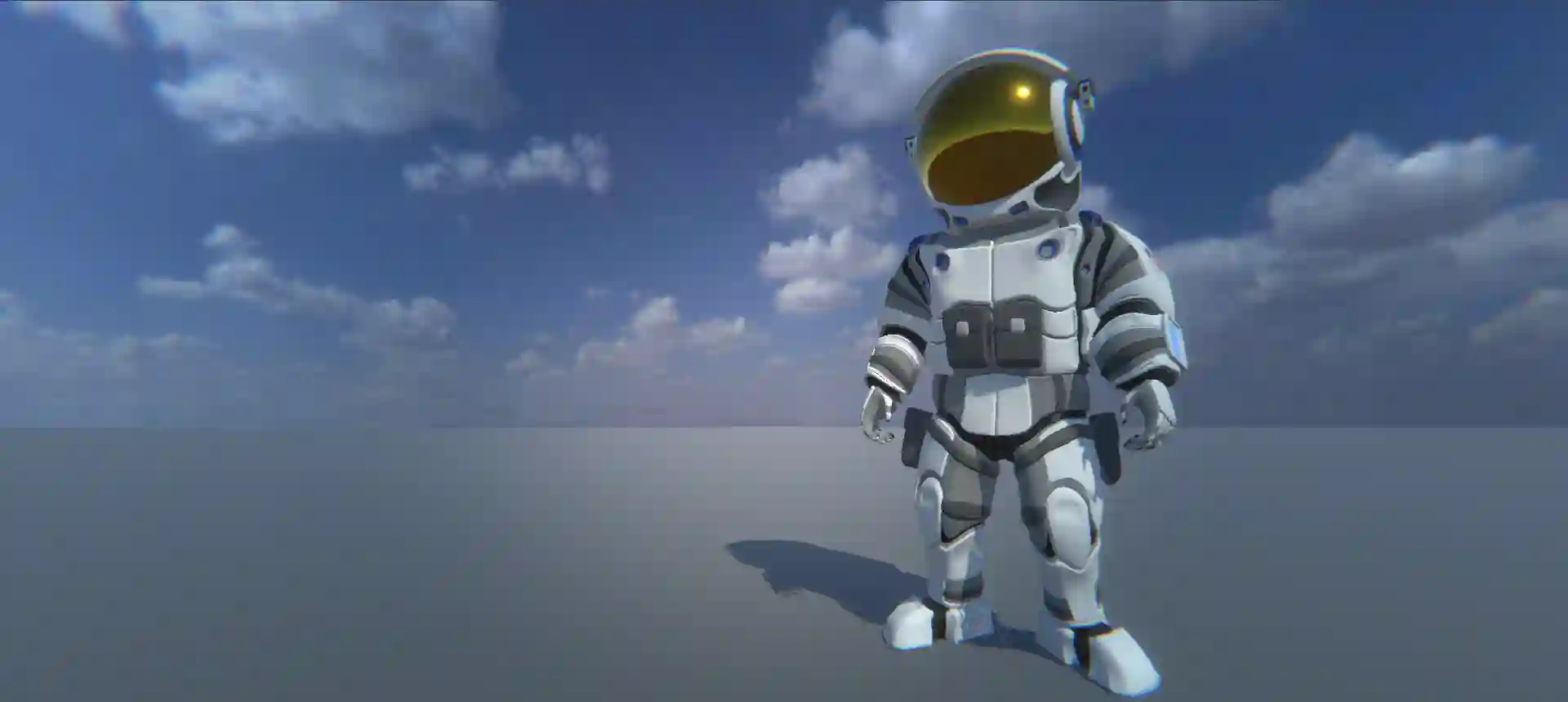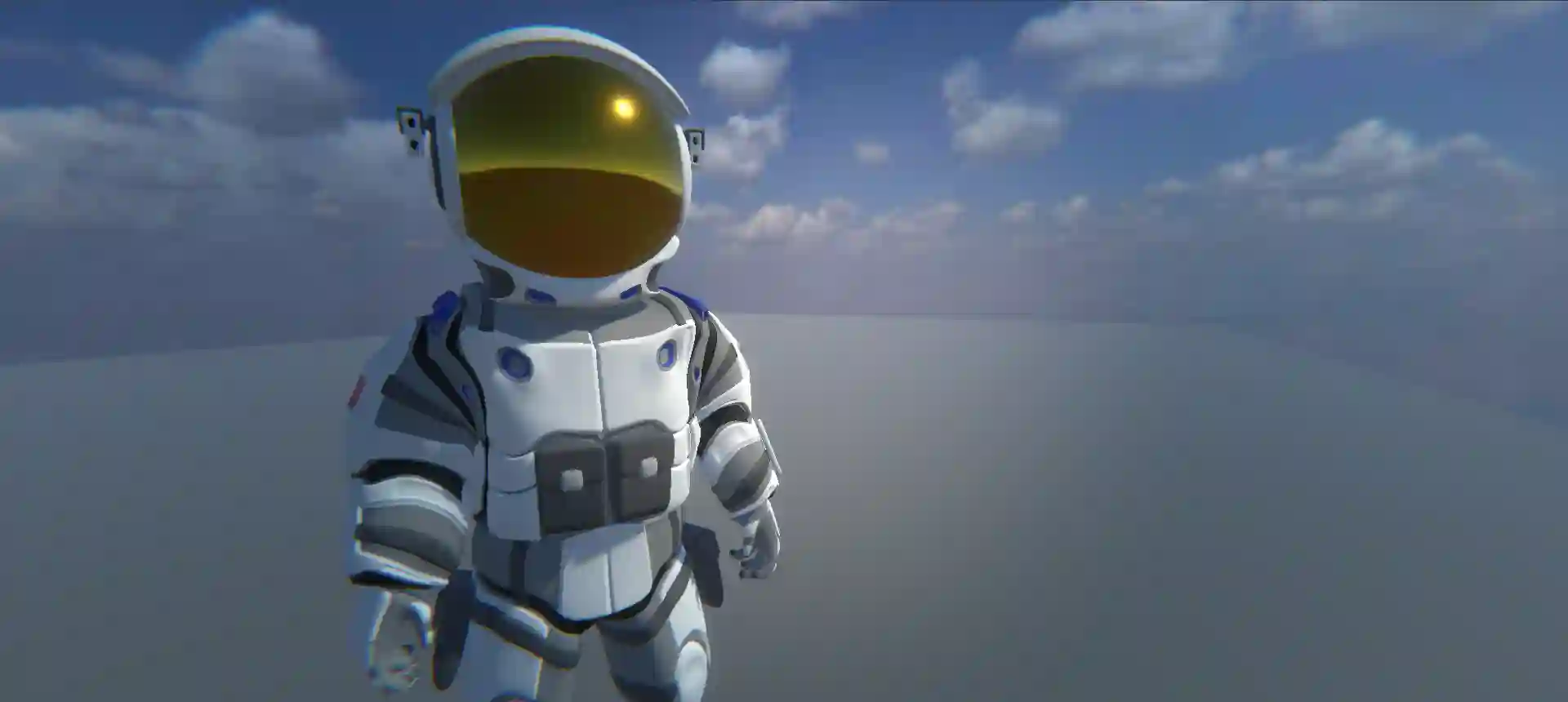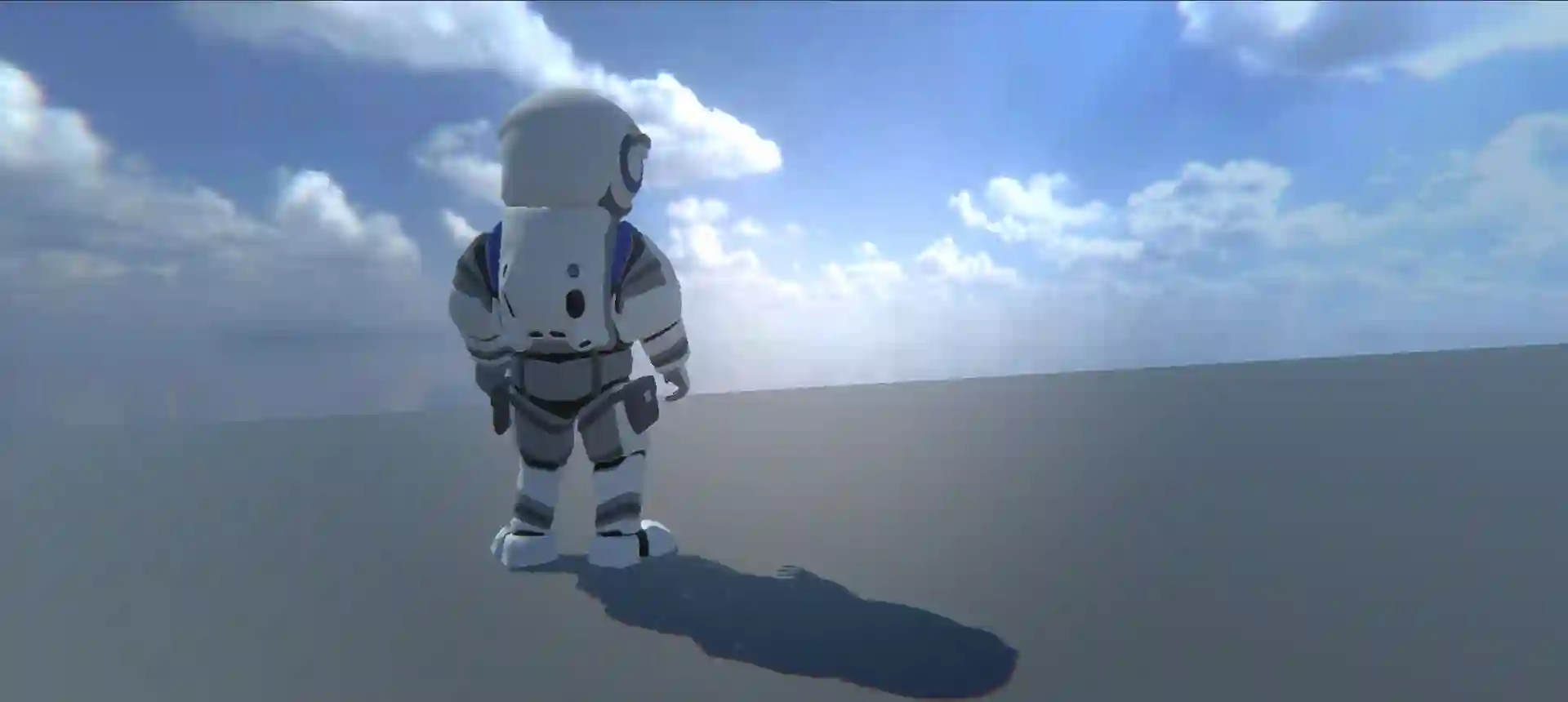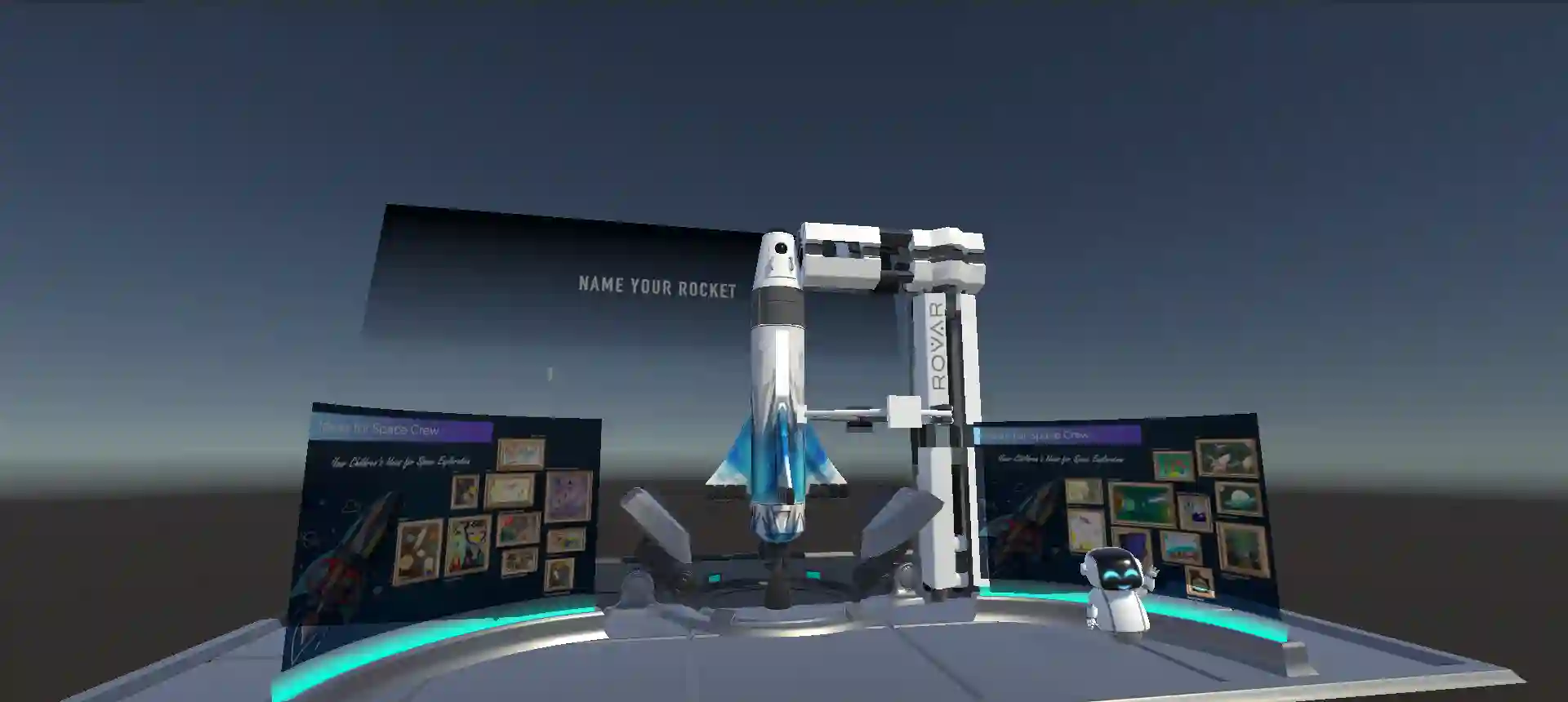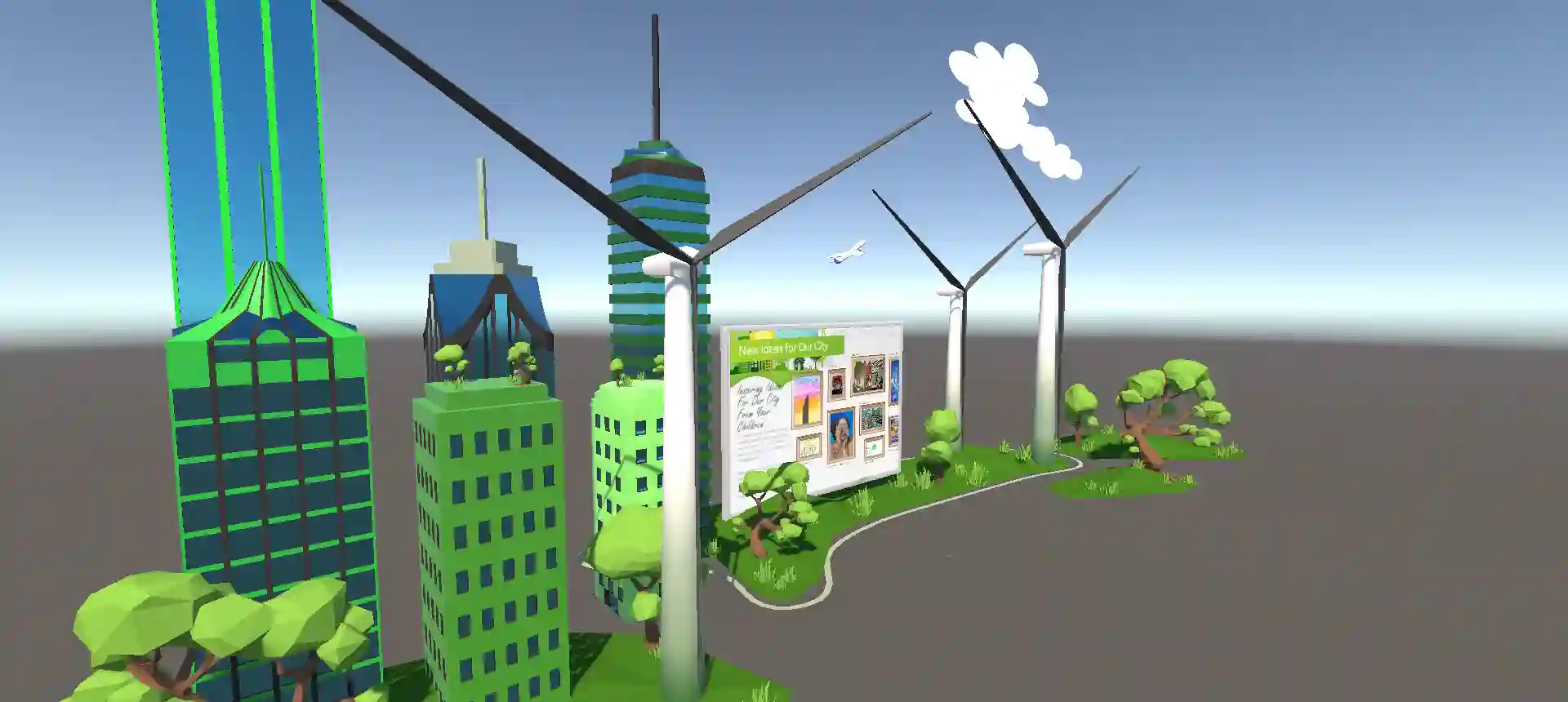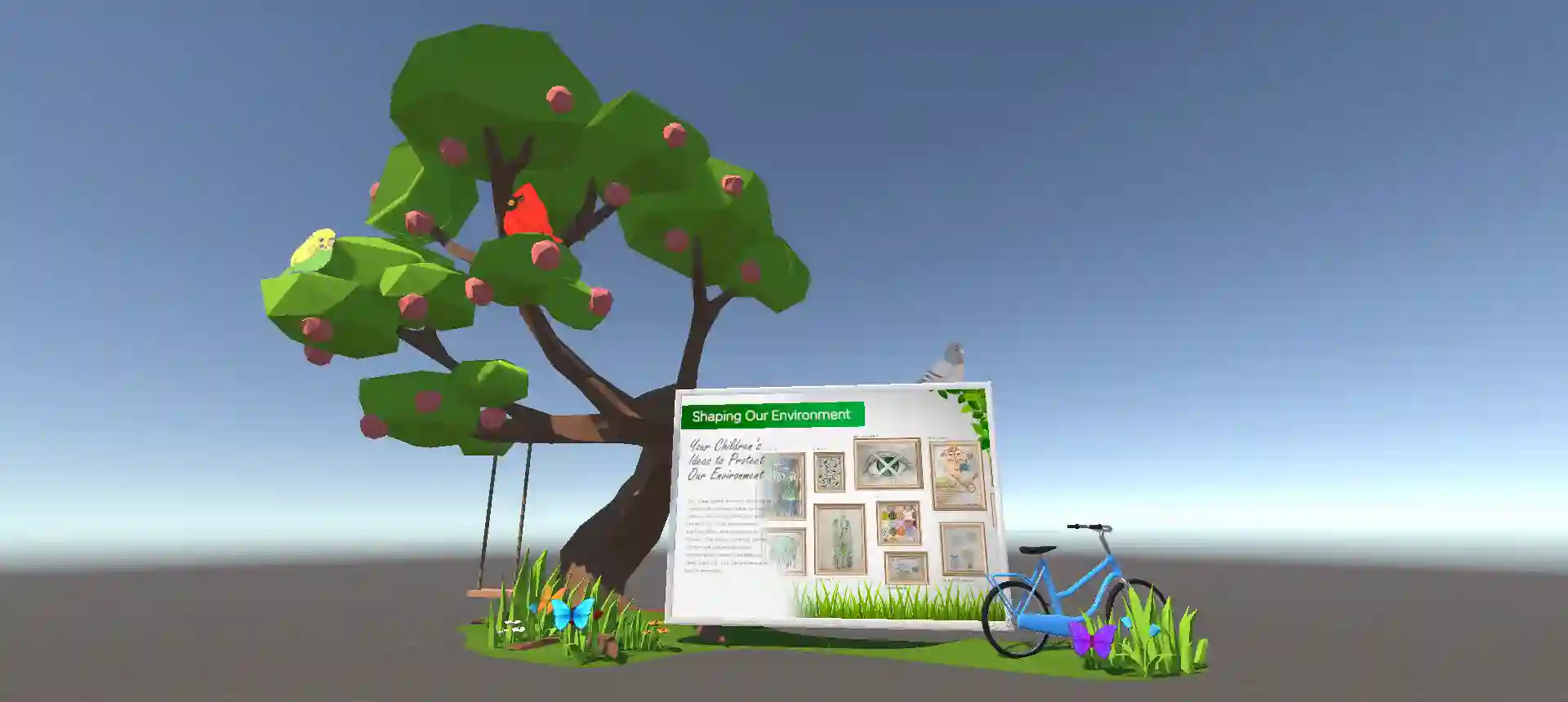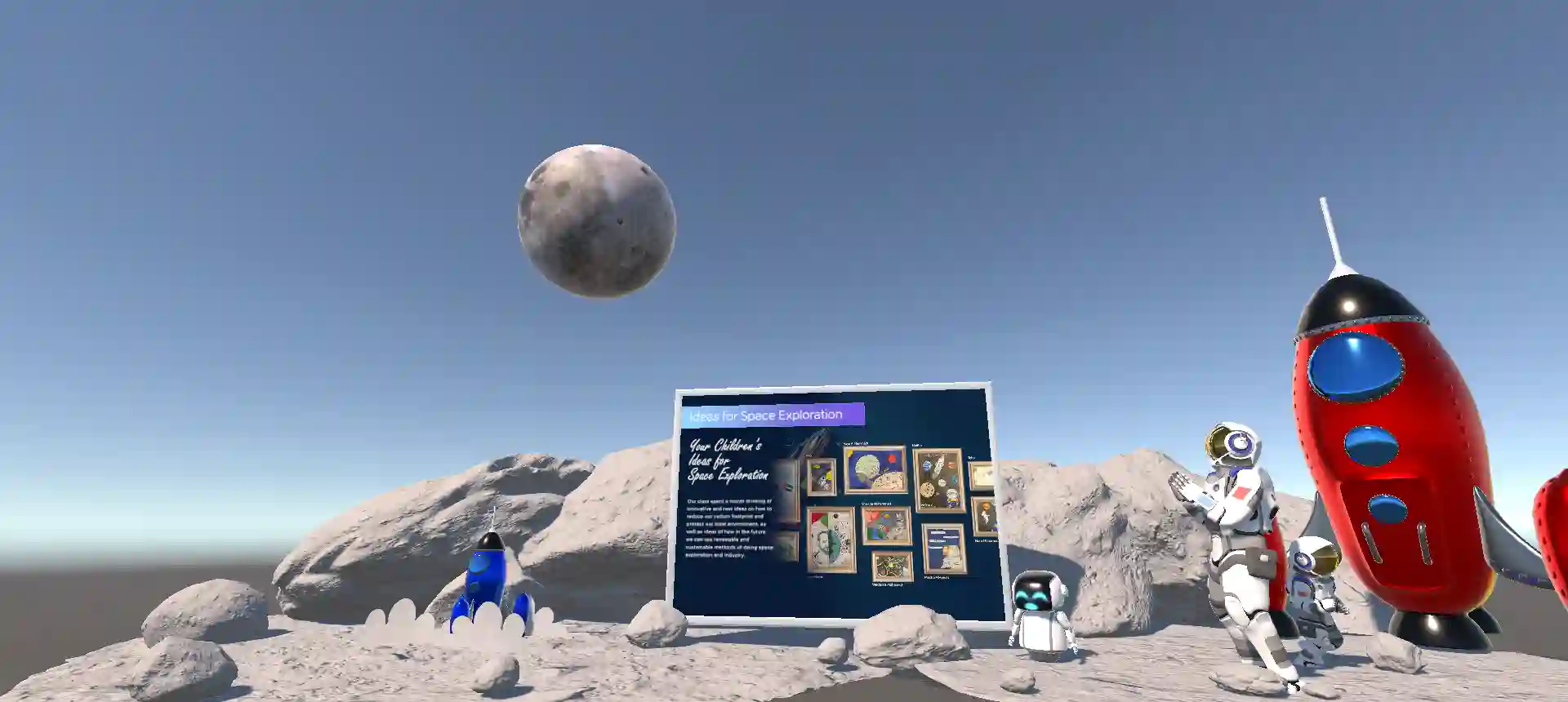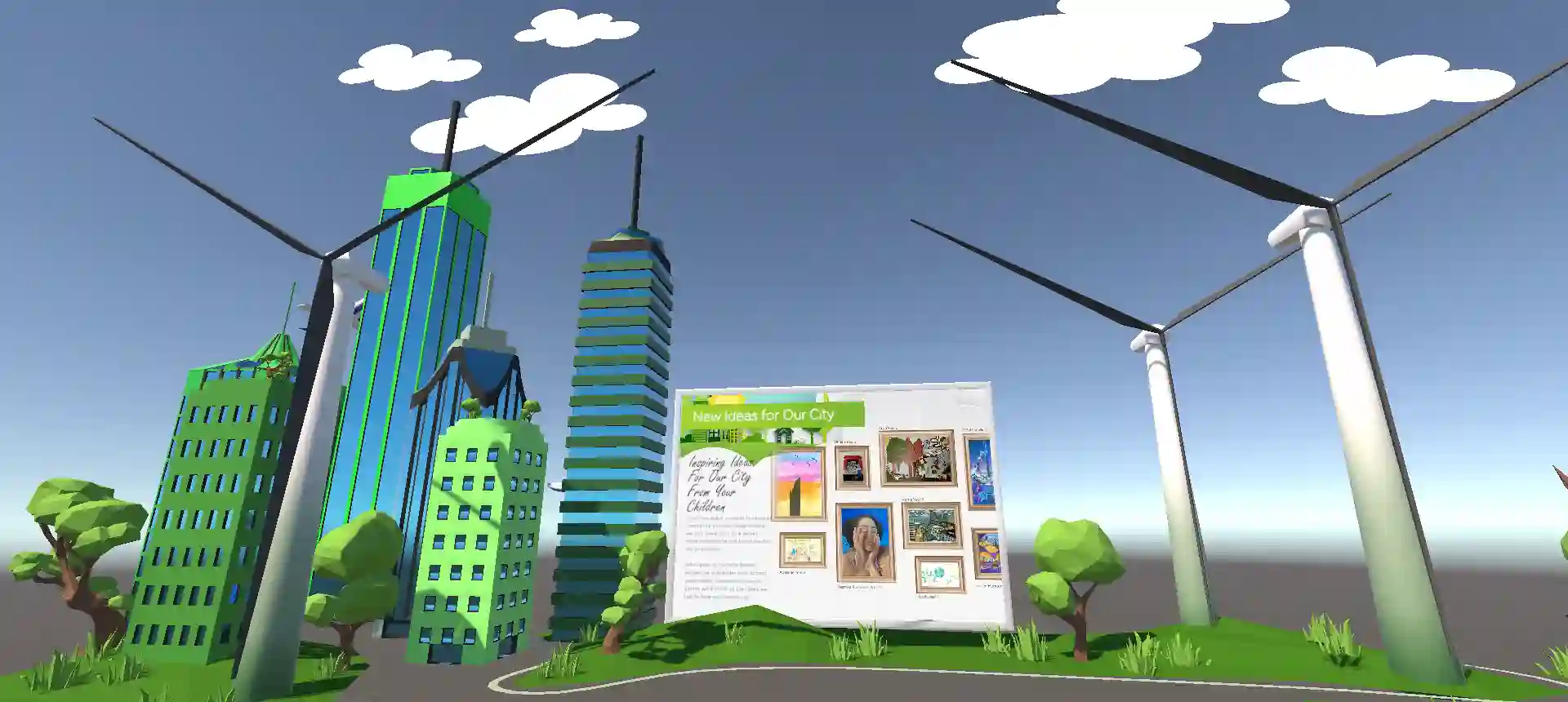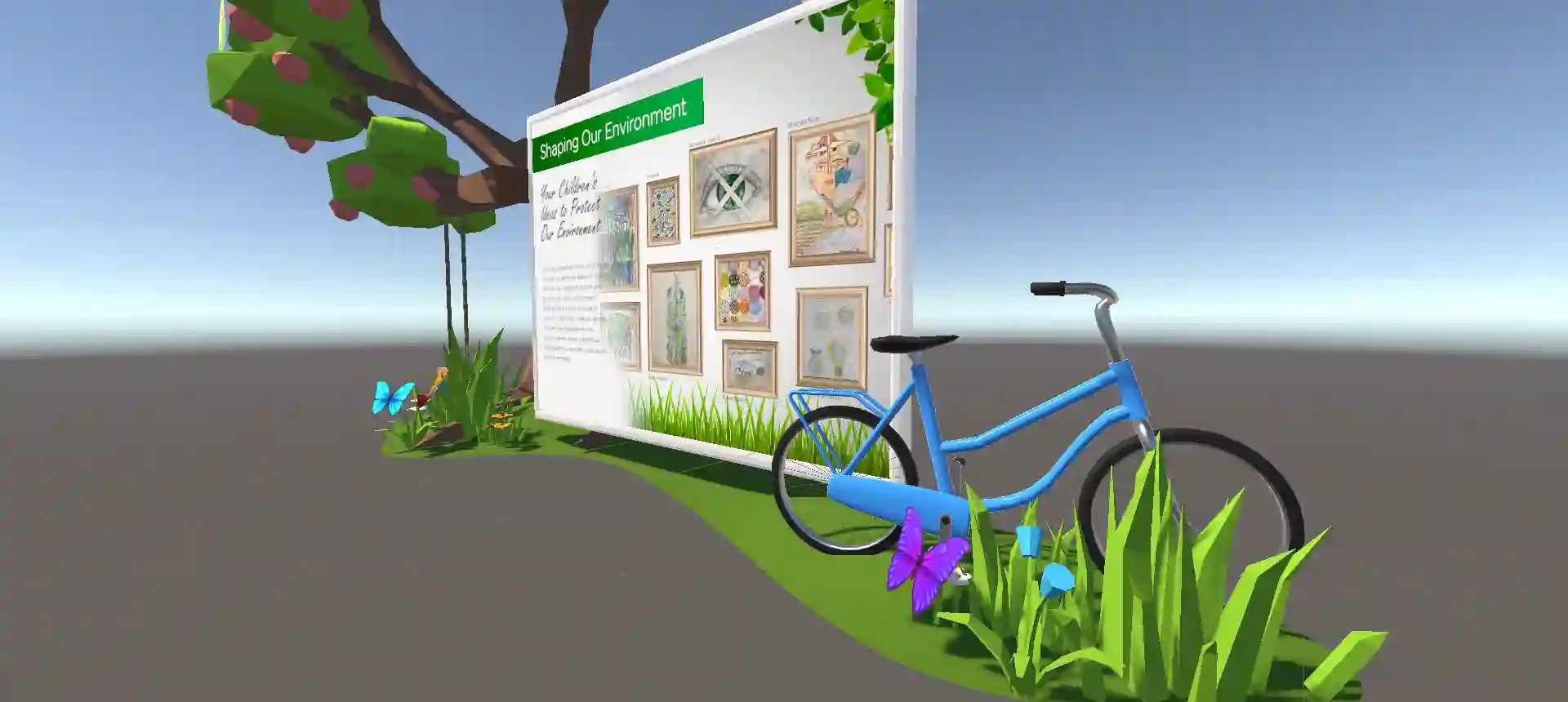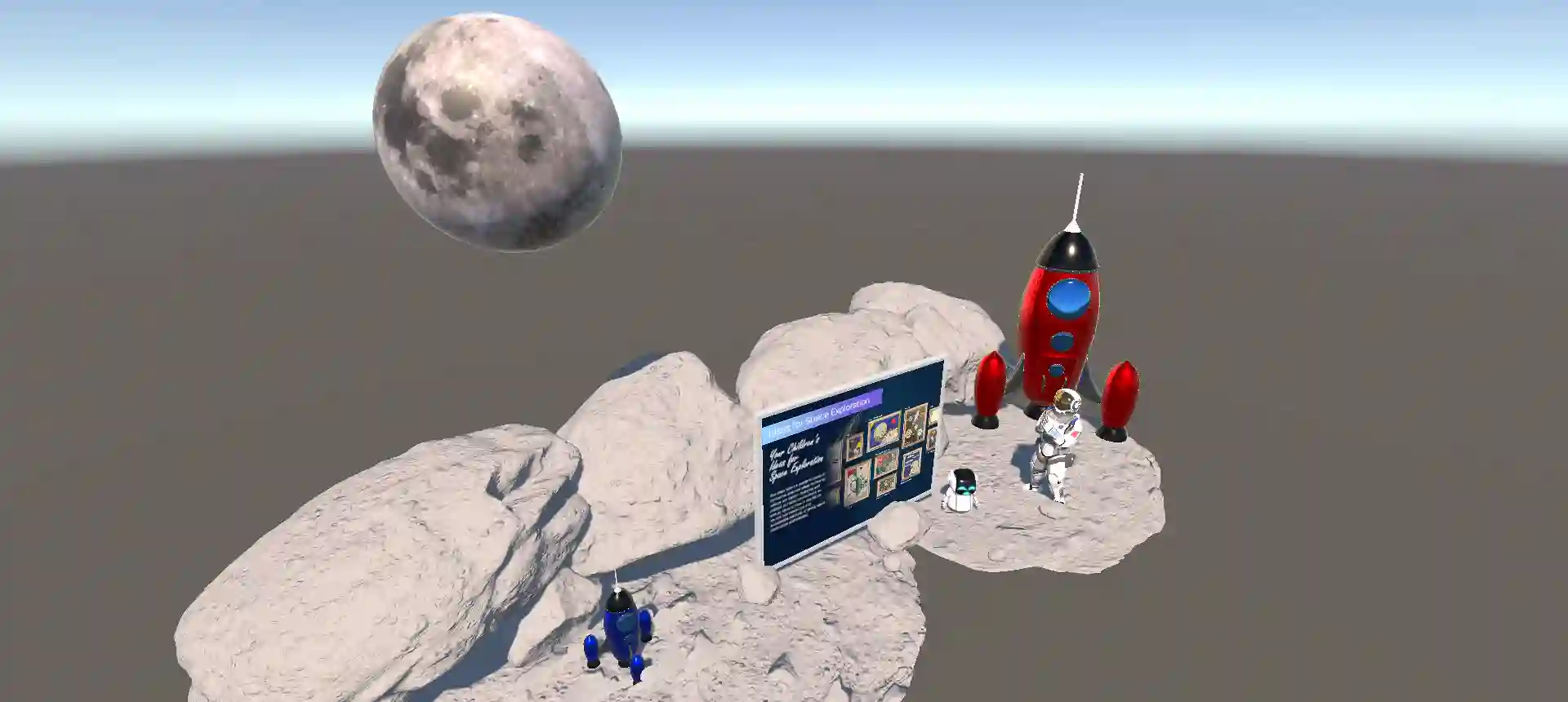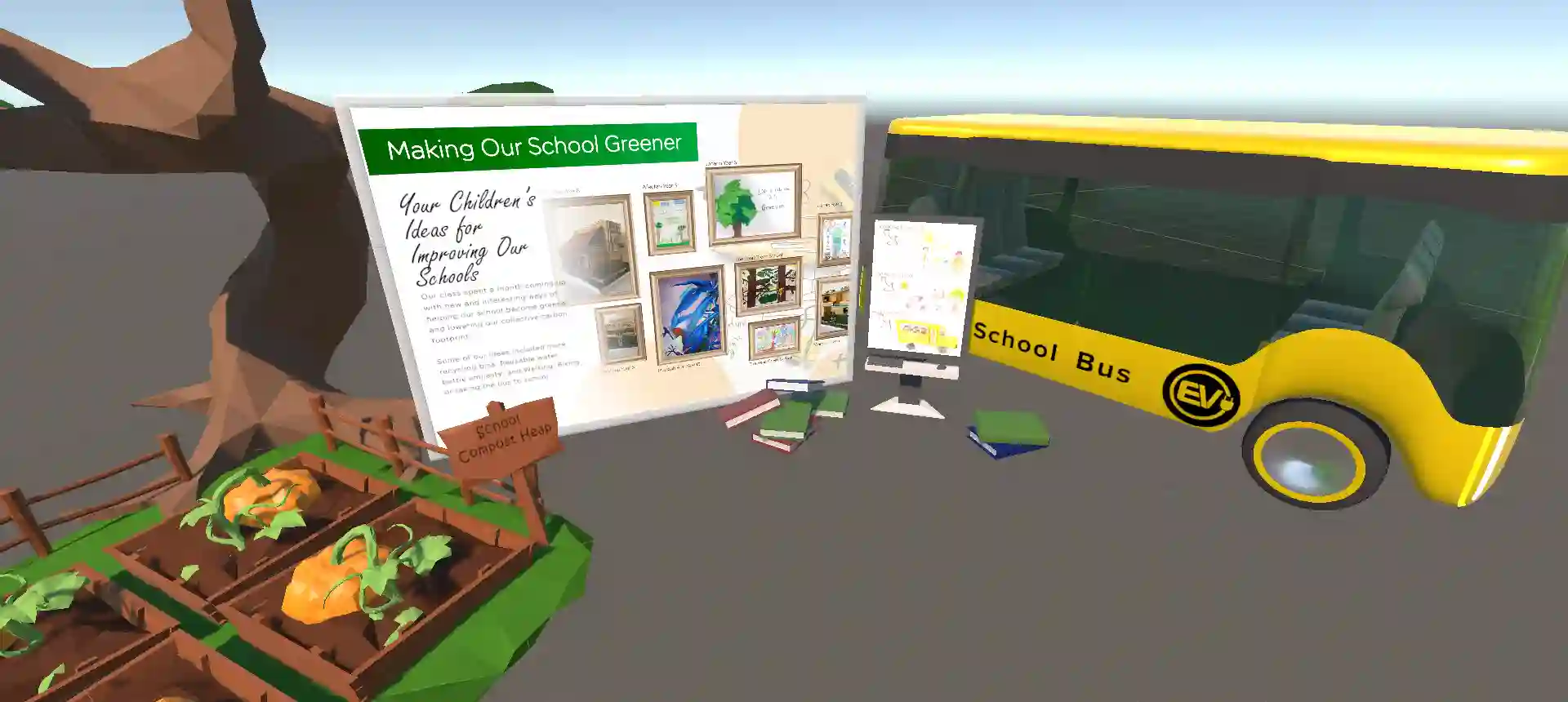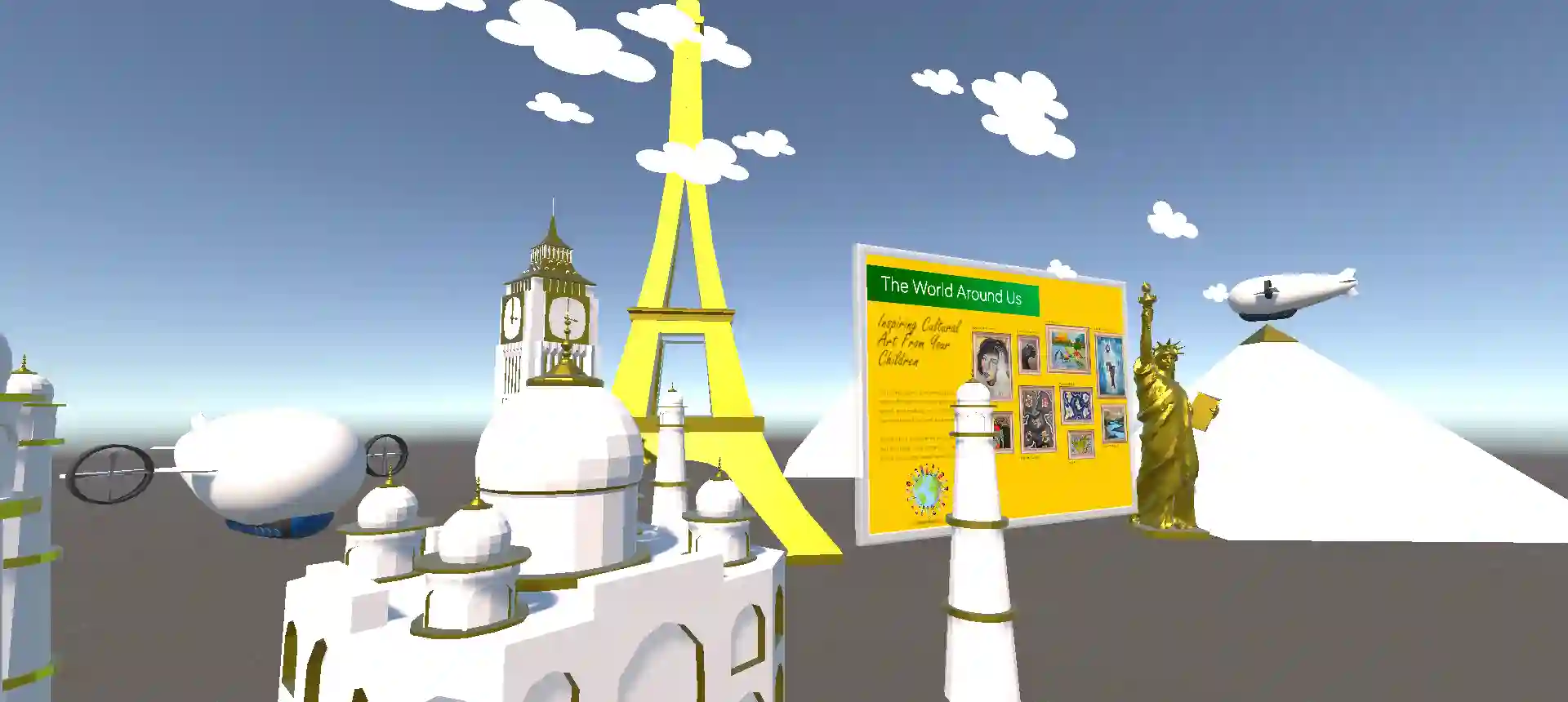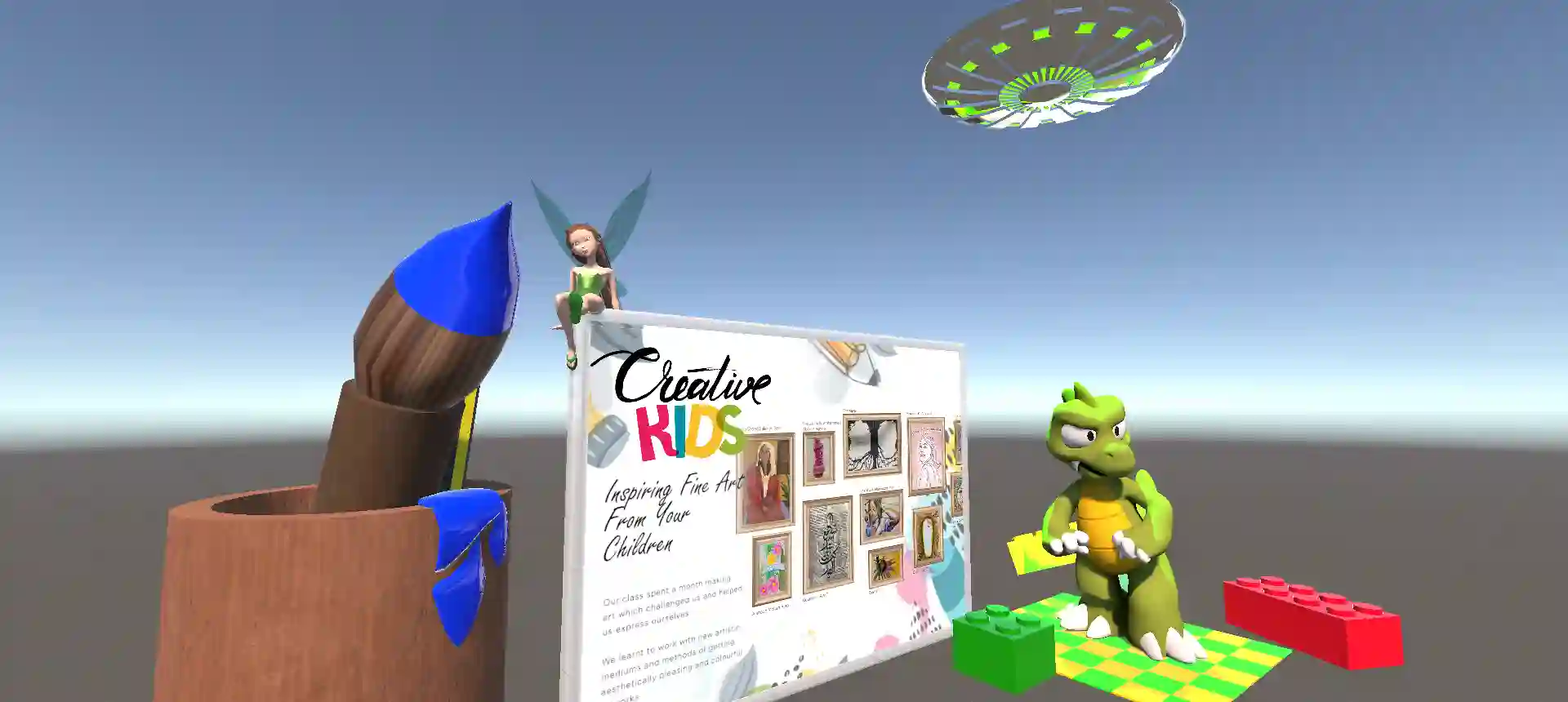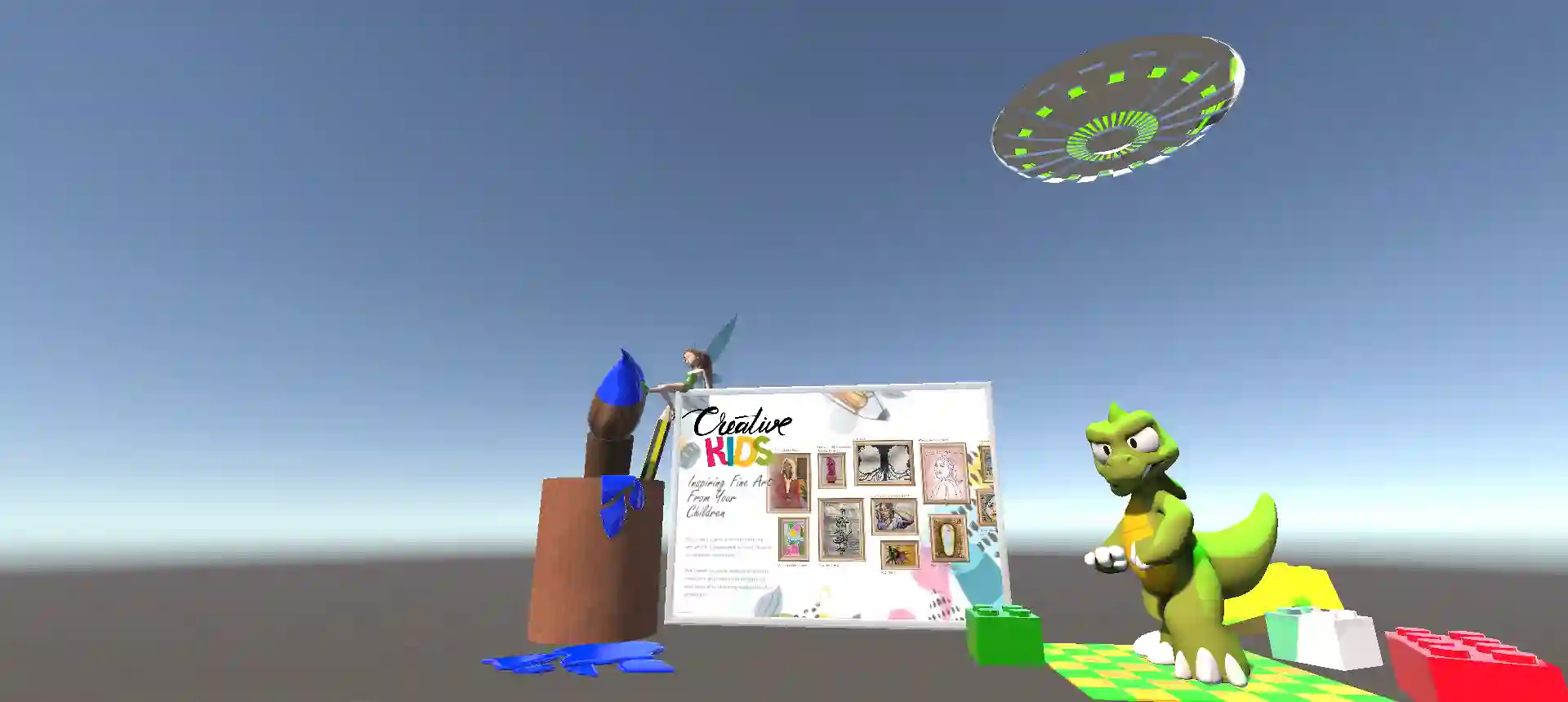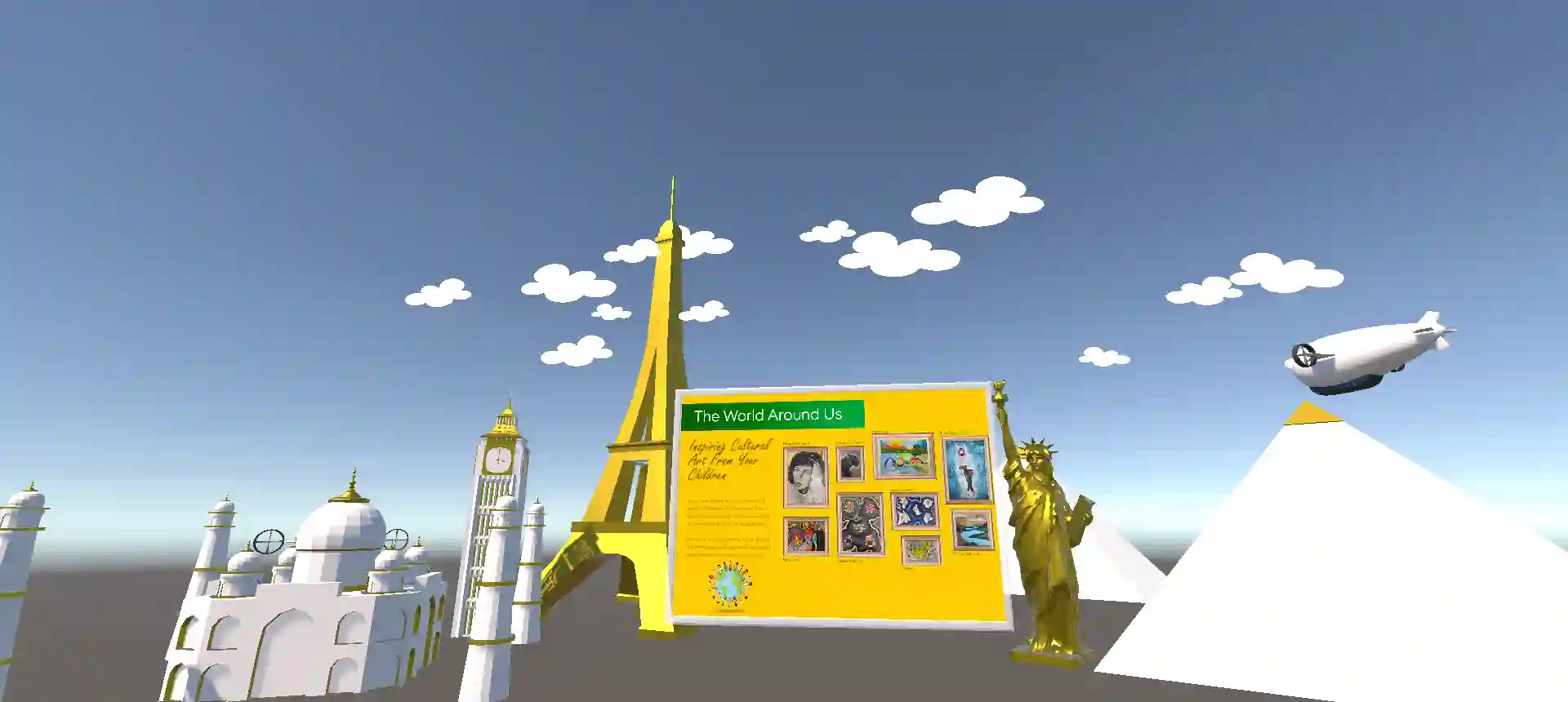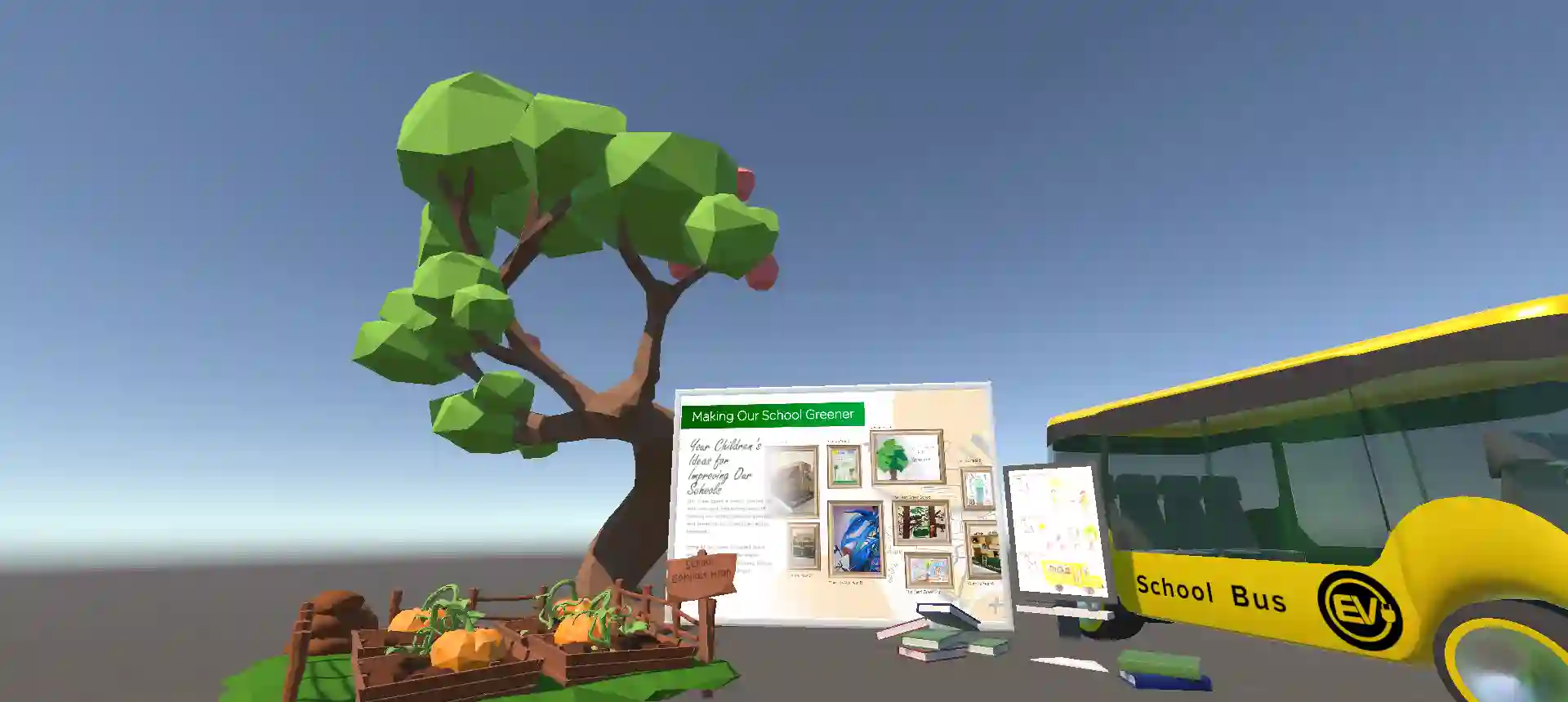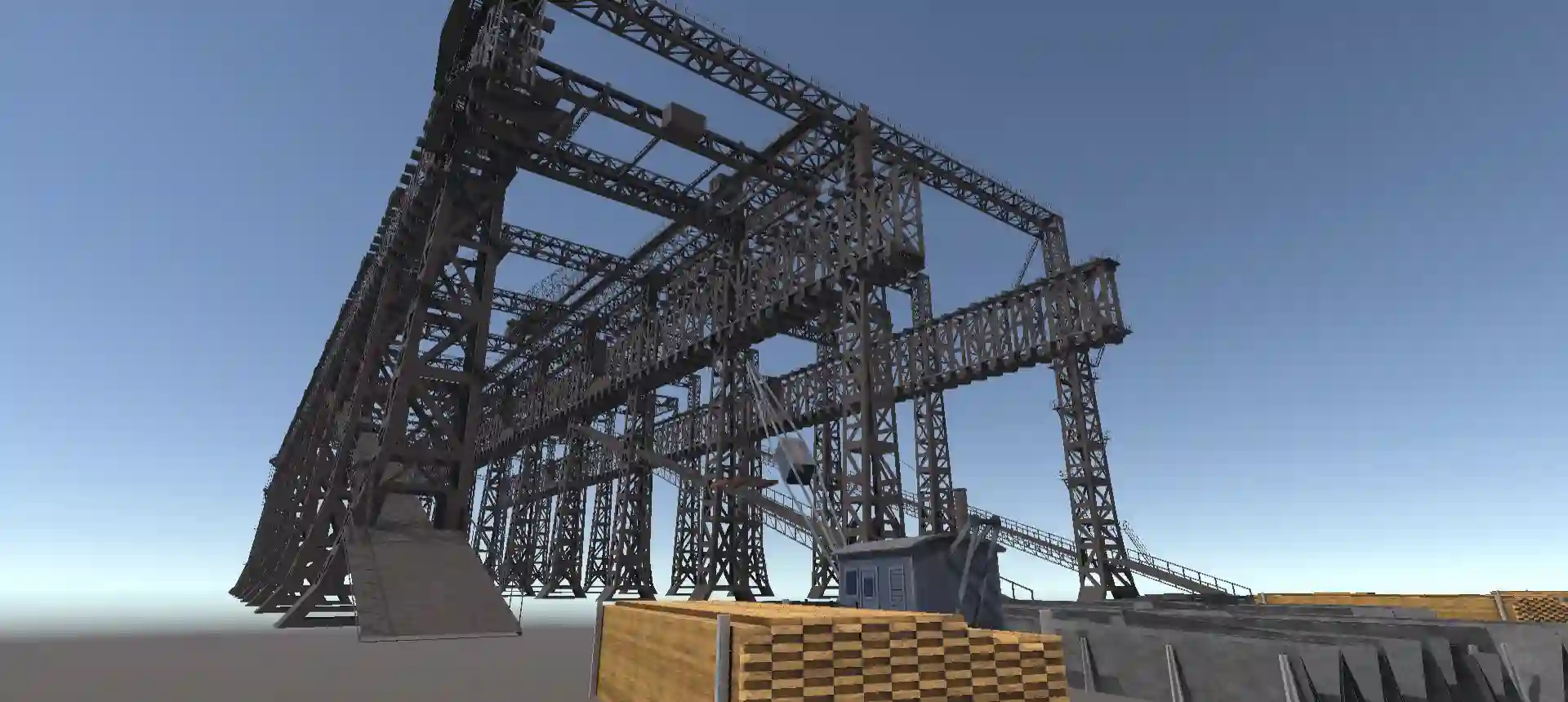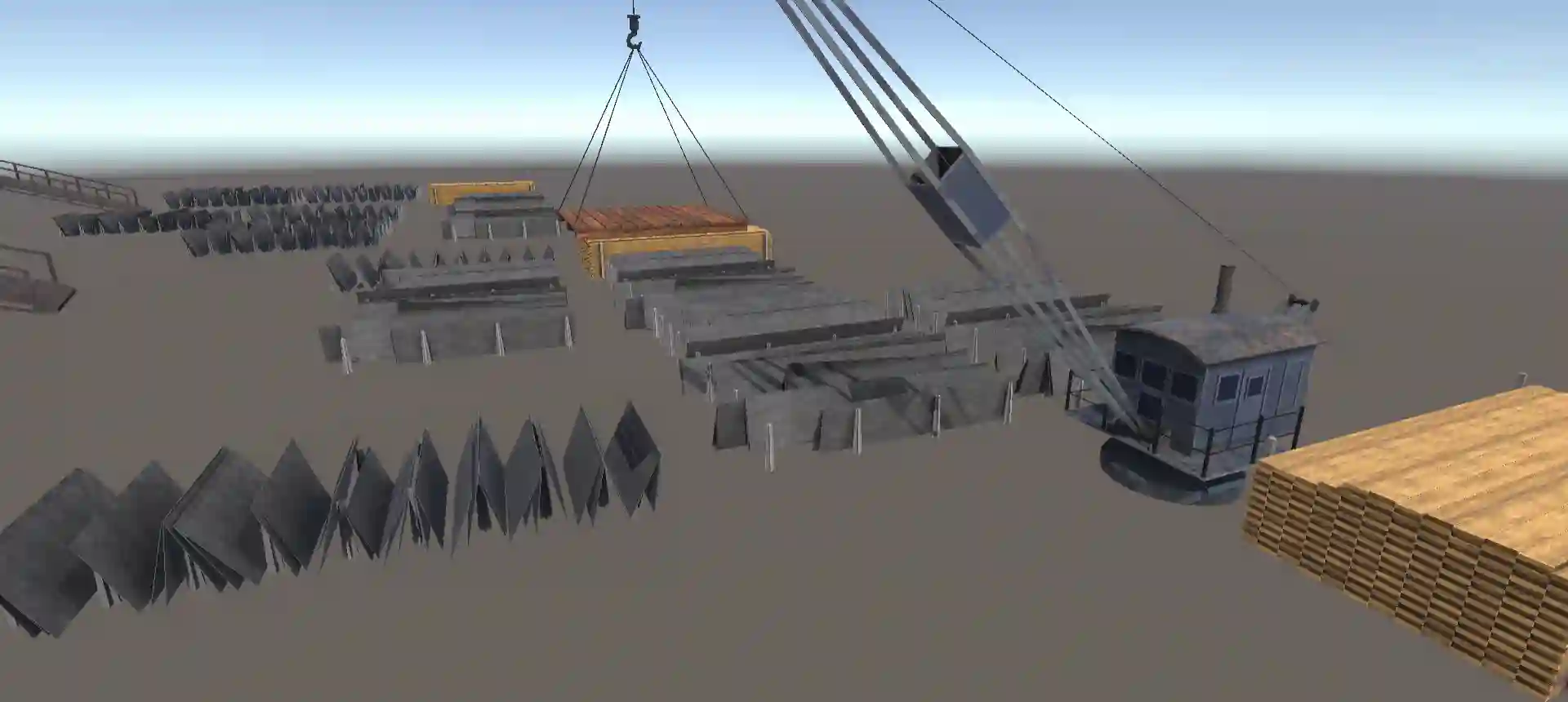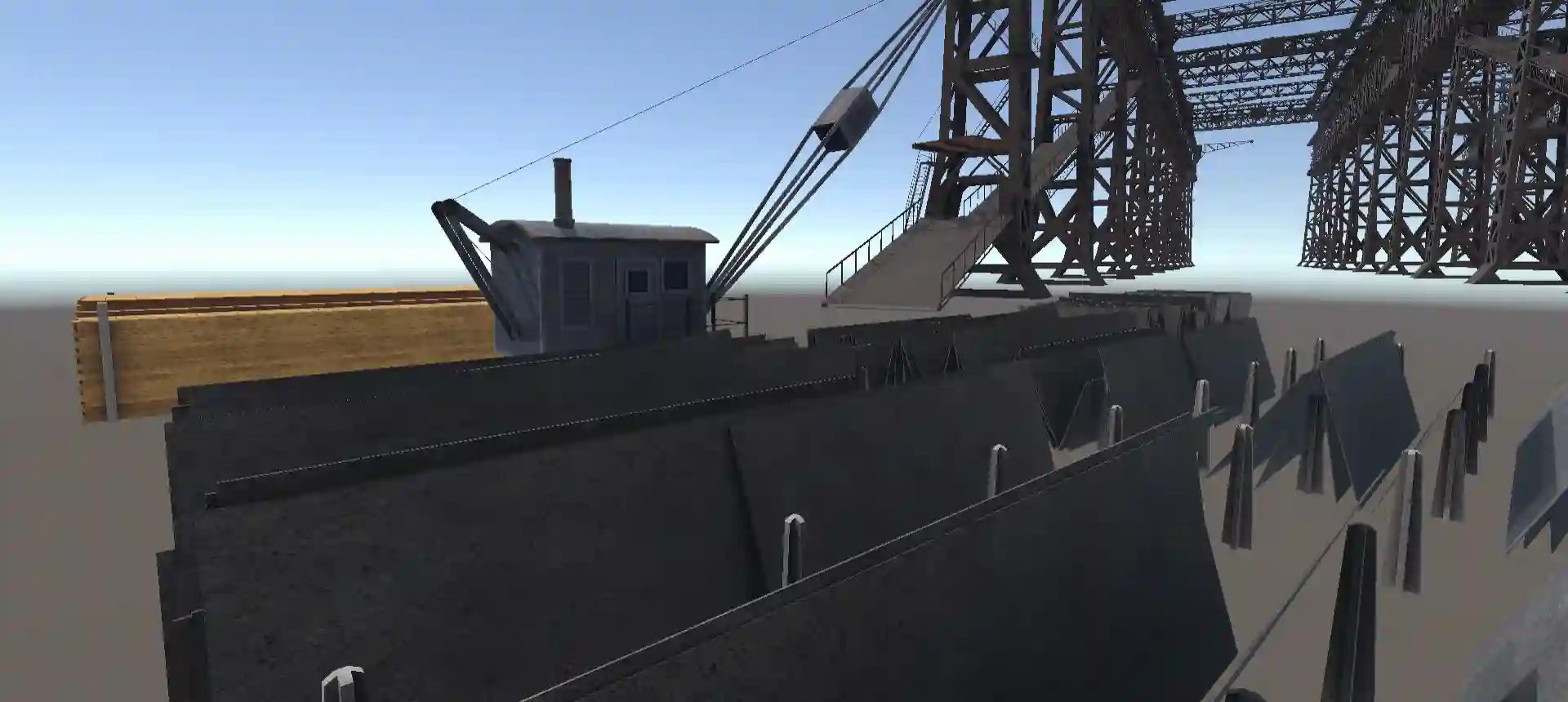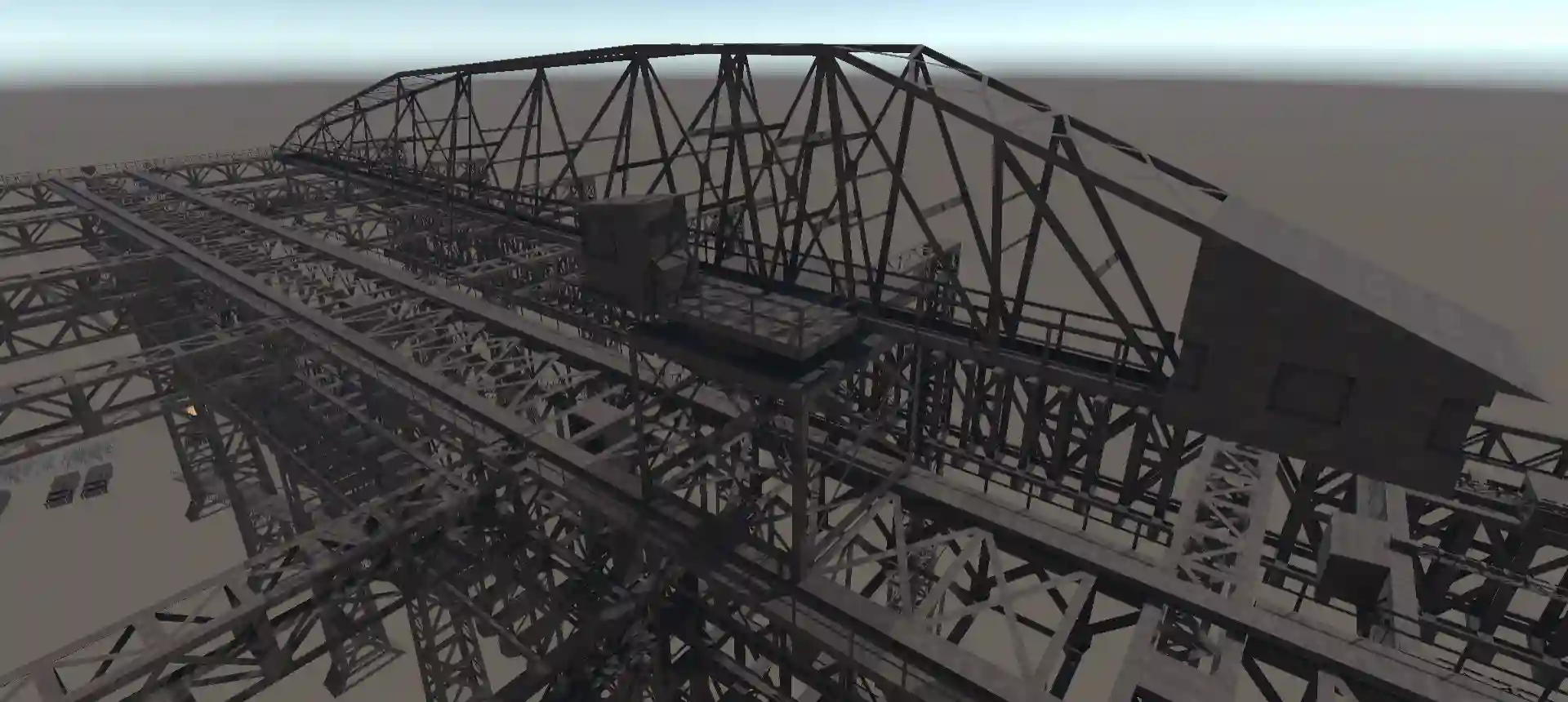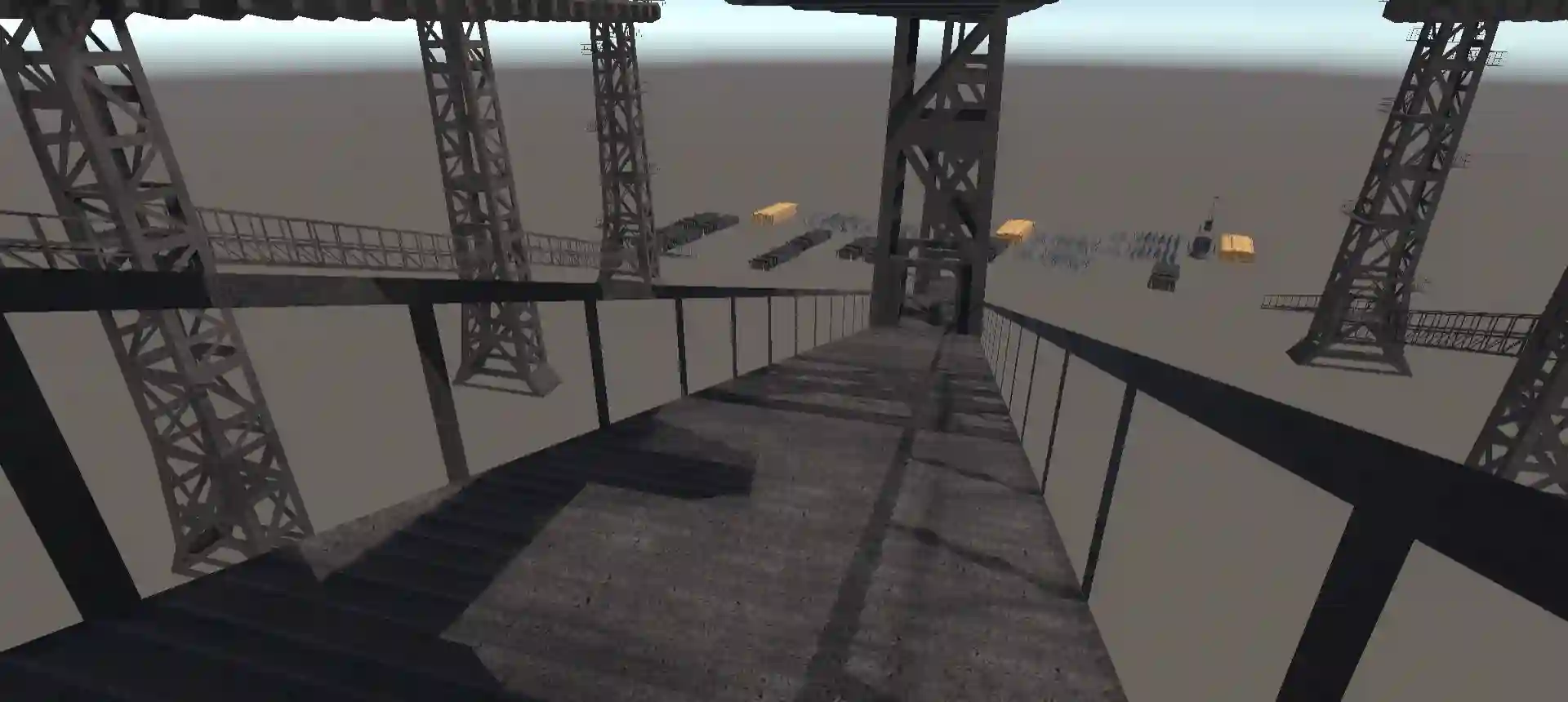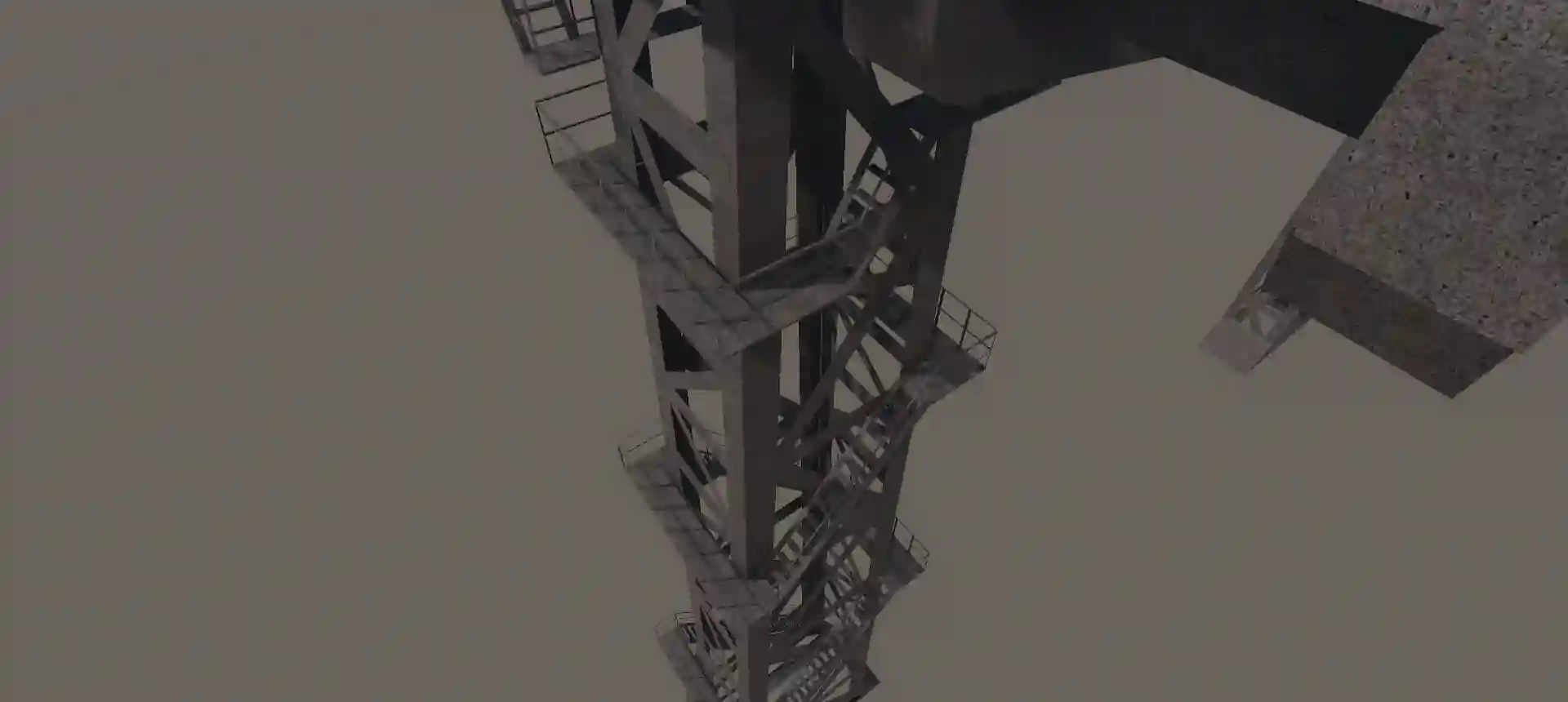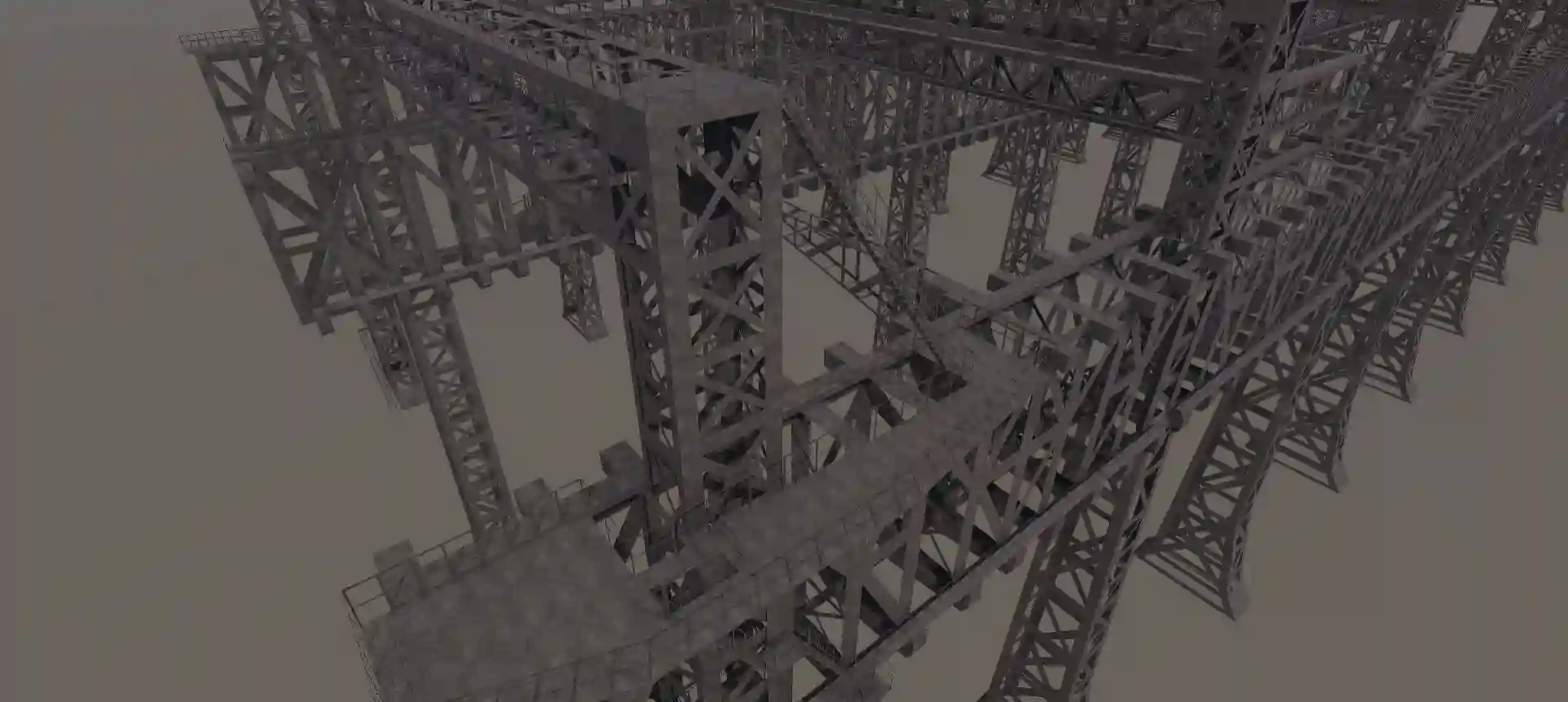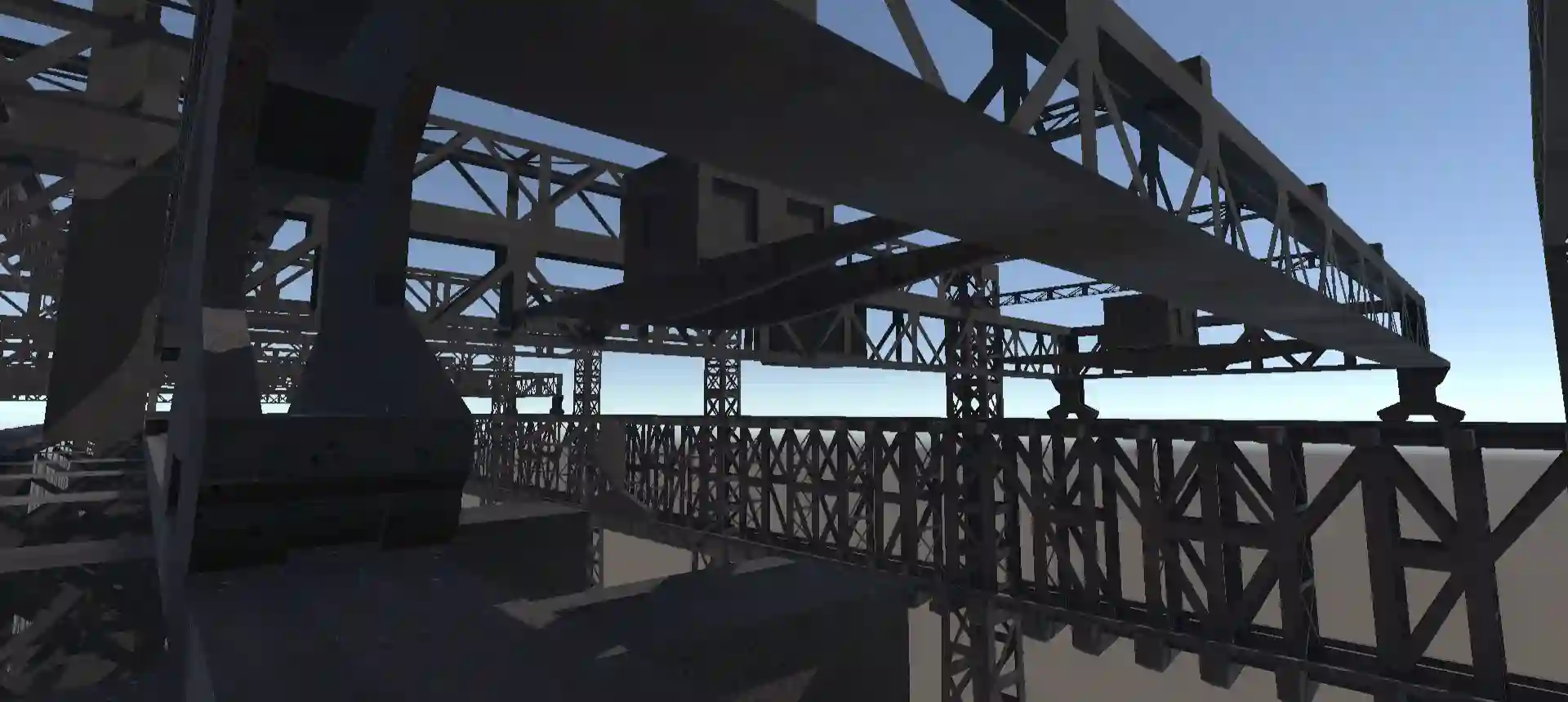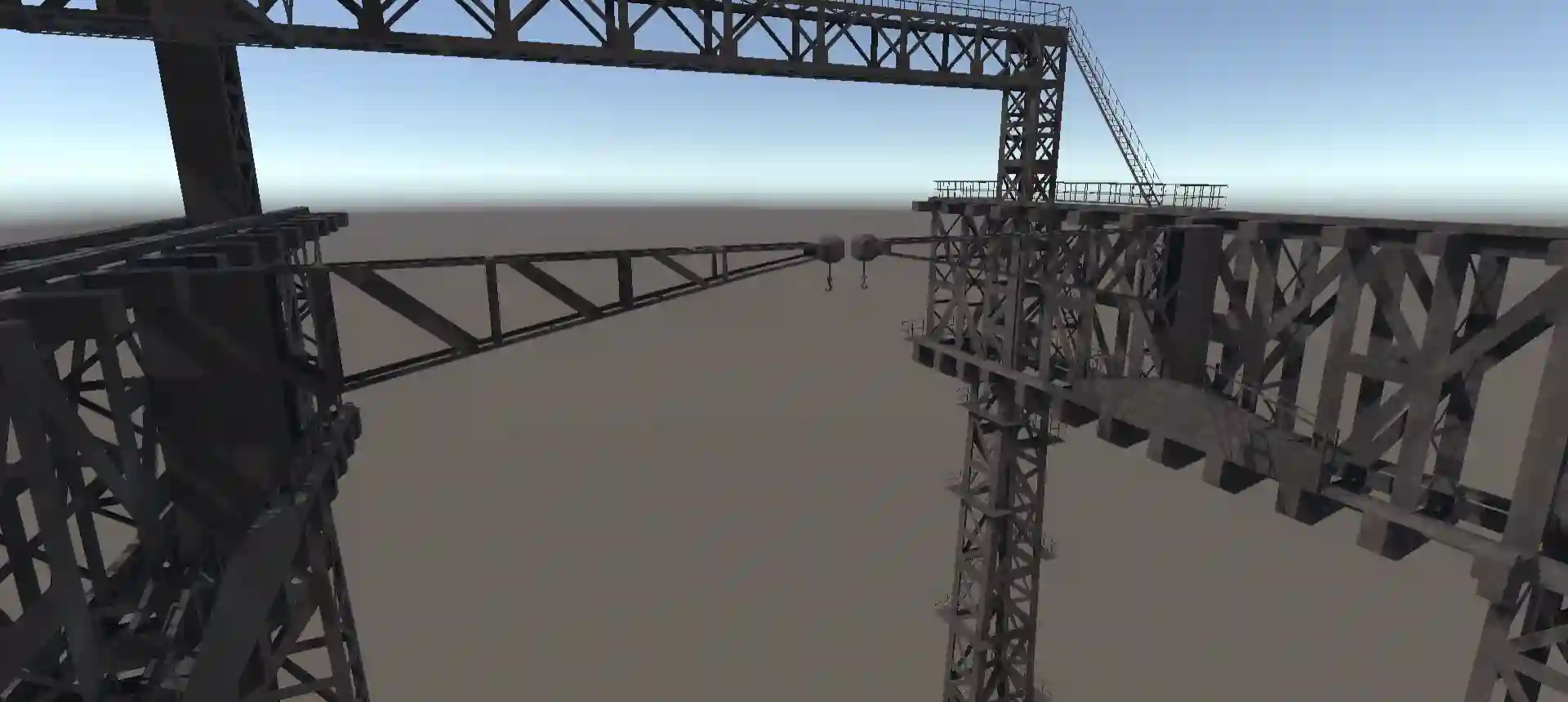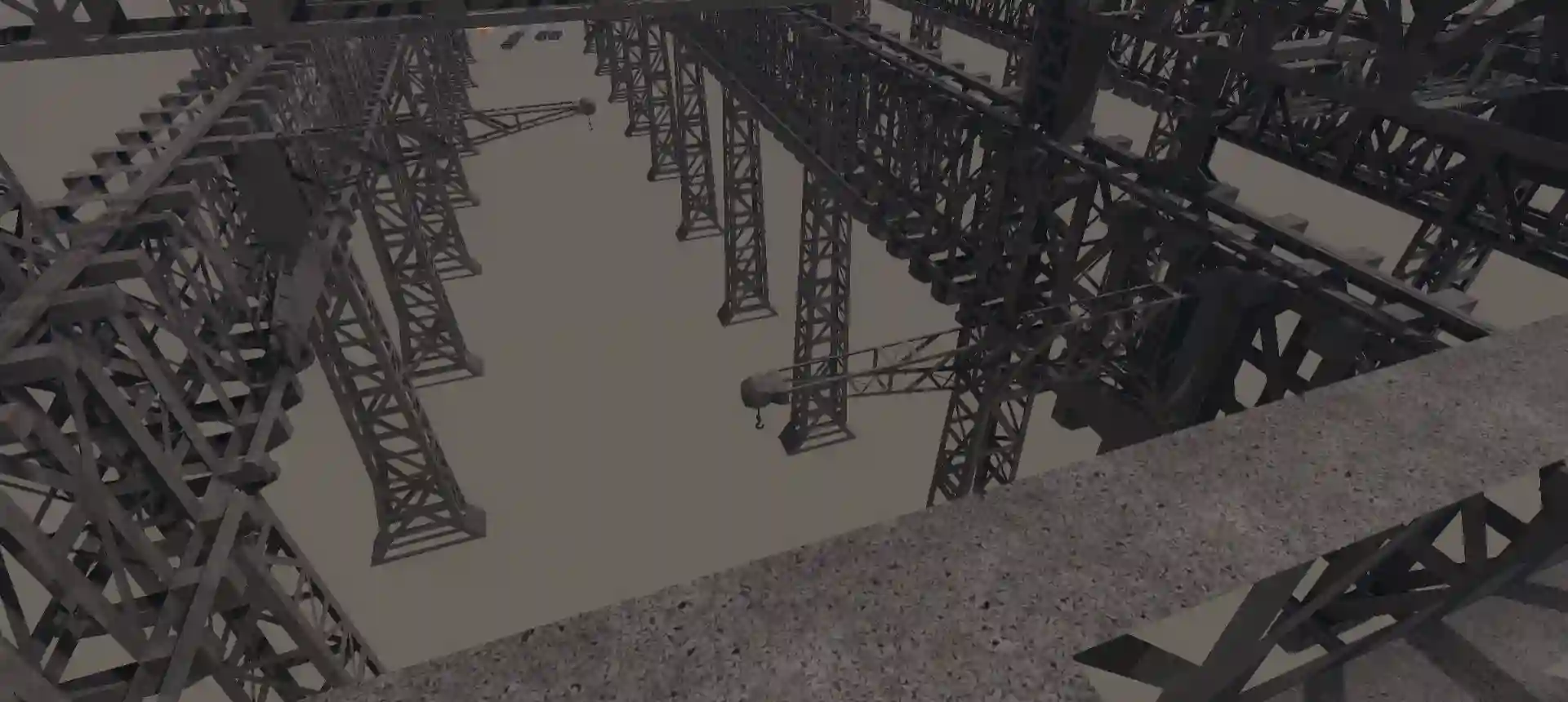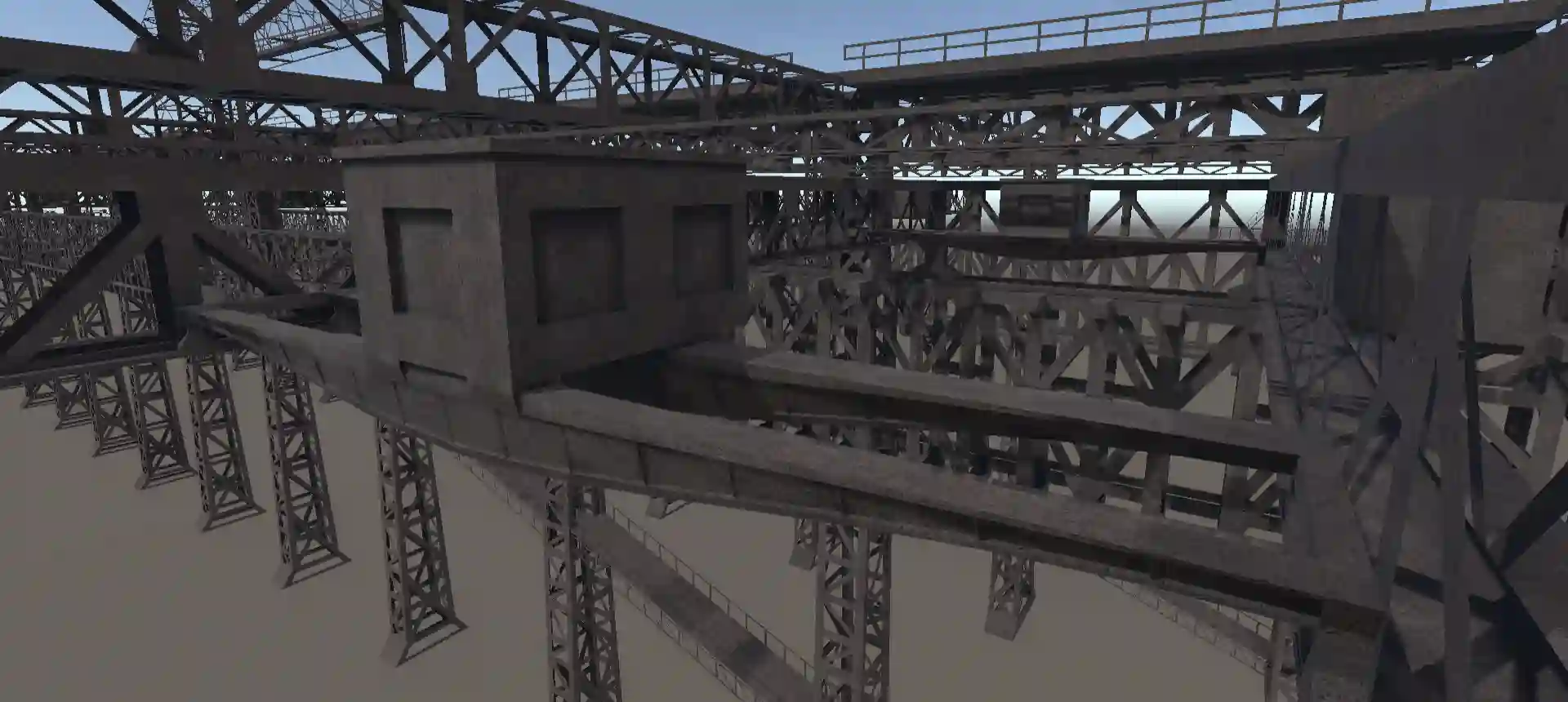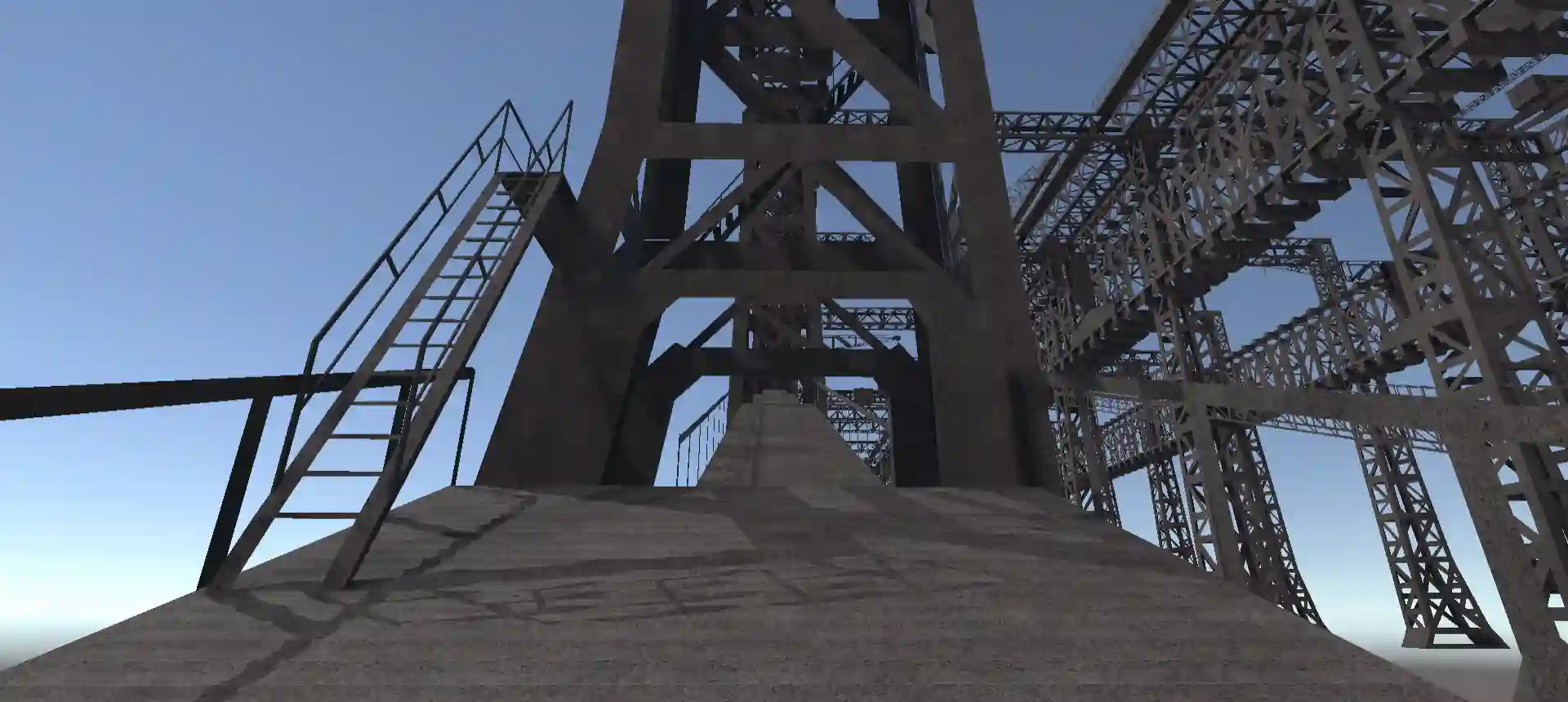The following page presents the range of projects I have produced over the course of the past 4 years. These projects include while on Freelance for the Marble Arches Caves, Forum and Function, Rovar Ltd and more, using Unity and other supplementary software for Models, Materials and Animations.
Select from the menu below to see a specific project, or scroll through this page to see them all.
This project is an Augmented Reality walkthrough of a cave system heavily inspired by the Marble Arches Caves in Northern Ireland. The experience can be downloaded on the Google Play Store here.
My role in this project was leading in the Art and Interactive development process, ensuring all assets implemented by the team had a covesive look, were low poly but high detail, and ensured all supplementary UI, Textures and Images used fit the style of the experience we wished to design.
We first designed the full Marble Arch Cave system, before integrating a number of 3rd party and internal assets into the Unity Scene. What initially started as a VR scene was later converted into AR for use on Smartphone and Tablets to more easily allow third parties to download the experience on the fly.
Now that the experience is available free on the Android app store, users can now freely experience the caves either while travelling Northern Ireland and unable to enter the caves themselves, or from home curious of the countries natural features and interested in learning more about them.
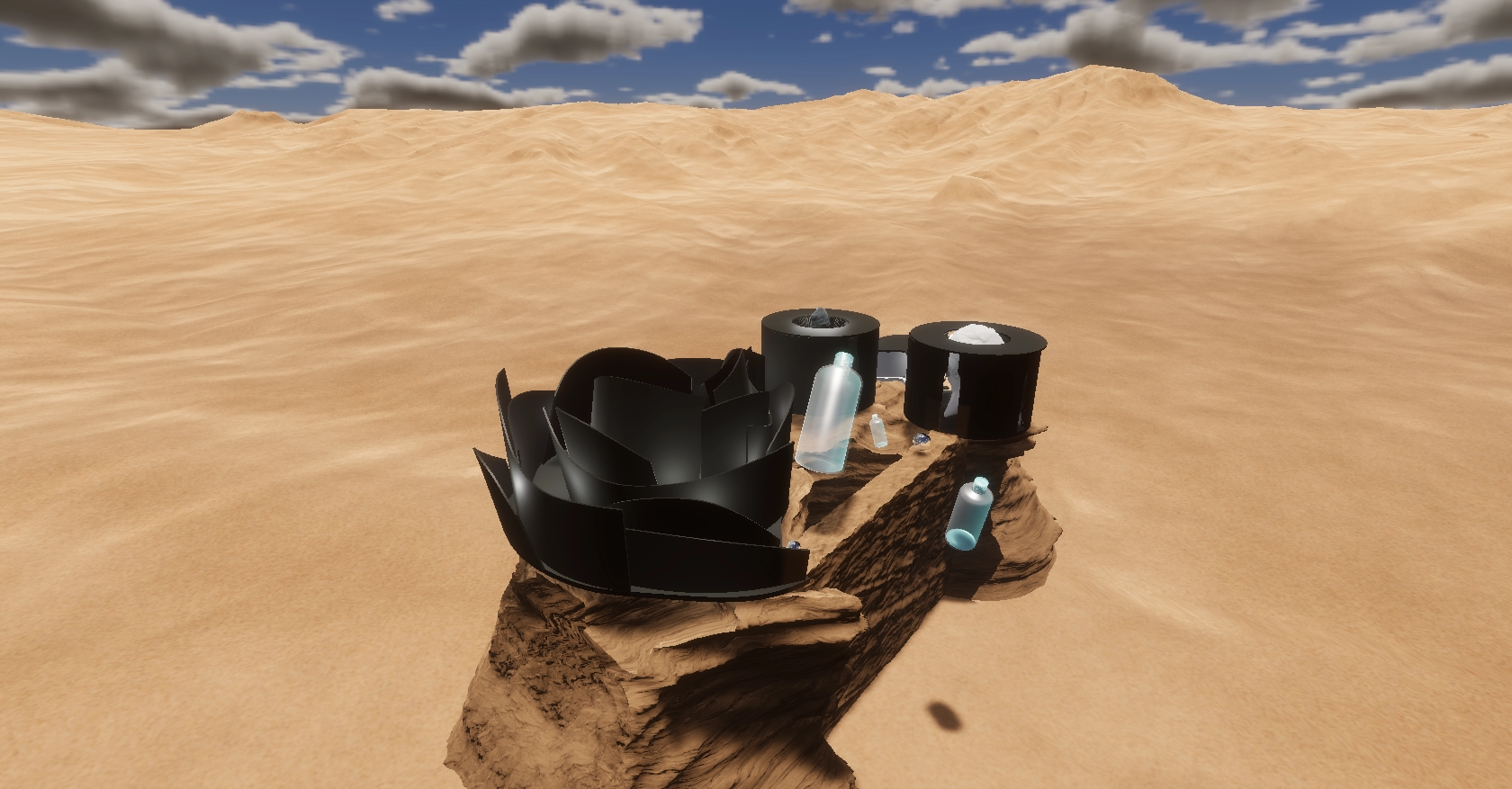
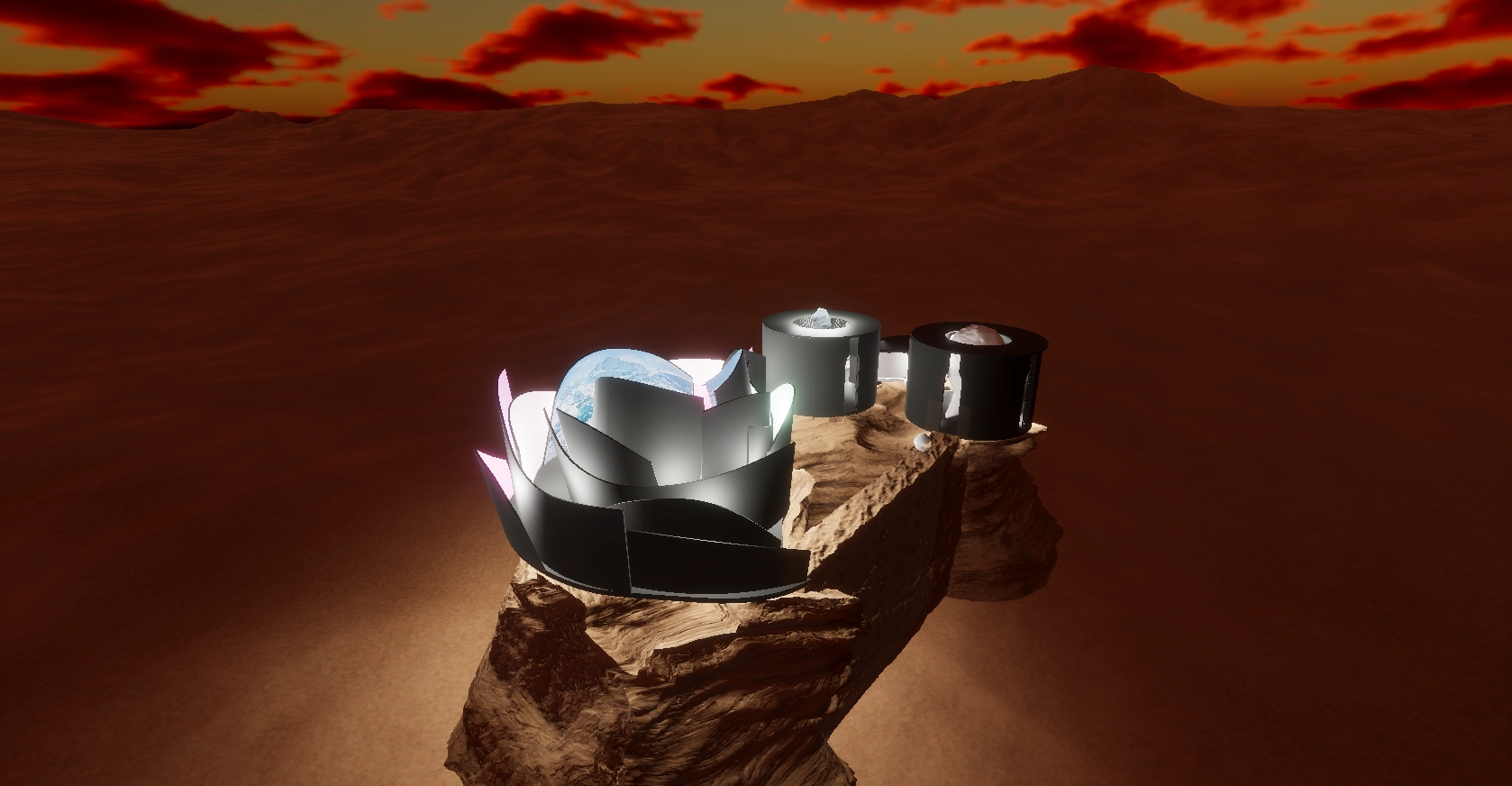
This project was made for the collective Forum & Function as a 3D Web experience. Showcasing 3 areas, Art, Retail and Fashion, the experience allowed third parties to showcase their art work, concepts and products in a shared dynamic and evolving web experience.
My role in this project was as the lead designer and interactivity developer, interpreting concept art and client desires into the main pitch simulation, renders and images as well as promotional materials for investor interest.
After numerous initial design meetings and discussion with the involved stakeholders, I and the team got to work designing simple areas of the scene and gradually iterating on the architecture, embellishments, materials and decorations throughout the scene. Beginning in Unity to whitebox the space, then designing the architecture and some key assets in 3D Studio Max before importing into Unity.
The experience had to be abandoned as key stakeholders had to pull out of the project, though the final pitch build was completed. This included having a fully traversable walkthrough which changed the scene as the user navigated through it. The video showcased here is a sped up and simplified version of the experience the user would have navigated and showcases some of its key features.
The Grove was one of my most recent projects working at Rovar Ltd, made for a client in the middle east, we were tasked with showcasing their new housing and retail developments and wanted to make a proof of concept to illustrate the realism and interactivity possible with Unity AR.
My role in this project was scene design and lighting, so I began by importing their Sketchup Files into 3D Studio Max, making corrections to the models to allow them to tesselate correctly and import to unity without issues. I then downloaded a few different humanoids from TurboSquid and CGTRader, and rigged them using Mixamo, gave them materials from AmbientCG and applied them in Unity before handover to my programmer colleague.
After importing all relevant models, animations and textures, I decorated the space with my own modelled foliage, furniture and apartment before making light bakes and integrating a variety of lighting scenarios (Dusk, Evening and Day).
The intention was to have this be a representative project showcasing the businesses capabilities in AR development. We had to push the envelope in terms of moving characters, realistic textures, lighting and interactivity to wow potential future clients, and our current client, to pursue further funding on other developments.
The project was successful, the client was impressed and hadn’t seen AR Experiences with this level of complexity and interaction before. This has also worked well as an illustrative tool to other clients to showcase what features we could integrate into their own digital marketing tools and experiences.
Lunar Surface AR was a recent project I completed in about a week, where I had to improve the visual quality and realism of a previous project at Rovar Ltd. The intention was to have high quality video get recorded from it to showcase on the company website.
My role in this project was scene design and lighting, essentially working towards a noticeable improvement in realism from the previous iteration of the same project.
I started by looking at the previous composition, exporting out chunks and remodelling to have better texture tiling and a higher polycount. I then downloaded some high quality textures from AmbientCG, added post processing, and then animated the astronauts and lunar rover before confirming the visual quality was consistent across multiple devices (Android, Ipad, Iphone etc).
The intention was to have this be a representative project showcasing the realism the business strives for, and having us stay competitive in a rapidly improving industry. This project was just a quick opportunity to show more range in terms of composition, theme and design.
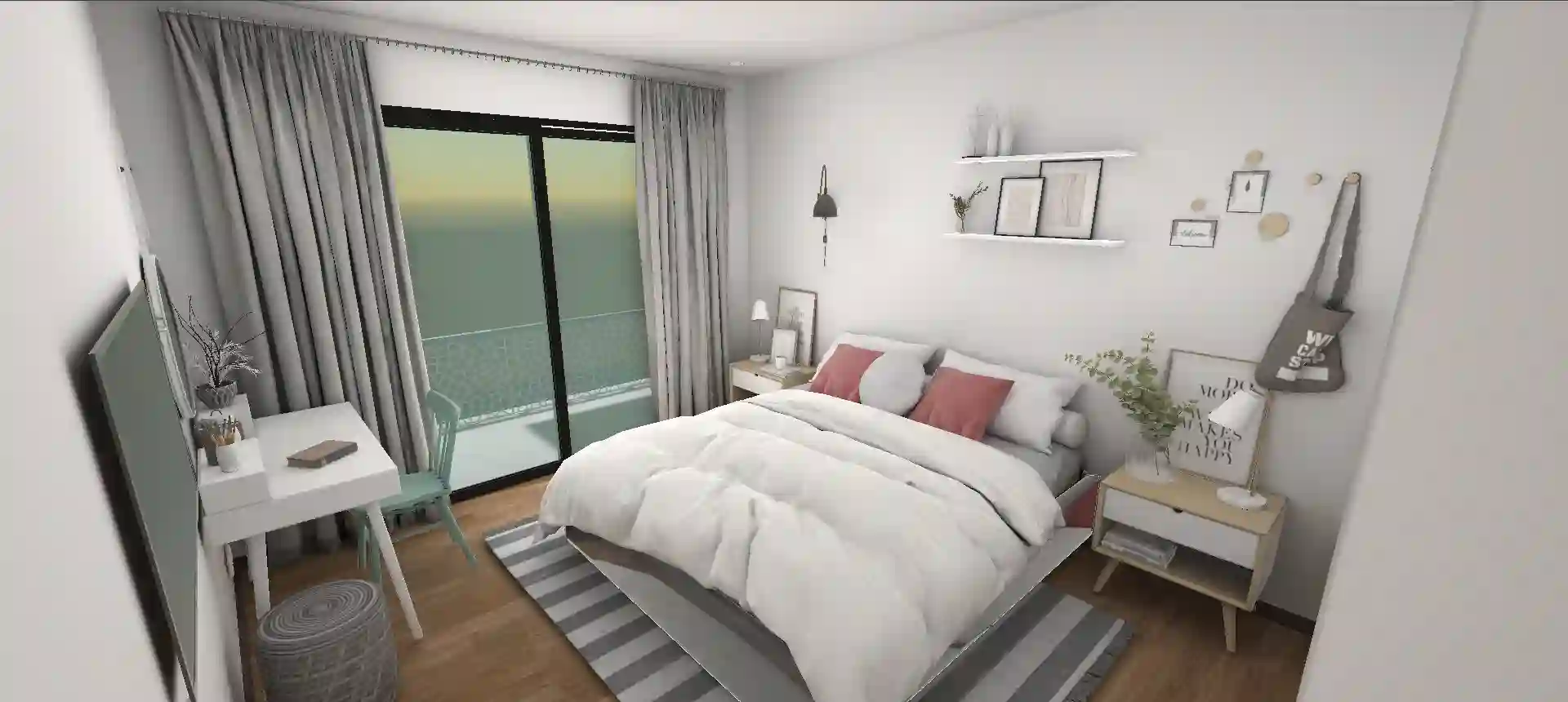
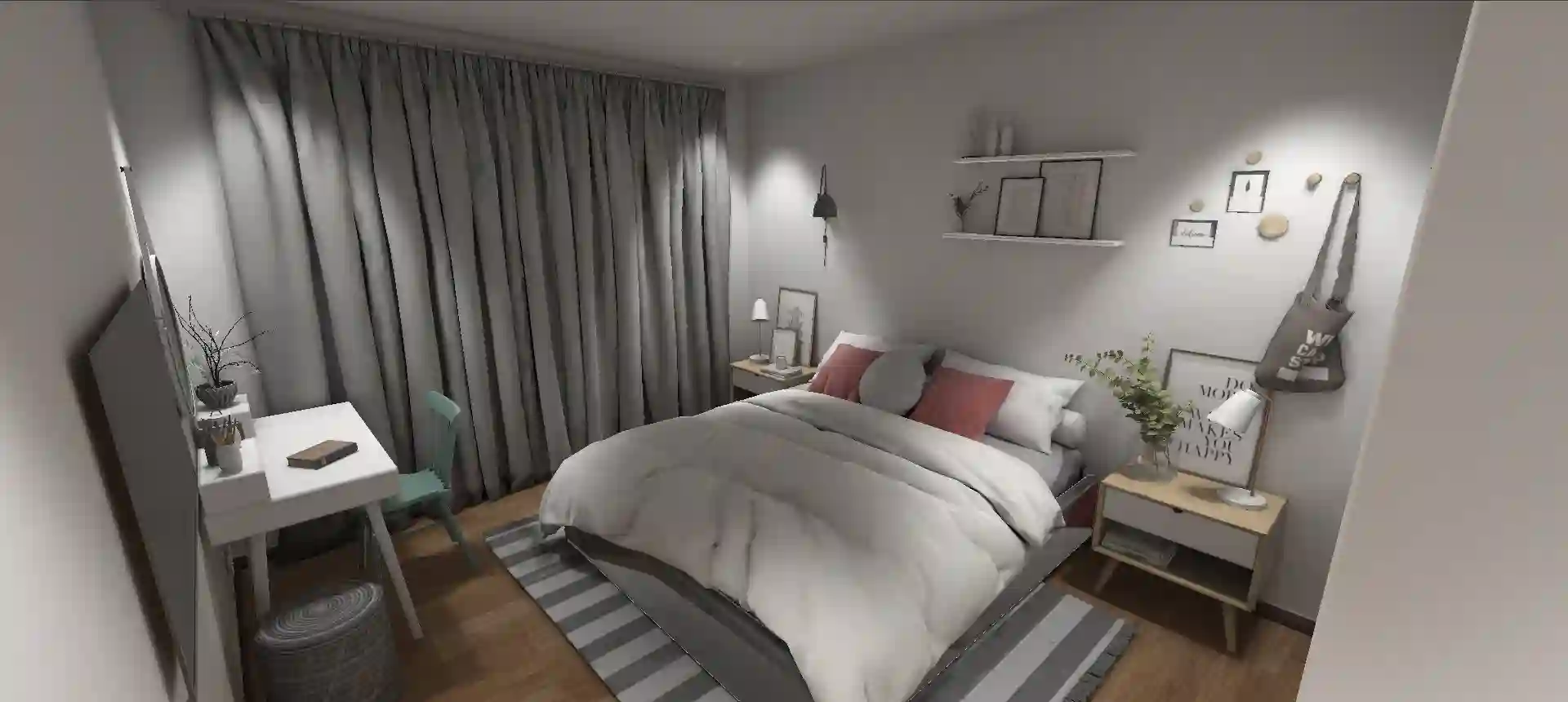
Close to the beginning of my employment at Rovar Ltd I was tasked with making a realistic and interactive AR Archviz proof of concept. The intention was to see whether my knowledge in visual scripting in Unreal Engine could also be applied in Unity using its own visual scripting system. This was then used as a pitching tool and proof of concept for clients working in real estate and architecture.
My role in this project was scene design, interactivity development, asset collection and design, lighting and final building on multiple devices.
I was given an Archviz scene from a previous project, which I remodelled into a two floored house with a staircase using a similar floor plan. Next I developed the interactive system, which included scene traversal, level selection, raycast based material selection and configuration, furniture switching, as well as day night toggle and light dimming.
The idea was to make a product that showcased not only my skills and knowledge in the areas of Archviz, but also to make a starter project that could be further iterated on by programmers and other artists, should clients be impressed and wish to hire us to make their own versions.
The product was a successful proof of concept, as the project then led to other Archviz projects being developed, and commissions for the business in the areas of Architecture, real estate and AR centric marketing and purchasing tools.
Space Crew was a project I contributed to that was a part of a pitch for potential clients at a special event in a british embassy in the middle east. The intend was to showcase an engaging AR Edugame (educational game) that taught children about sustainability, technology and space travel.
My role in this project was the animating and exporting of high resolution video for the intro sequence, as well as experimenting and integrating AR Face Filter technology to allow users to see themselves in the space suits present in the experience. Children could launch into space, enter and exit the airlock and see the earth from space in a stage by stage cinematic AR Face filter experience. They can also photograph themselves at any stage of the experience using a system provided by one of my colleagues.
The idea was to have this experience act as an example of more child friendly experiences we could design in the business. Though I contributed to the Intro and Face FIlter, there were other features I did not contribute to which further fleshed out the experience, such as rocket part collection in AR like an easter egg hunt, then rocket configuration and launching in AR, allowing the user to see their designed rocket take off and exit the atmosphere.
Having shown the product to the planned attendees at the event, and prospective clients at other events, it was successful in garnering attention and engagement from both its target audience and adults interested in the experience’s design and features.
The Artboards project was a solo project I worked on for around 2 weeks, where I was provided artboards from another project we had worked on previously, however now needed theme specific compositions to decorate the space surrounding them. The art covered 6 subjects, each of which had submissions sent in by children and were then presented on these art boards as a part of the festivities at a national event.
The artboards and their interaction was provided by my colleagues once the project they were made for was completed. From here, my task was to make a child friendly and engaging composition for each of the subjects. I 3D modelled most of the assets, made shaders and materials, applied lighting and a system for navigating and selecting different artboards before making the final builds for IOS and Android.
The idea was to have this experience further flesh out our ability to create child friendly and engaging content in AR. Once the project was completed, it could provide a simple and easily navigable tool to showcase our capabilities in this area to prospective clients.
The Arrol Gantry scene is a part of a massive ongoing project at Rovar Ltd. My role was to create as accurate a composition as possible based on references of black and white photos of the Arrol Gantry and the construction of the Olympic Class ships made in Belfast in the 1910s.
I 3D modelled every object in the scene, in as low a poly count as possible as the scene would later be populated with additional larger, more complex and higher poly assets. I was tasked with making it as realistic but efficient as possible so as to not sacrifice on frame rate, stability and realism where possible. From here, I applied and baked lighting, designed the scene based on reference imagery, and tested it as well as different transitions and intro sequences to present the space.
The idea was to have this be a touristic AR experience that could be applied on the real life site of the construction of the olympic class ships made in belfast. Though only a small part (one of 3 planned sequences), it was part of a greater ongoing whole which we intended to release before the next influx of tourists come to Belfast in summer 2023.
